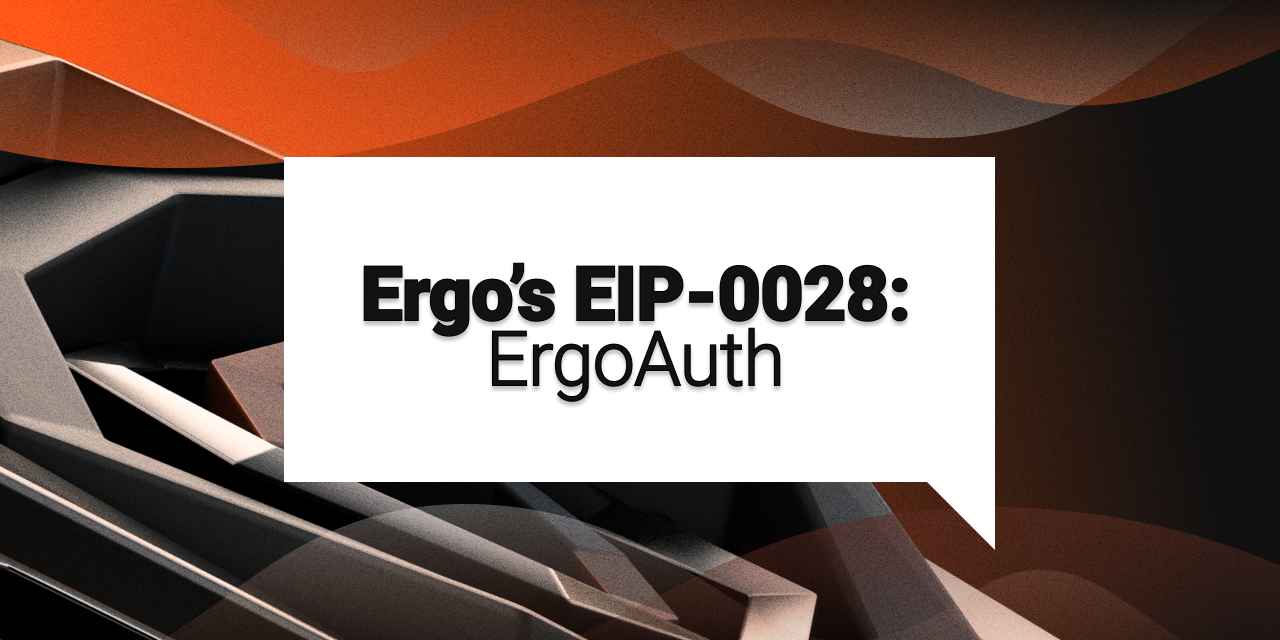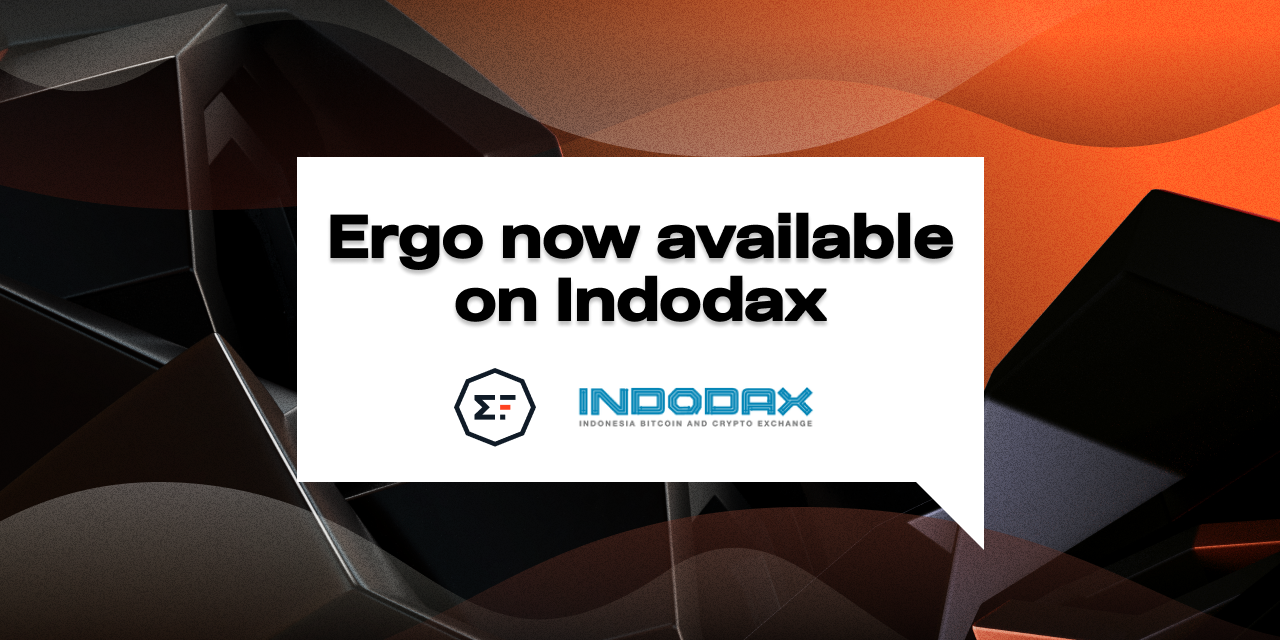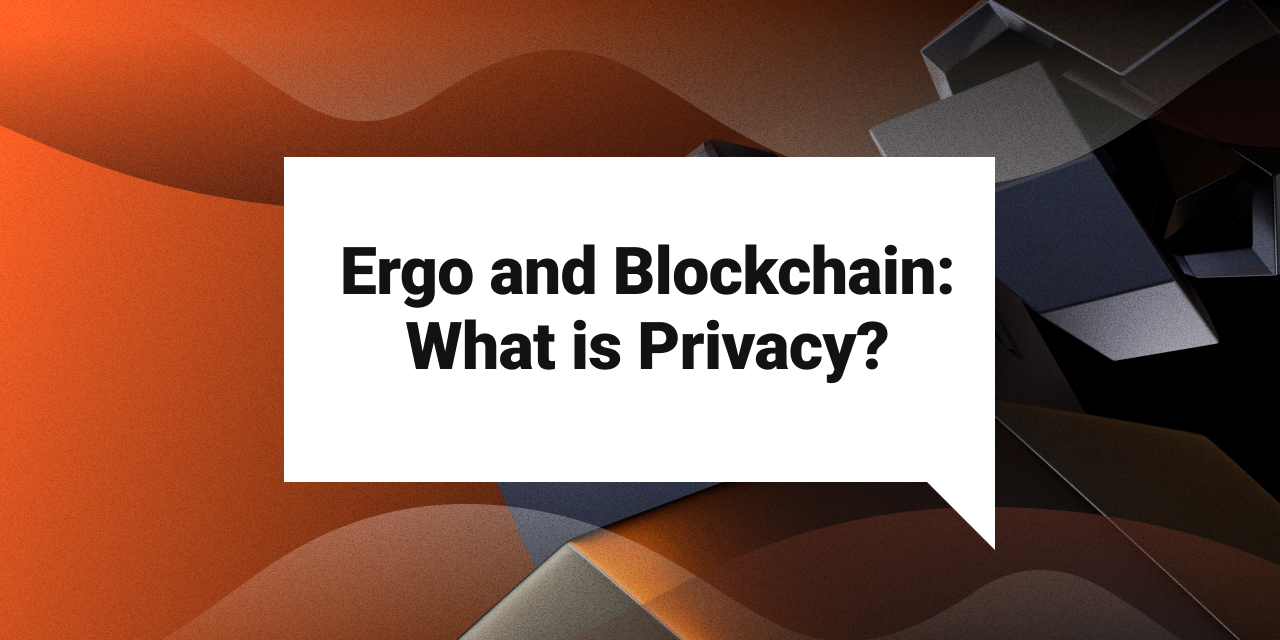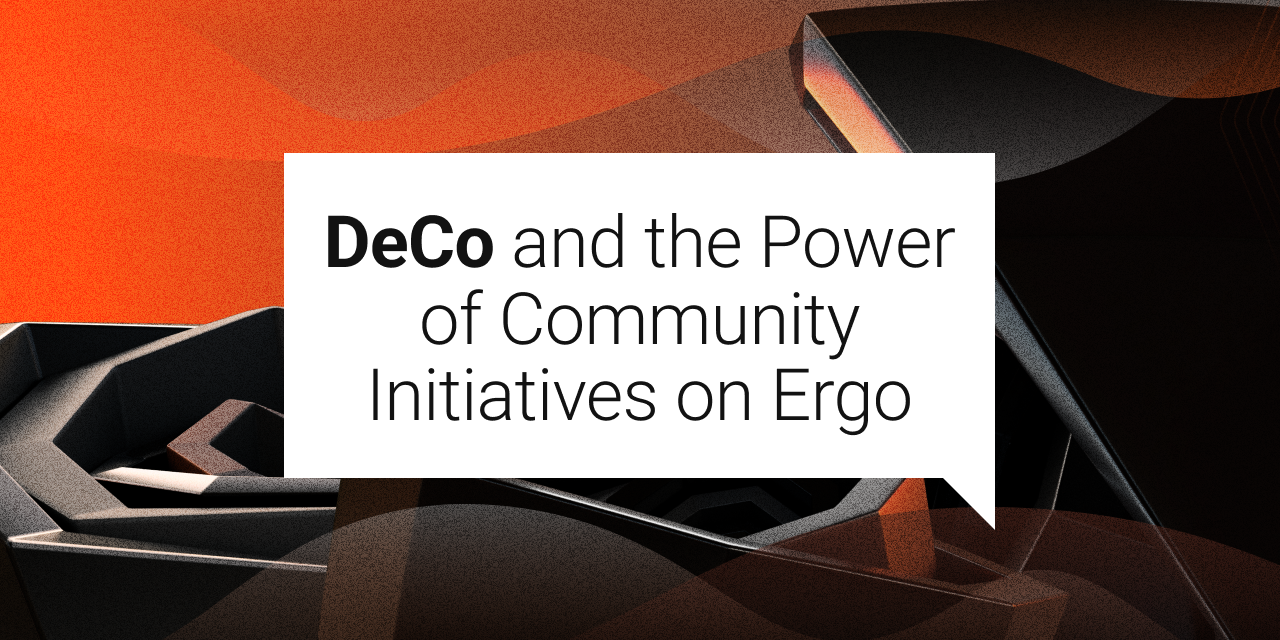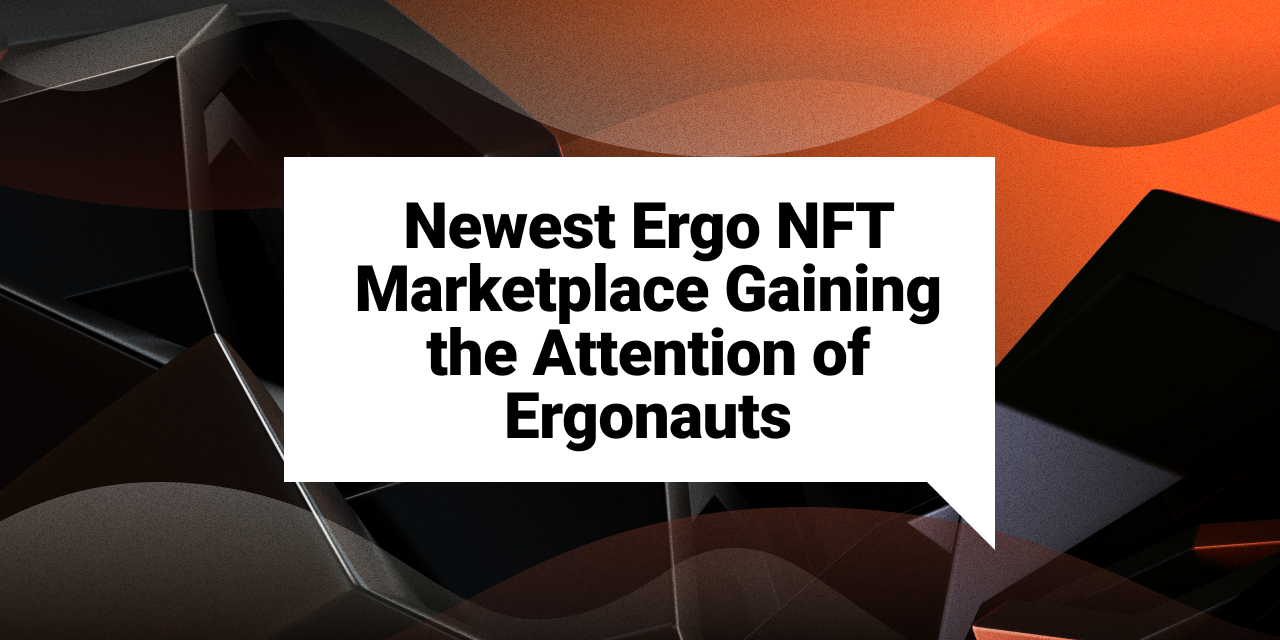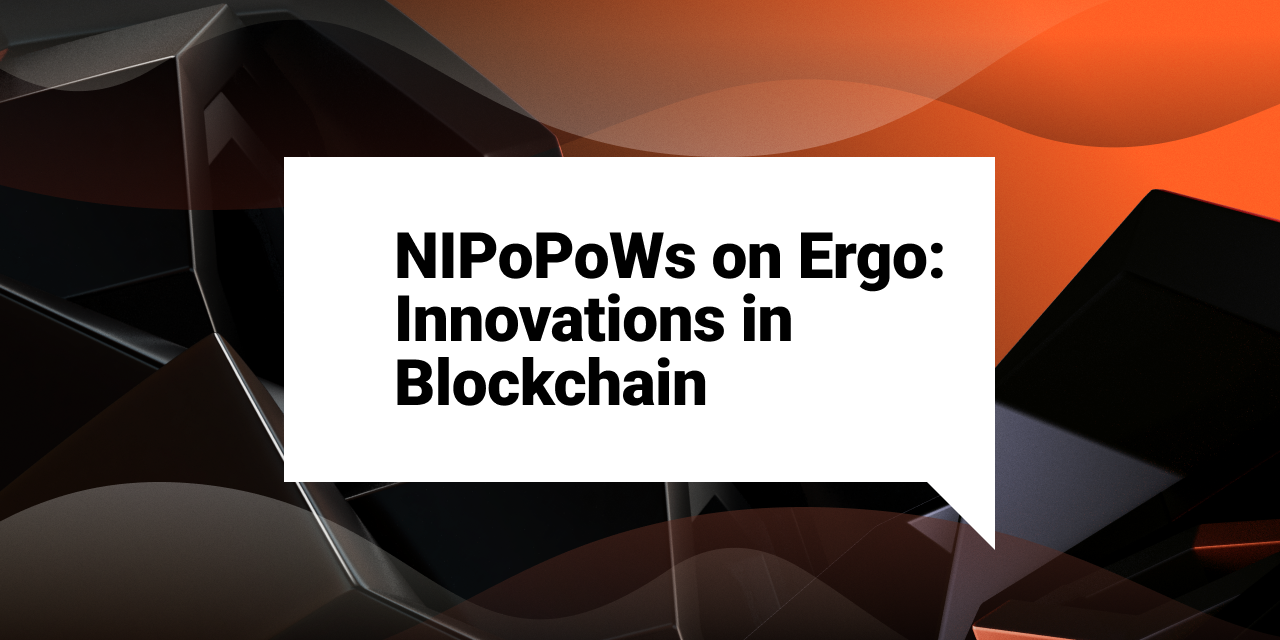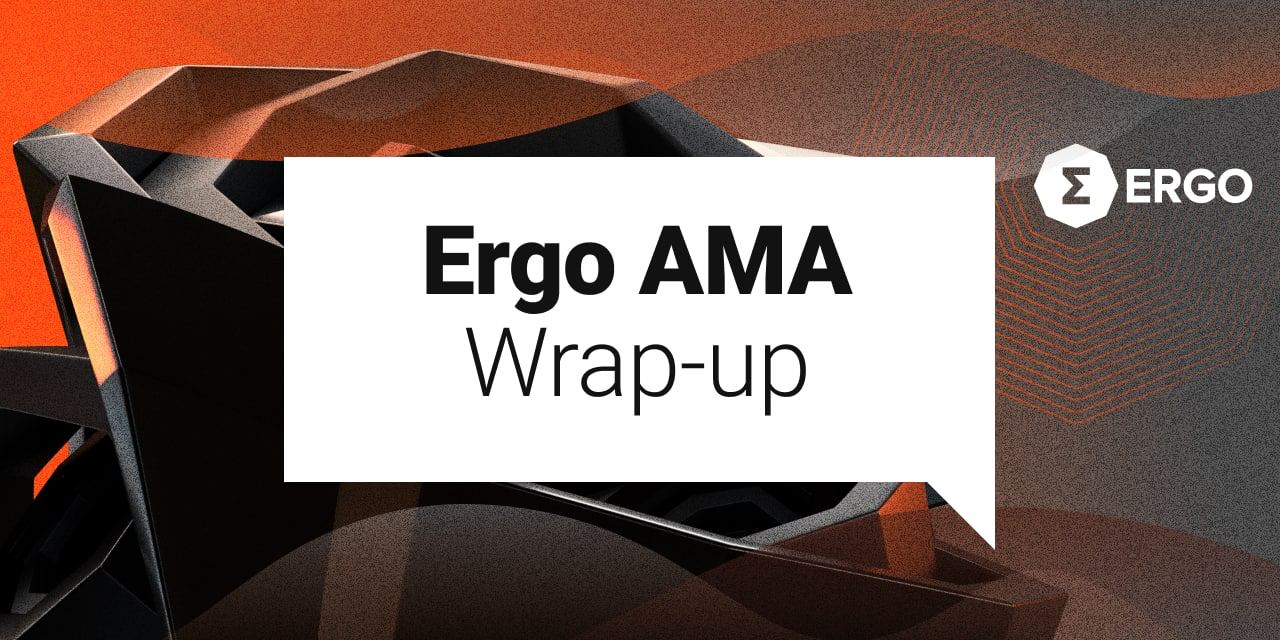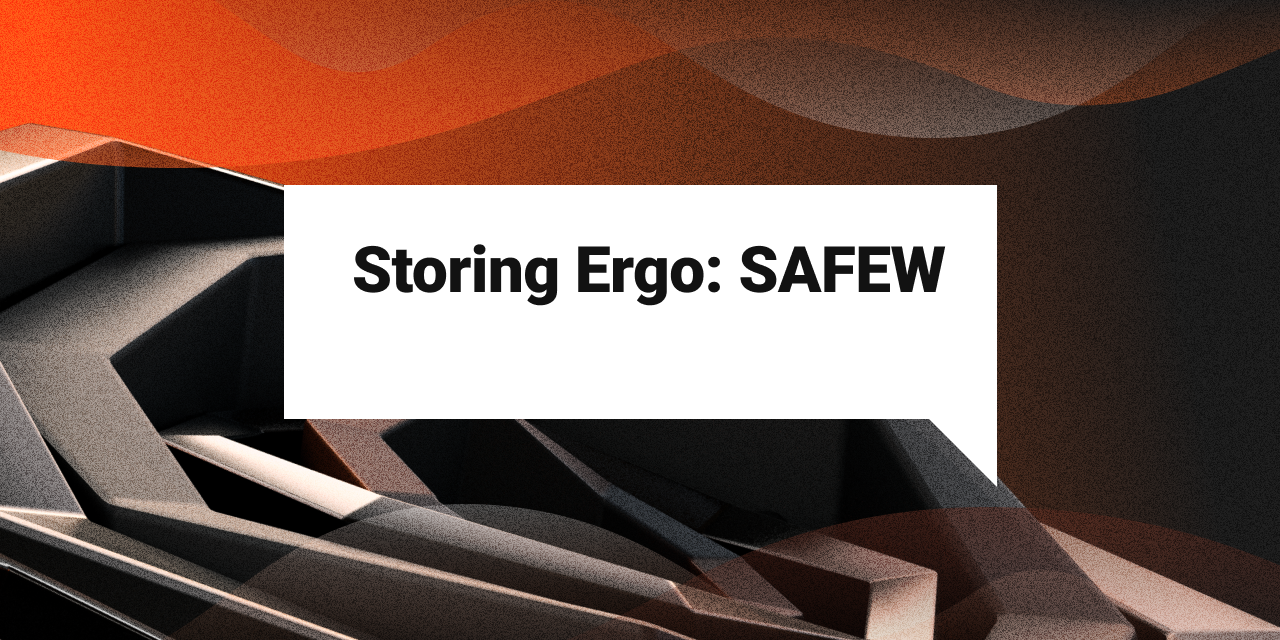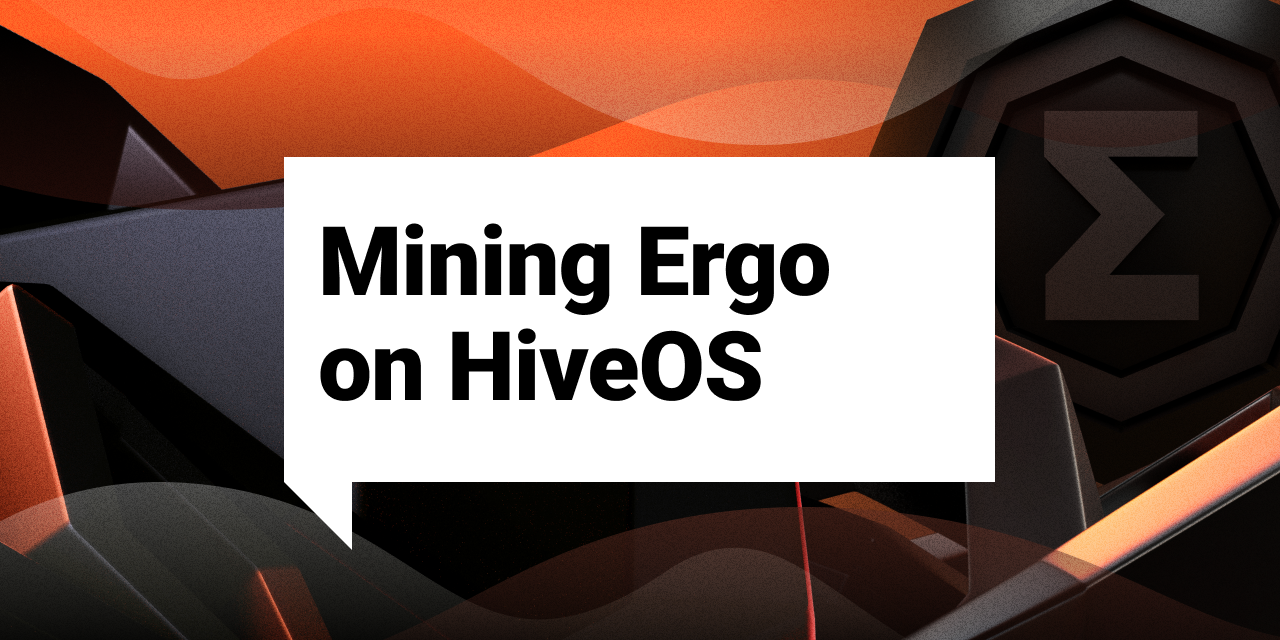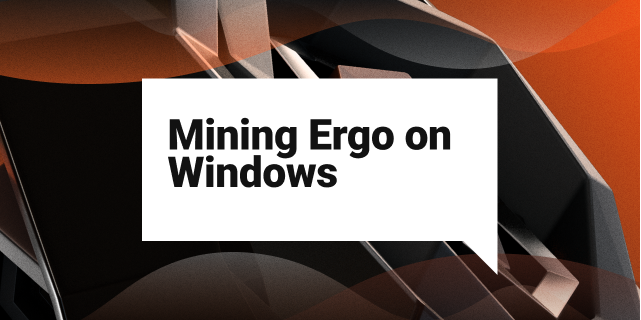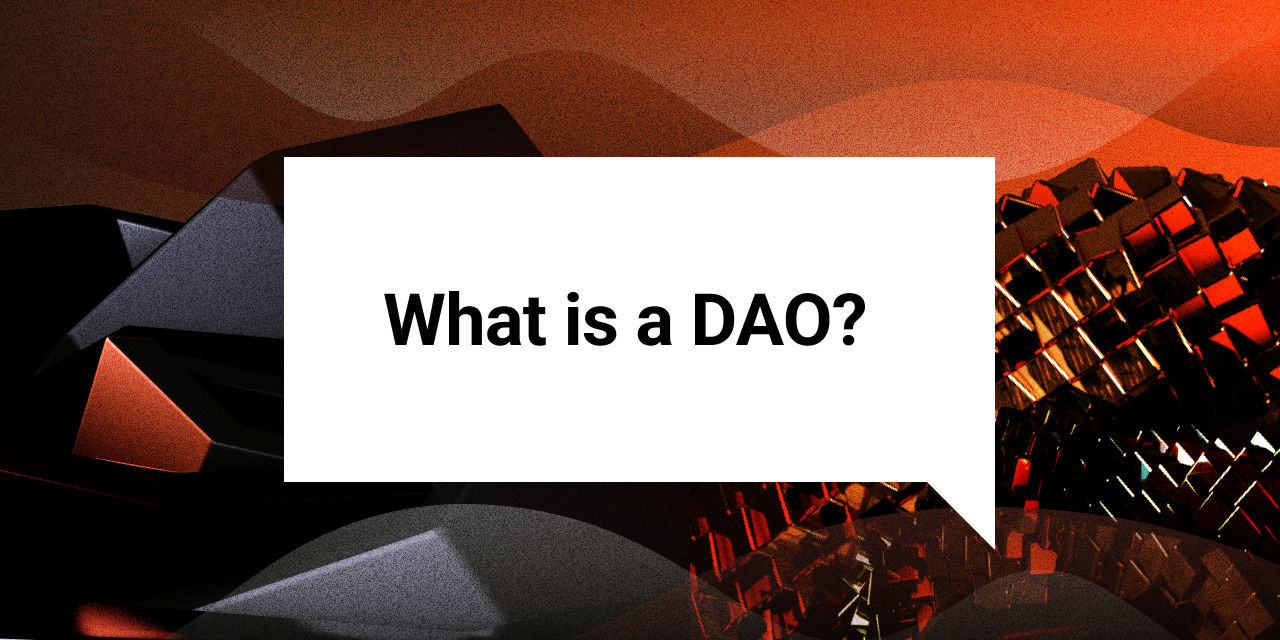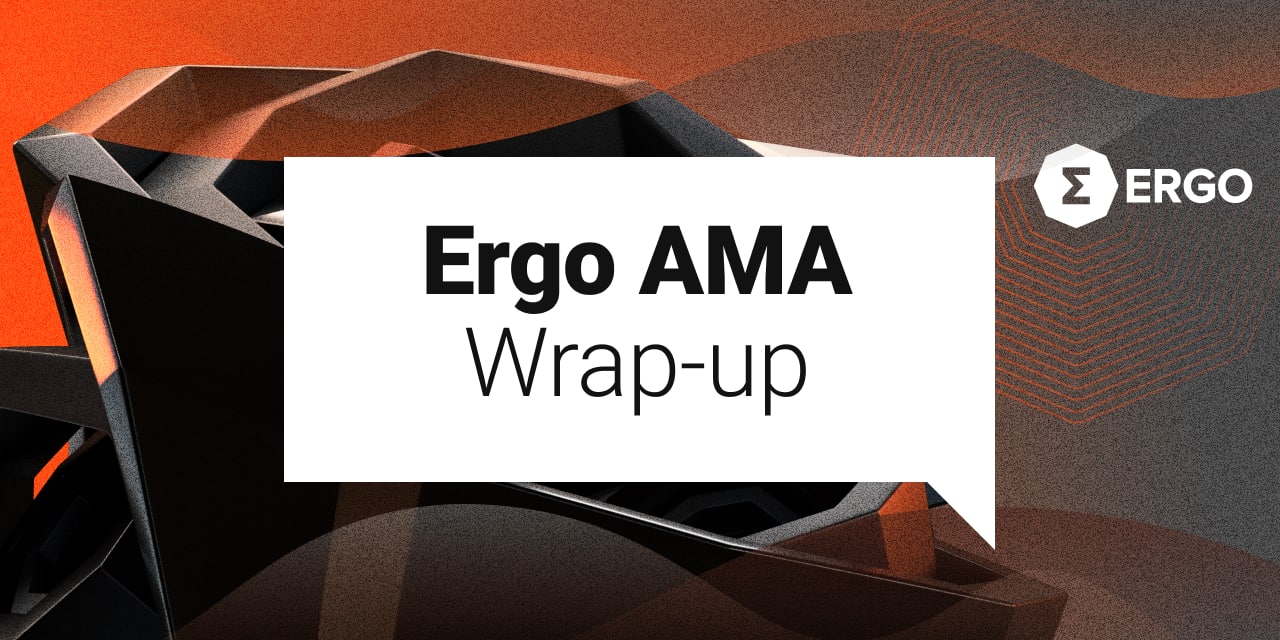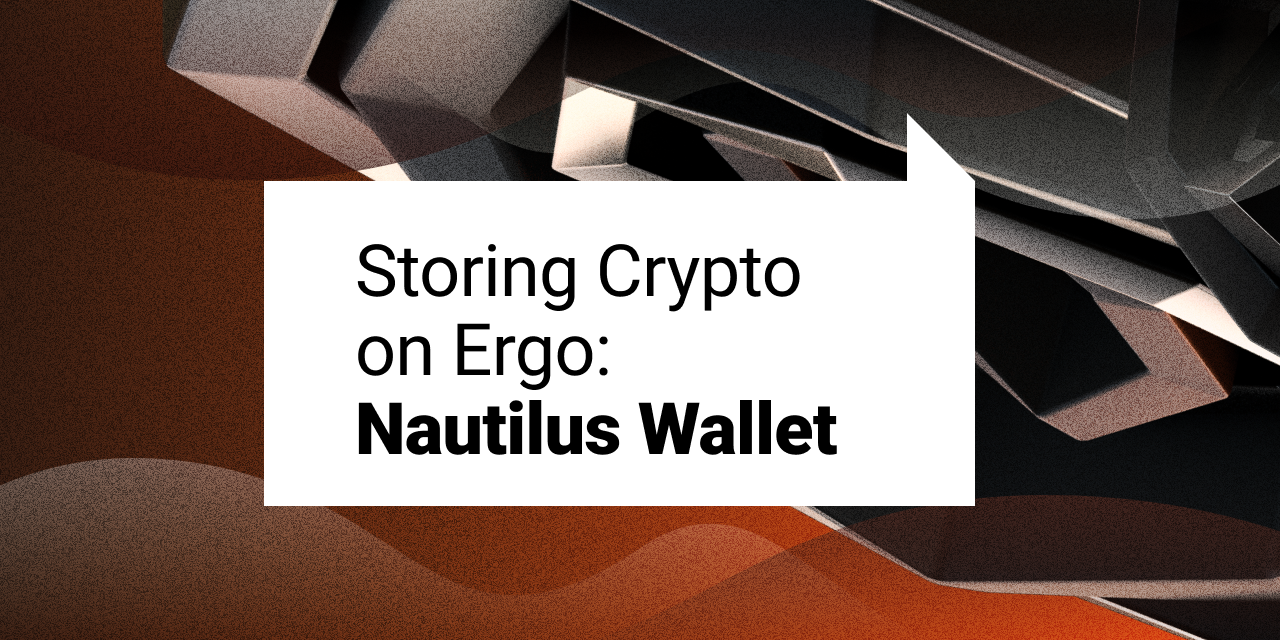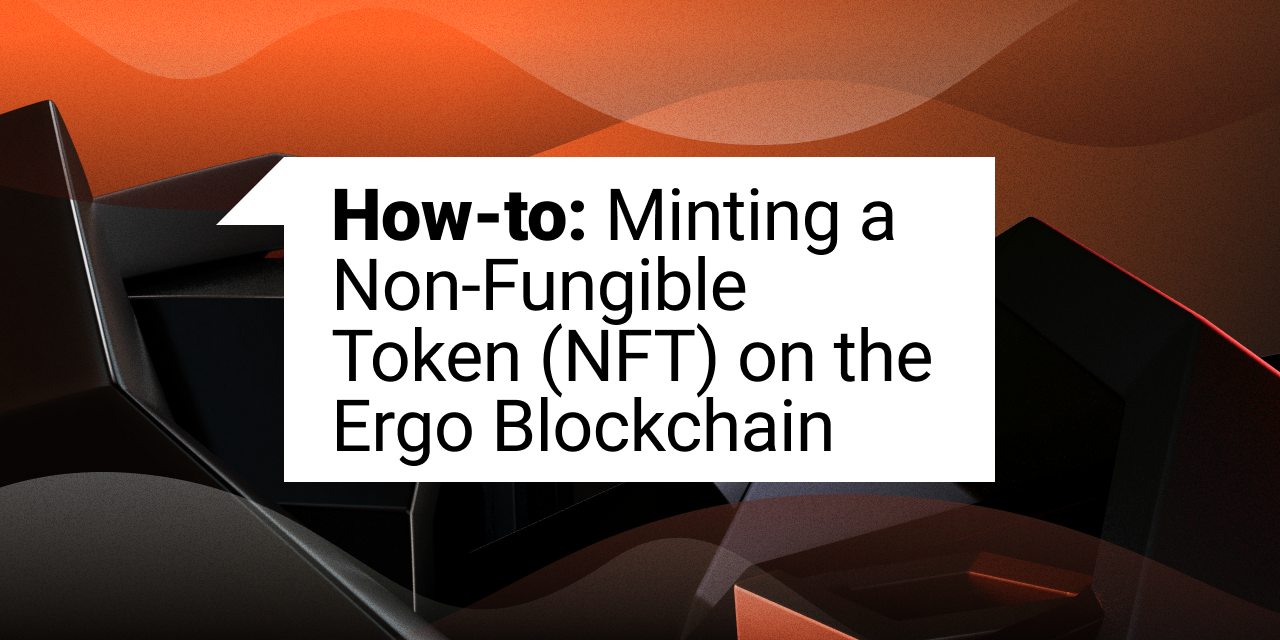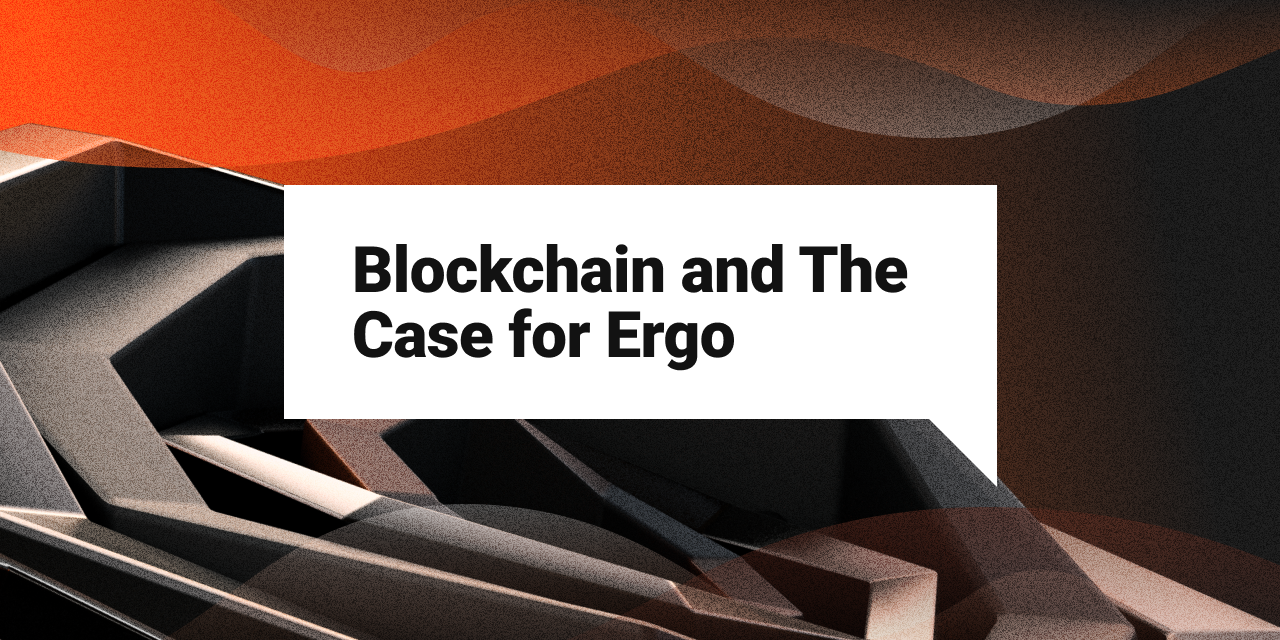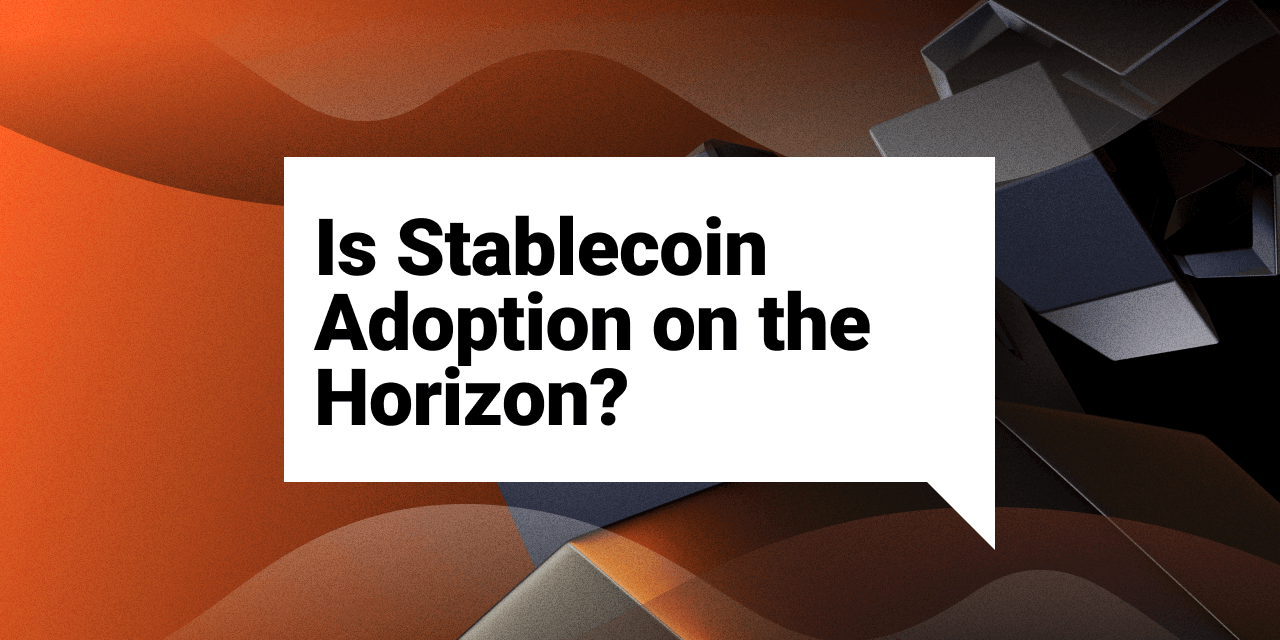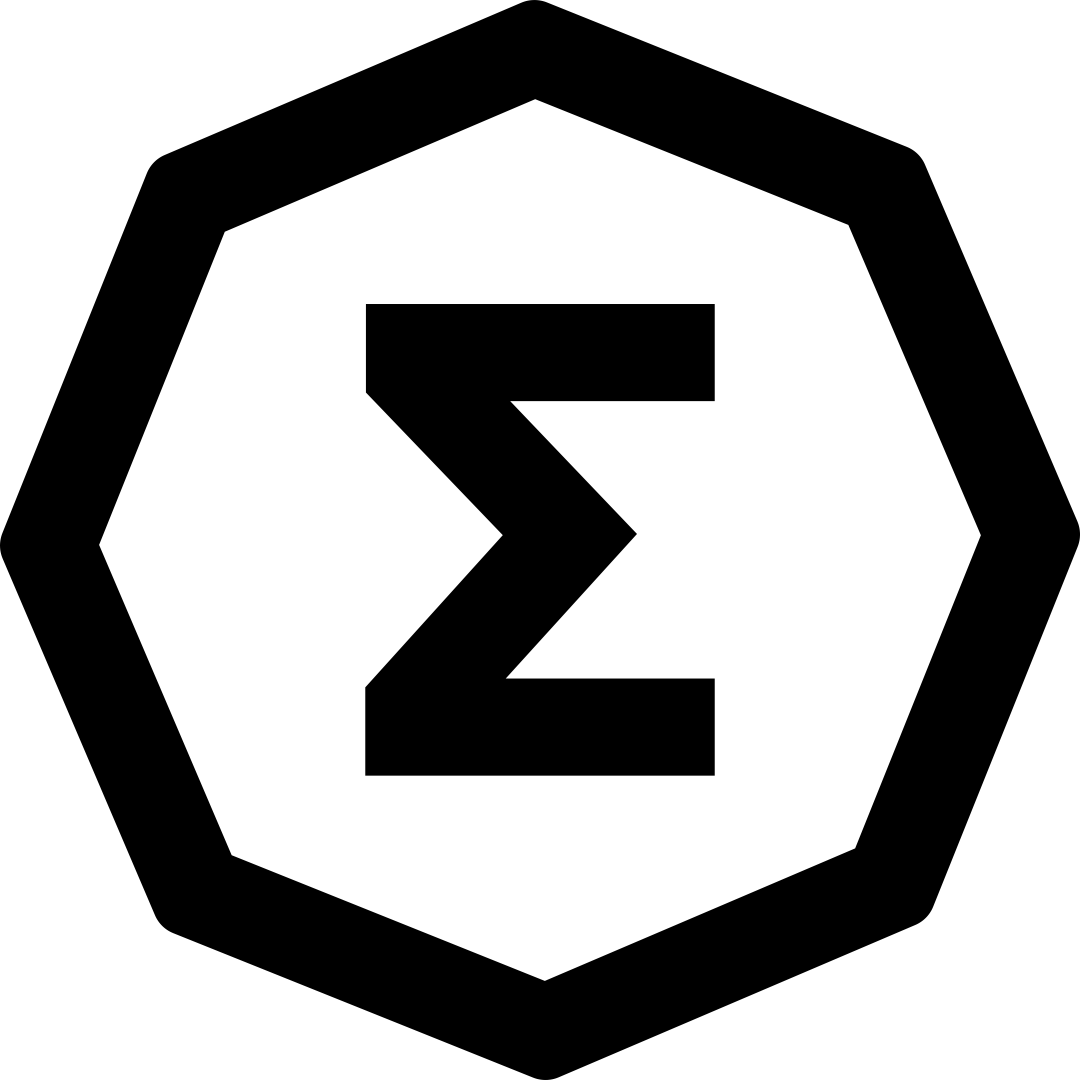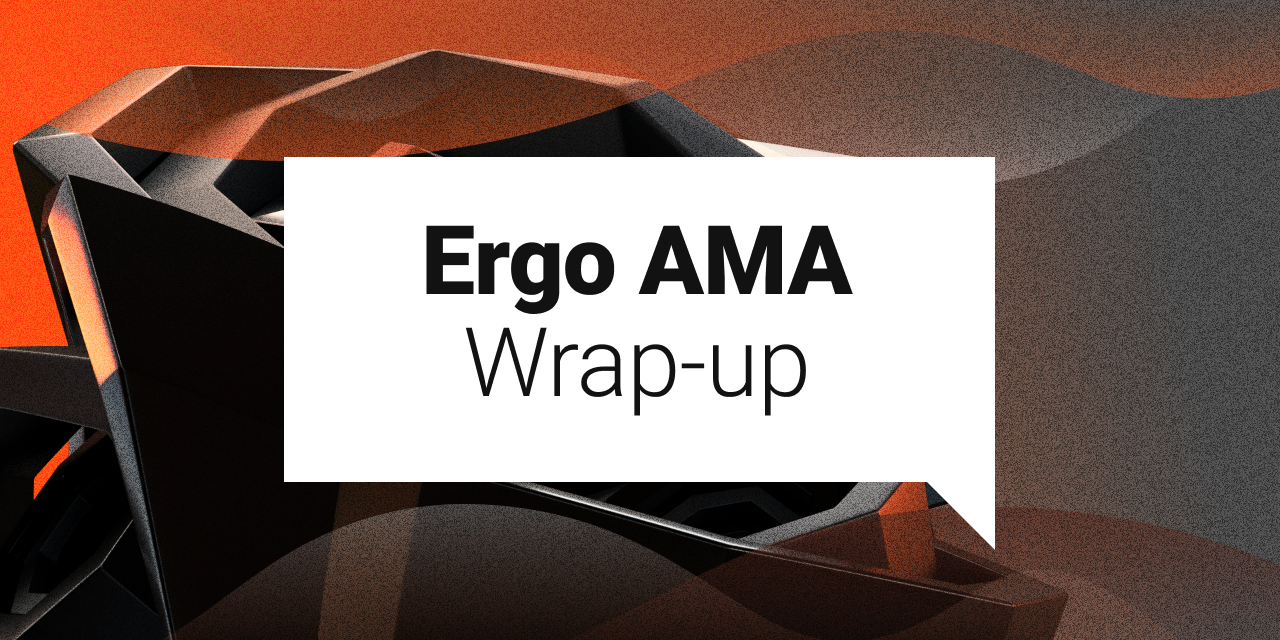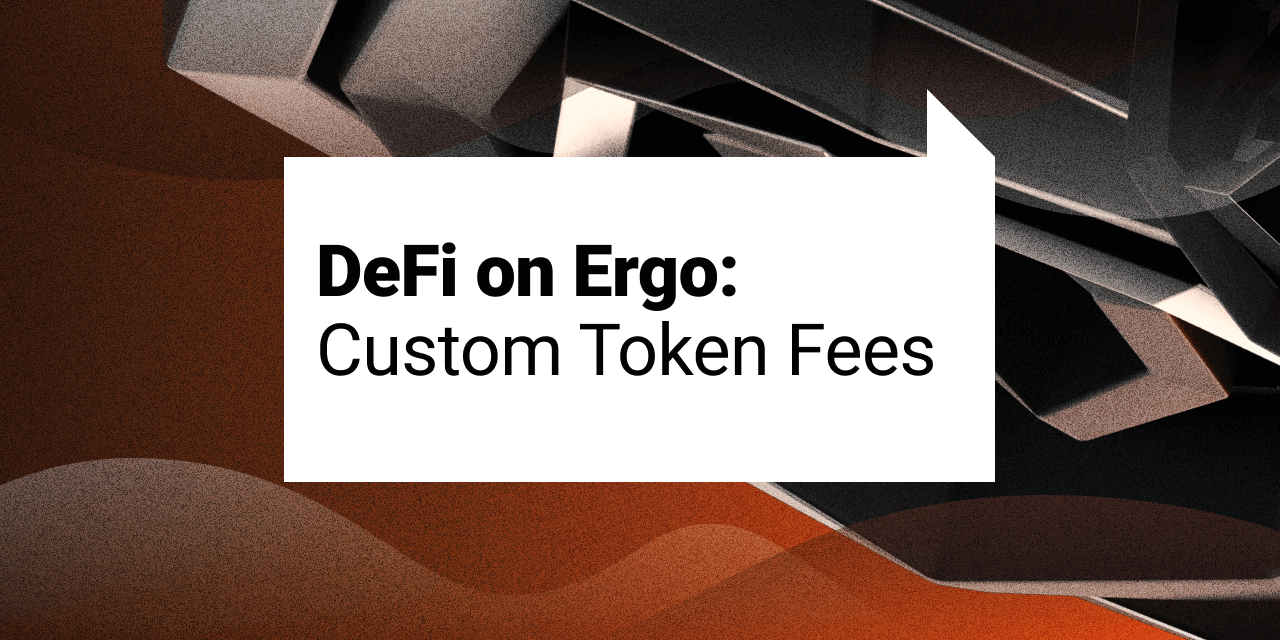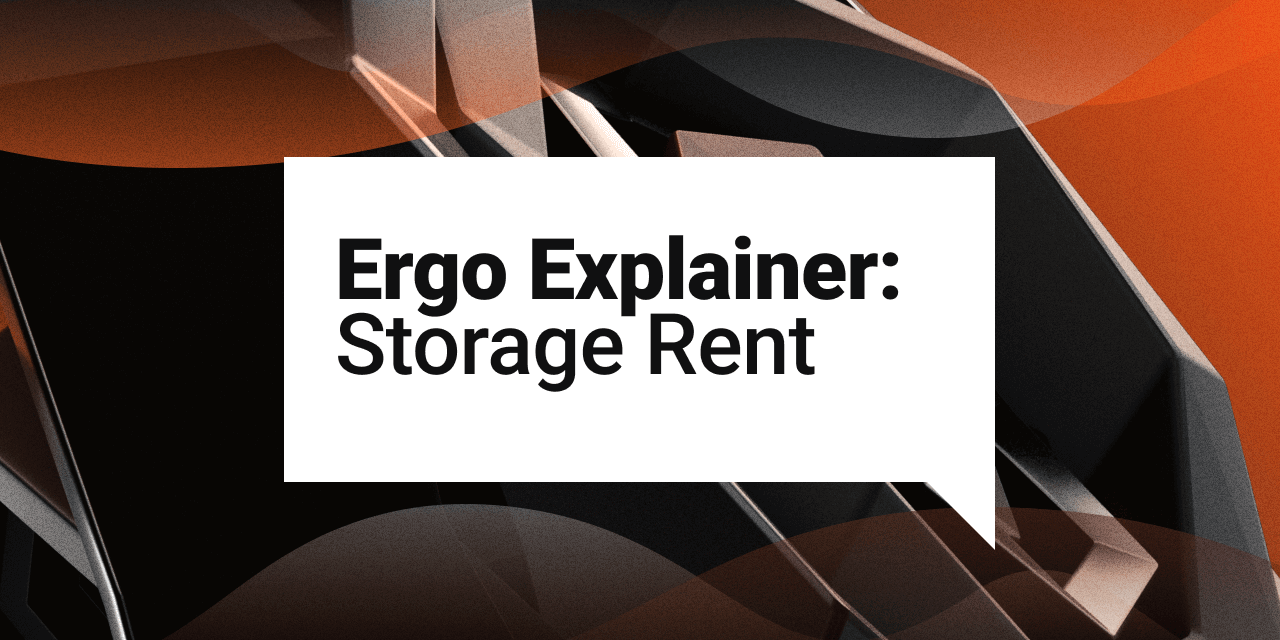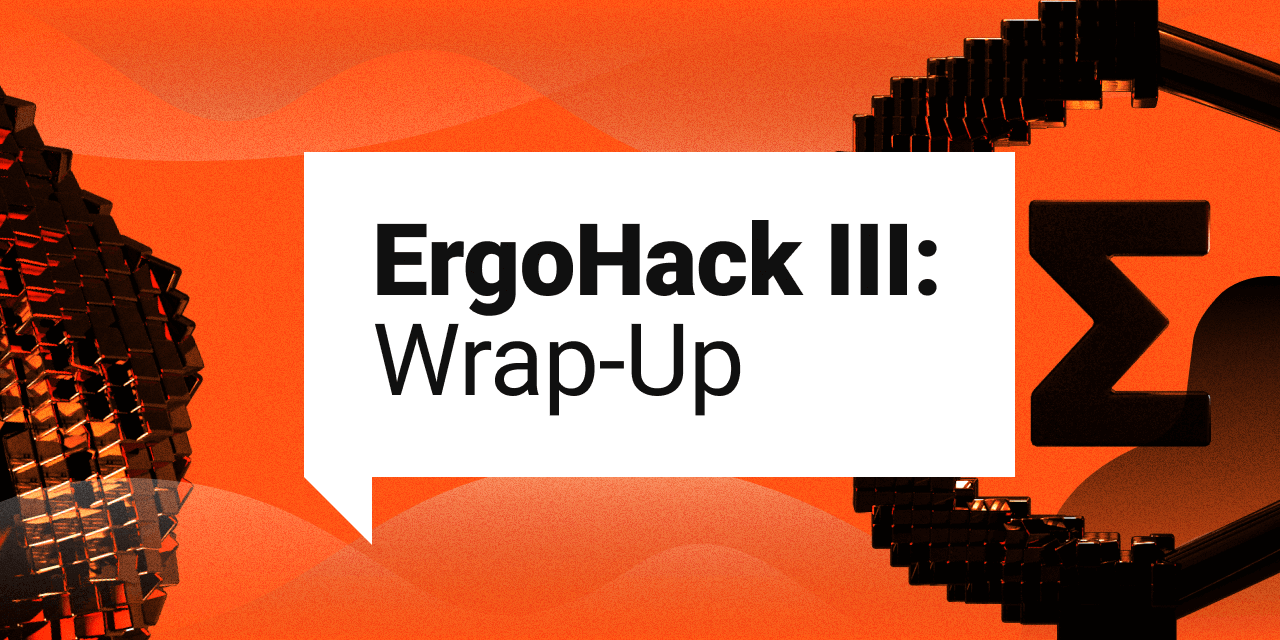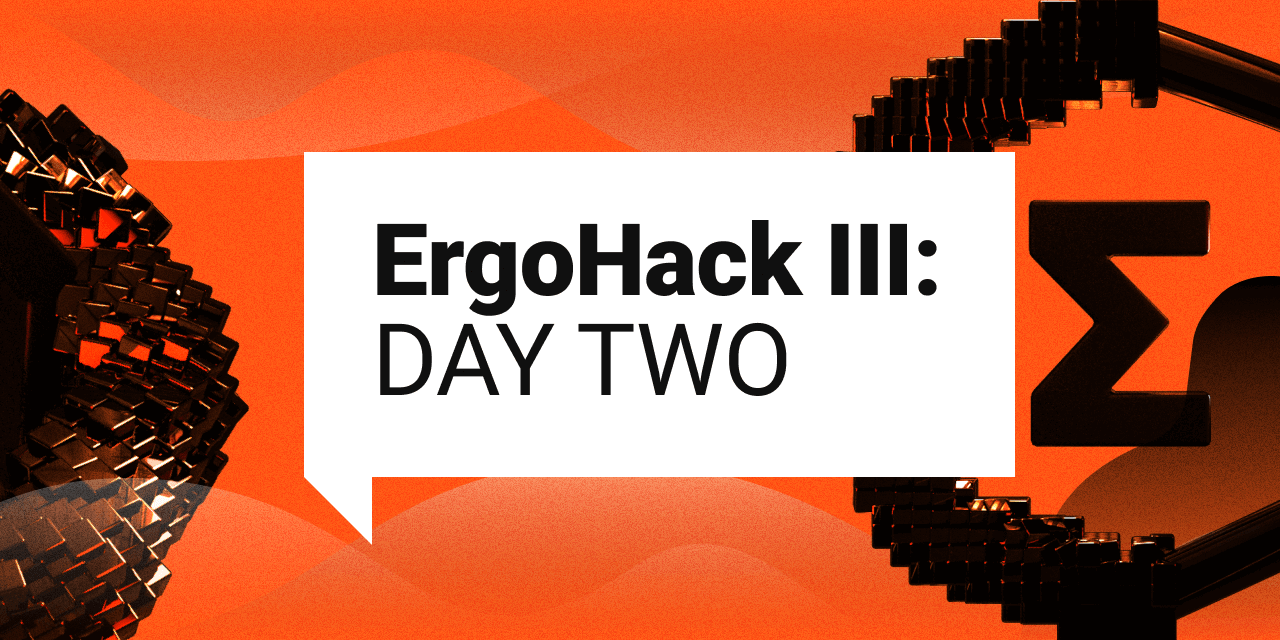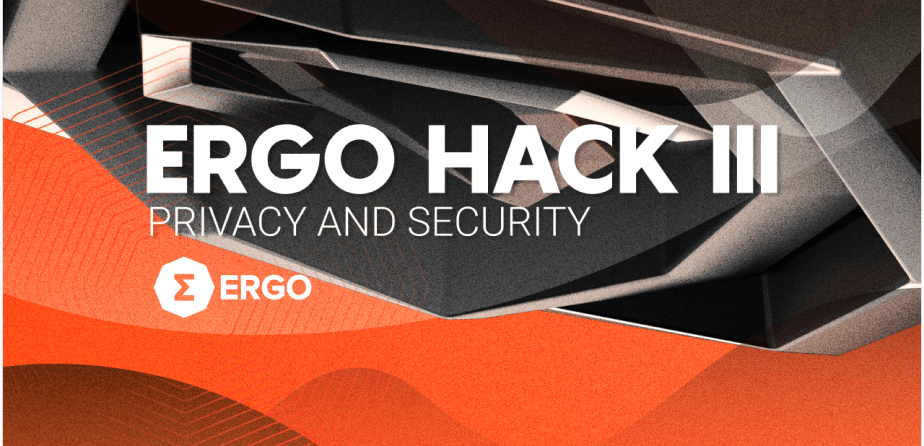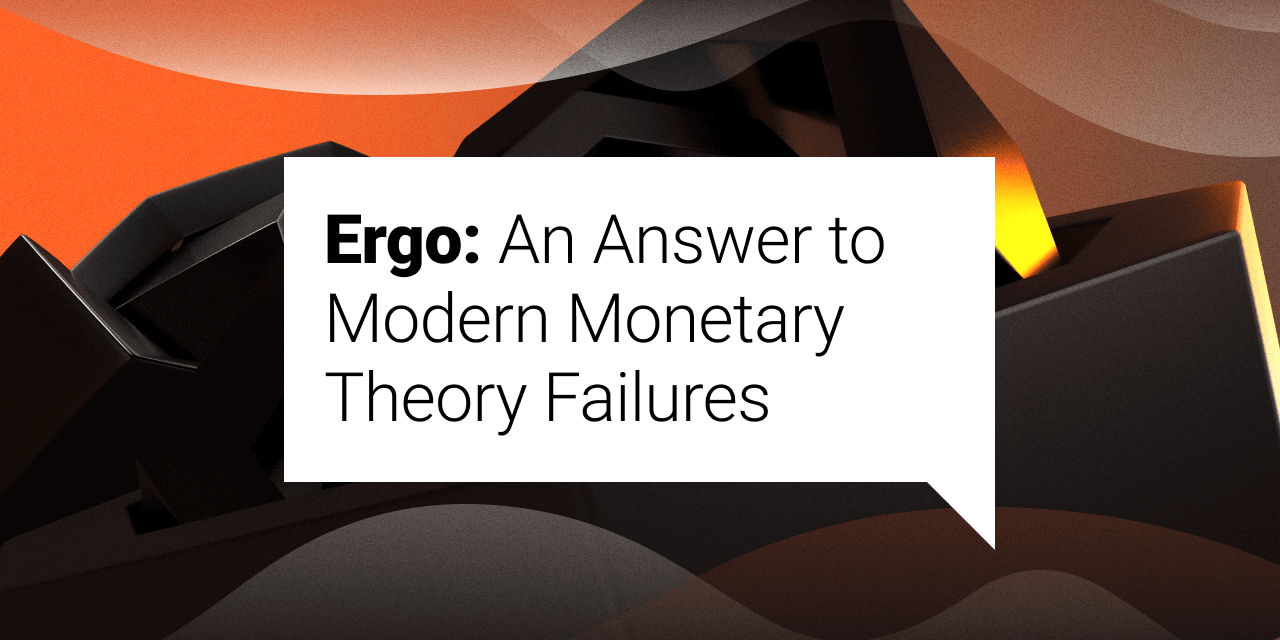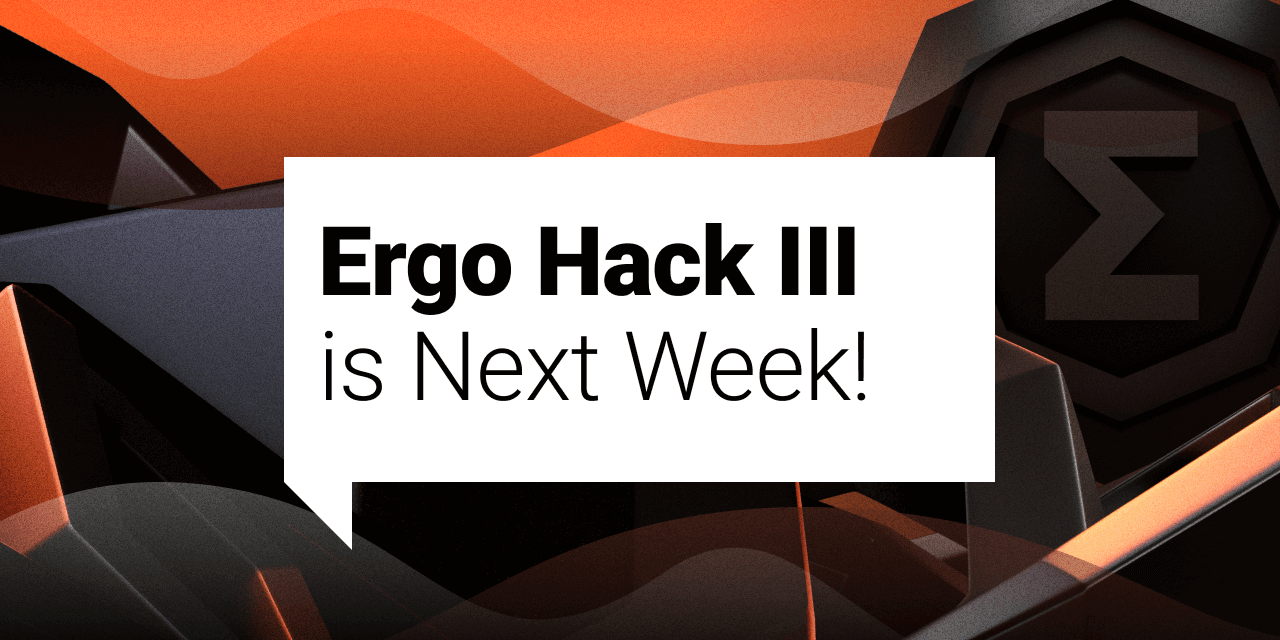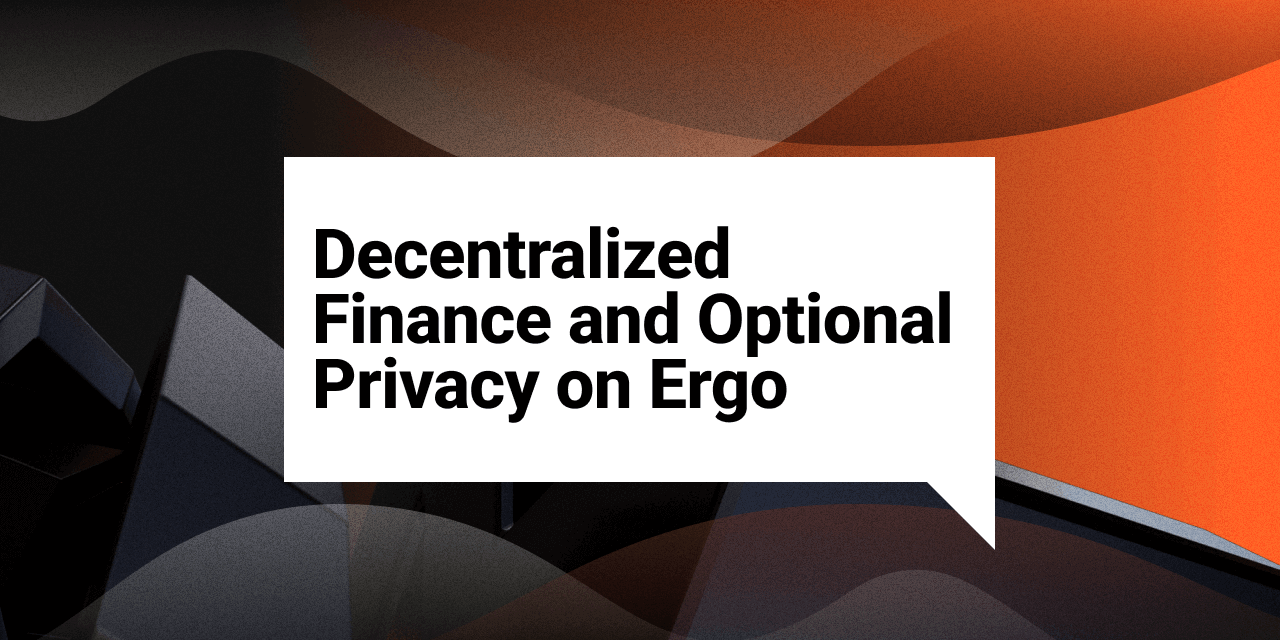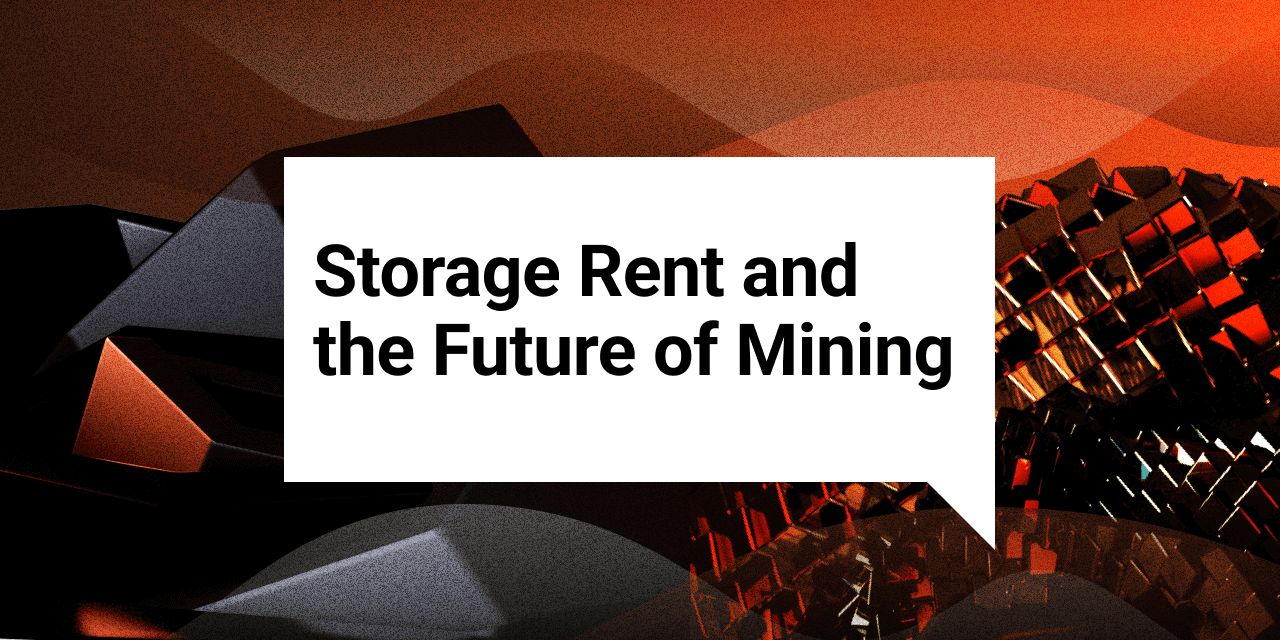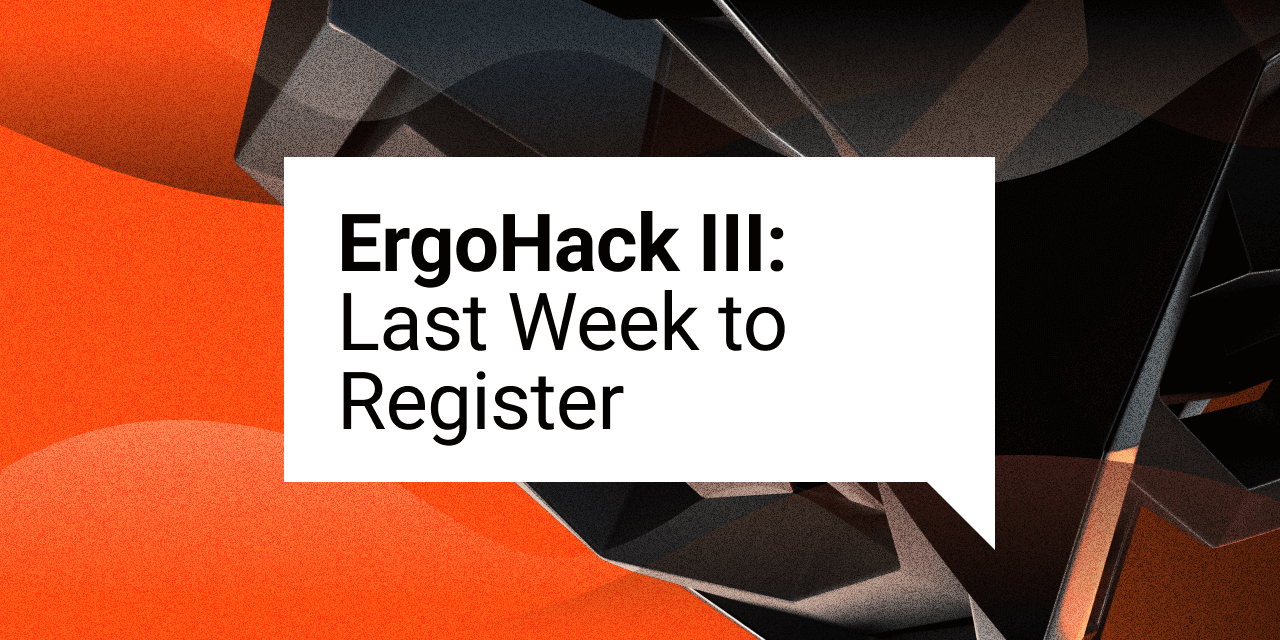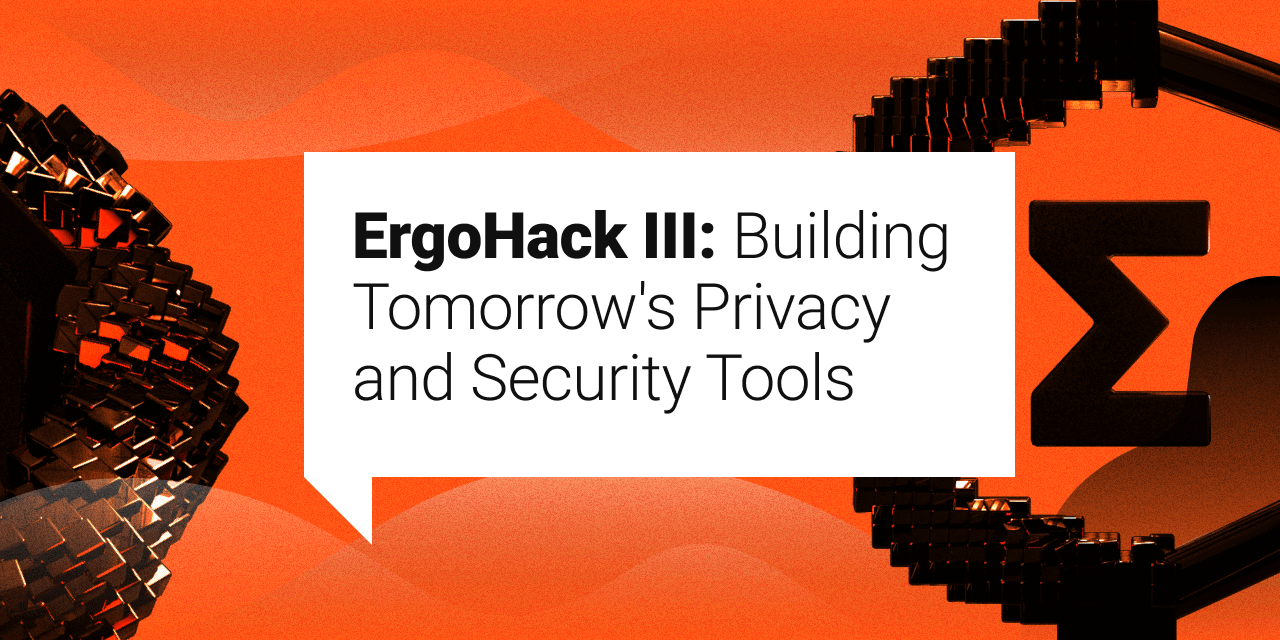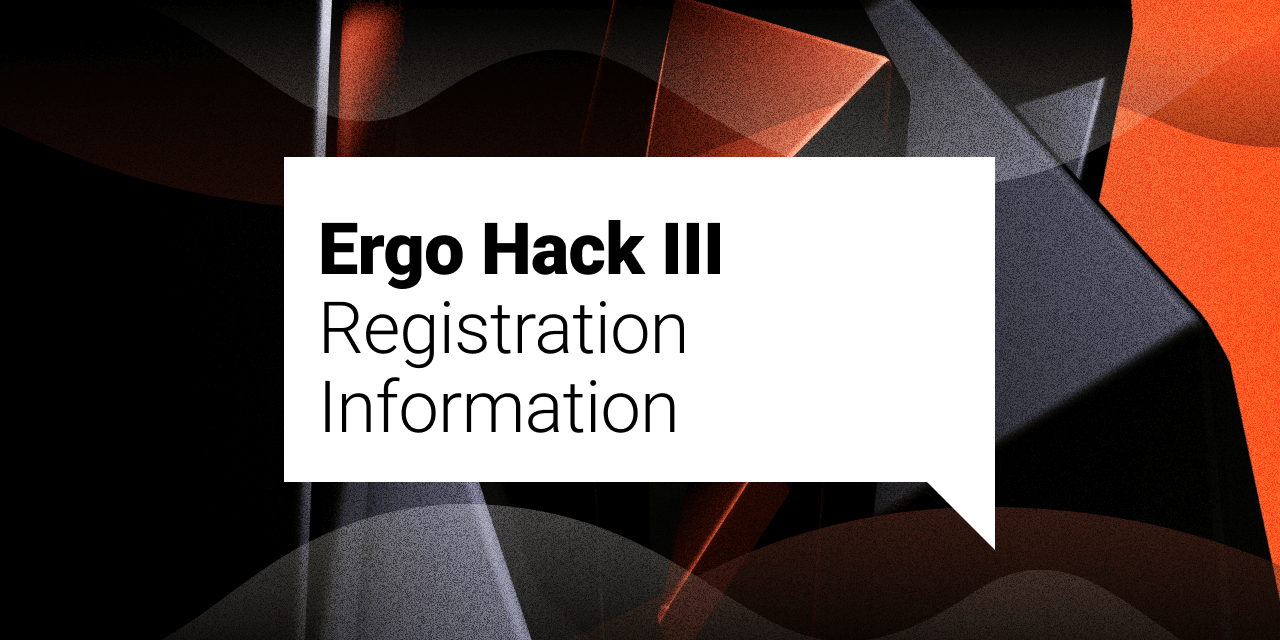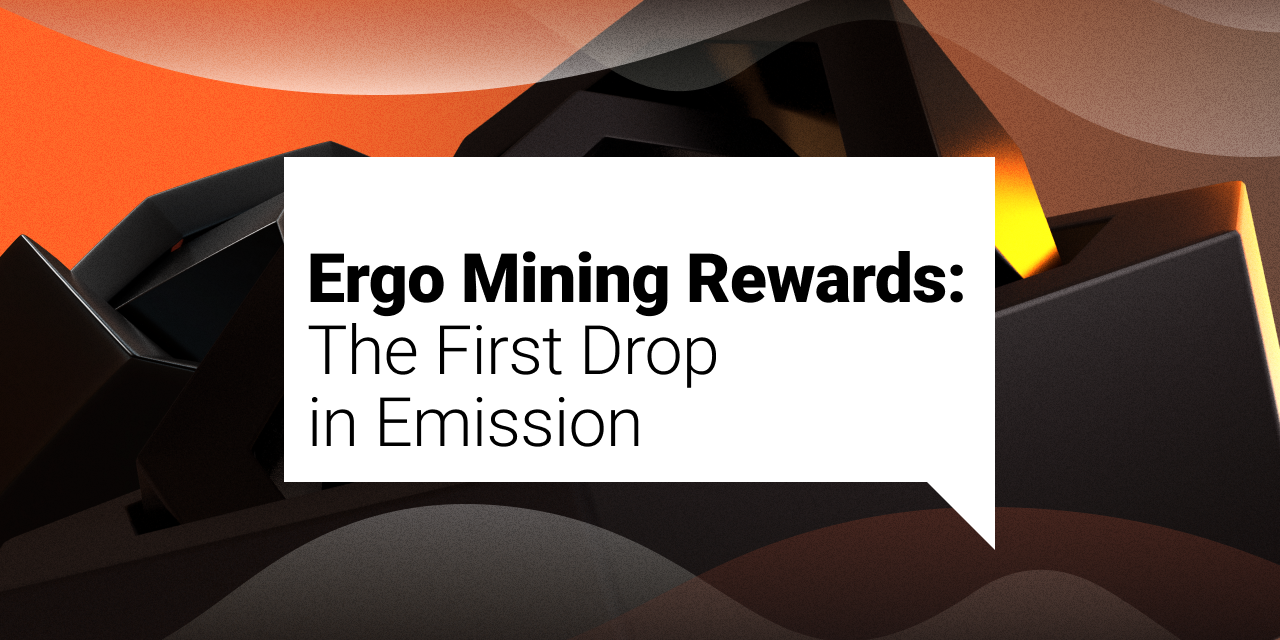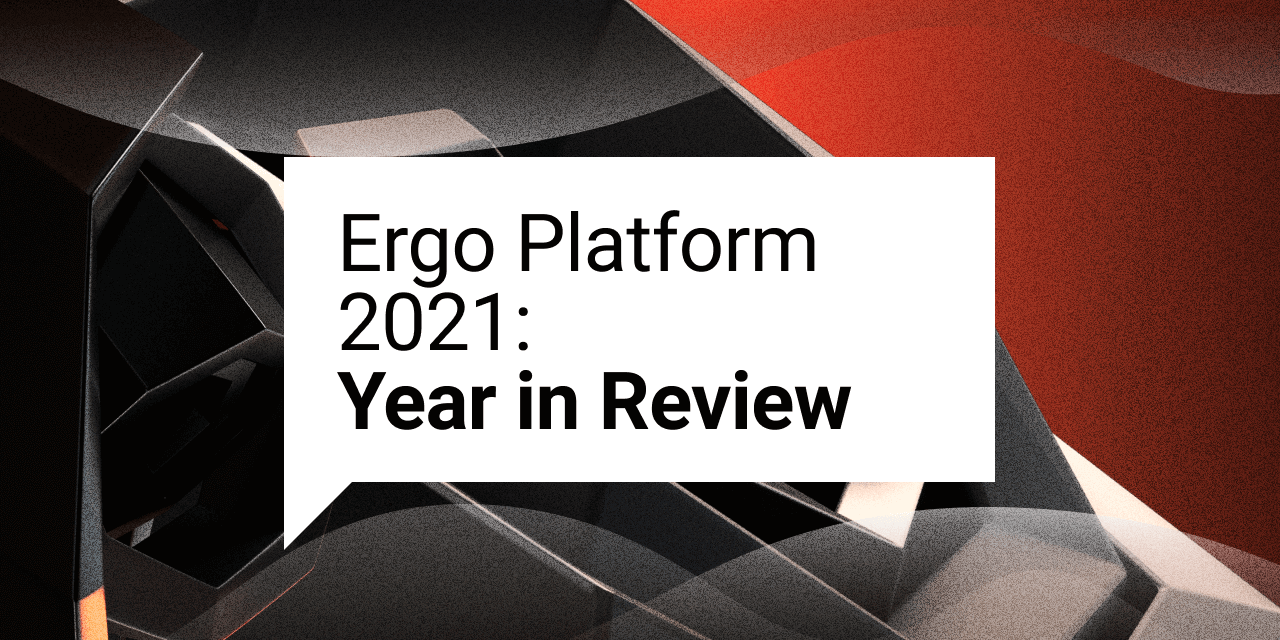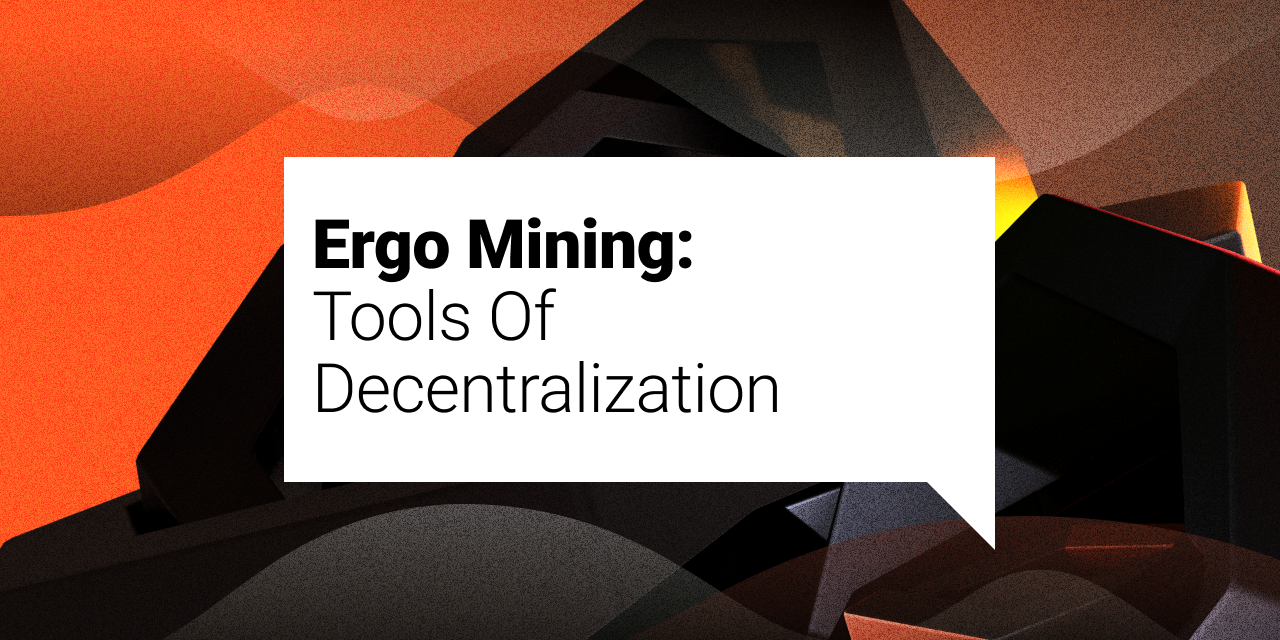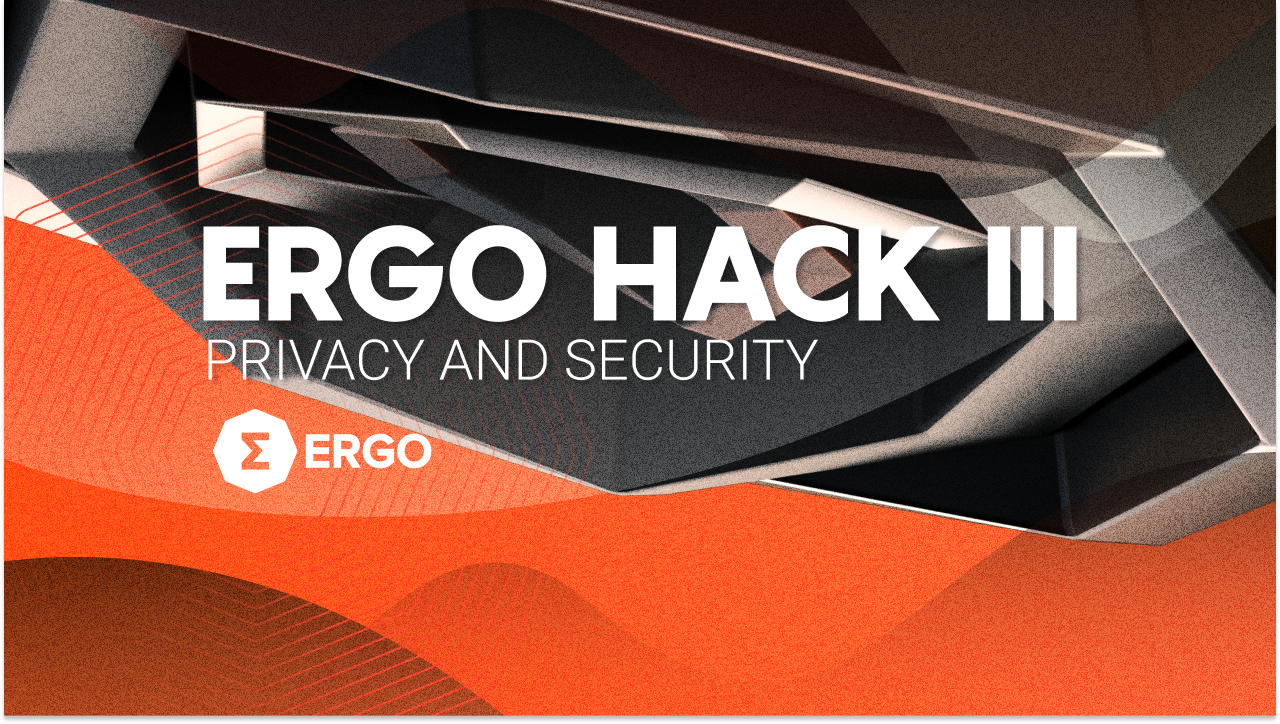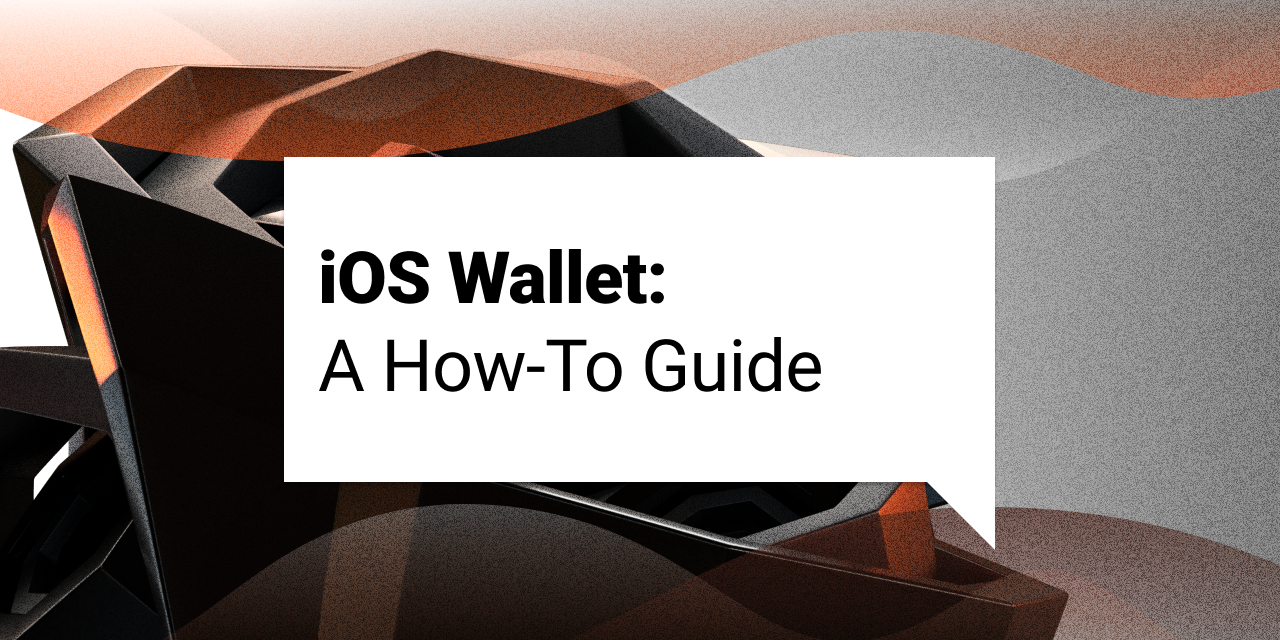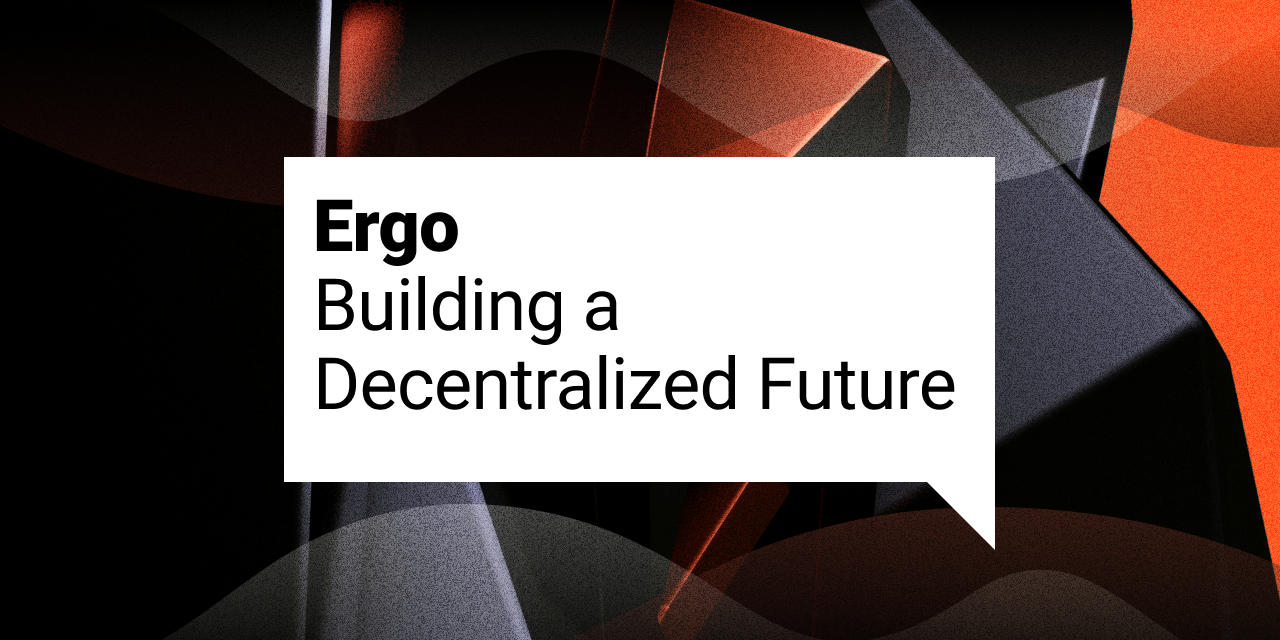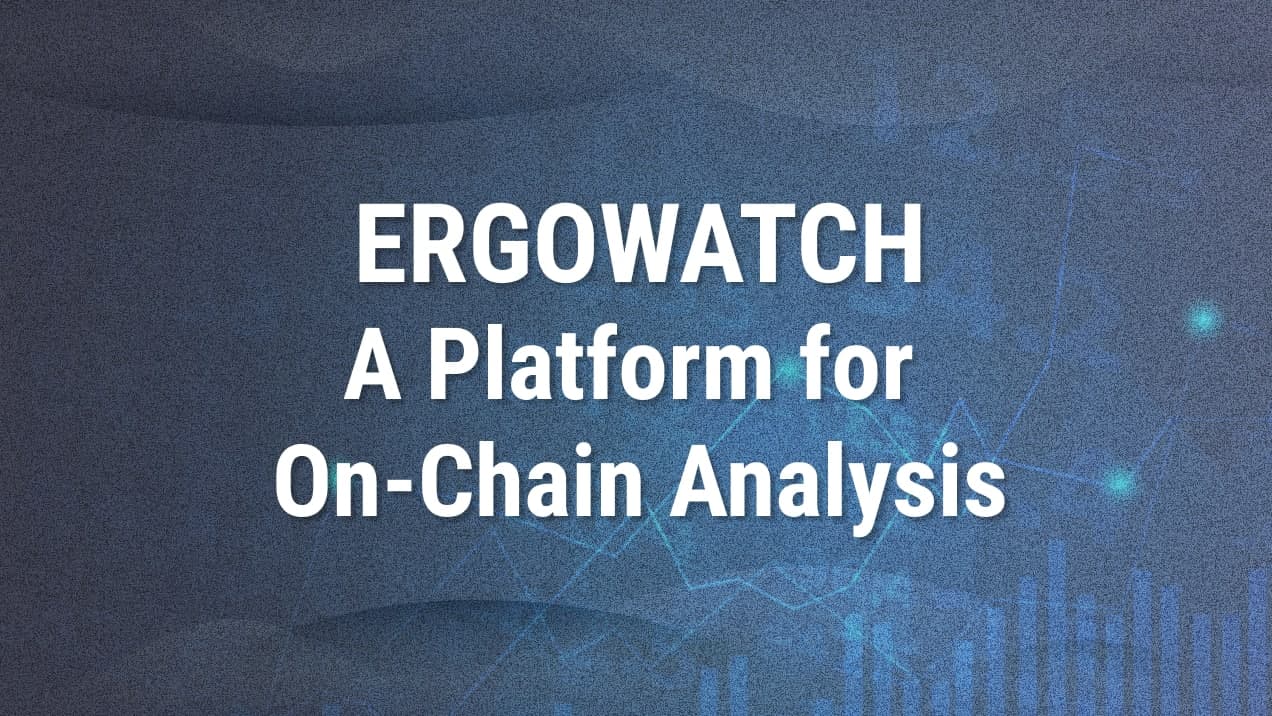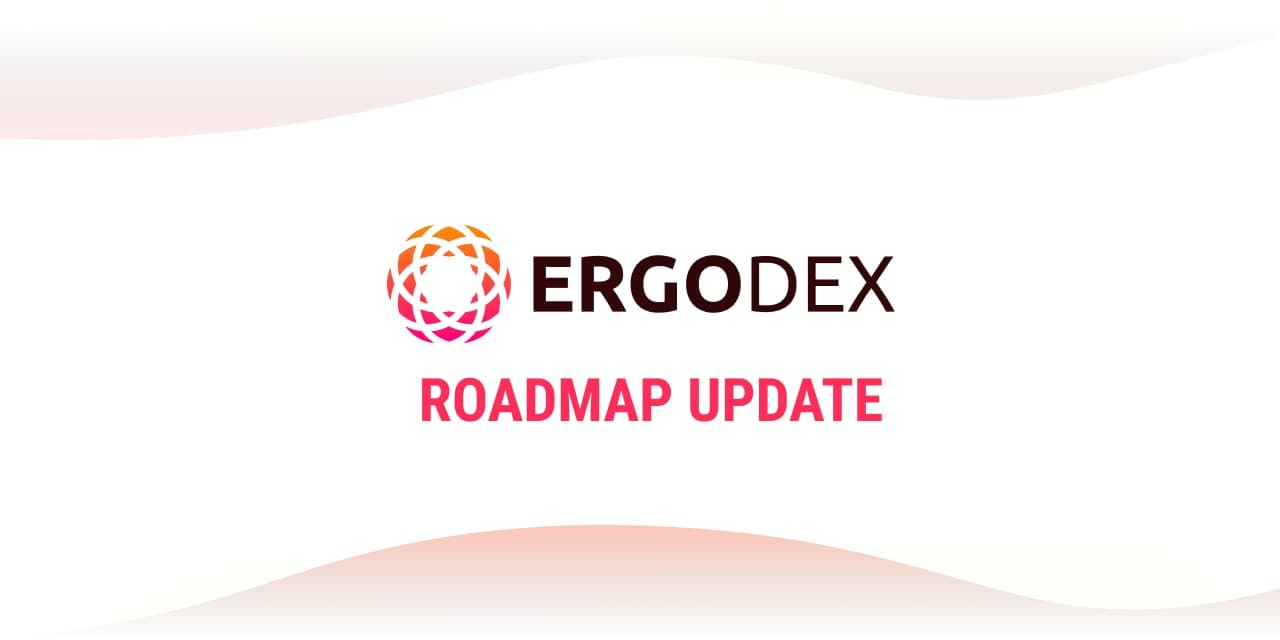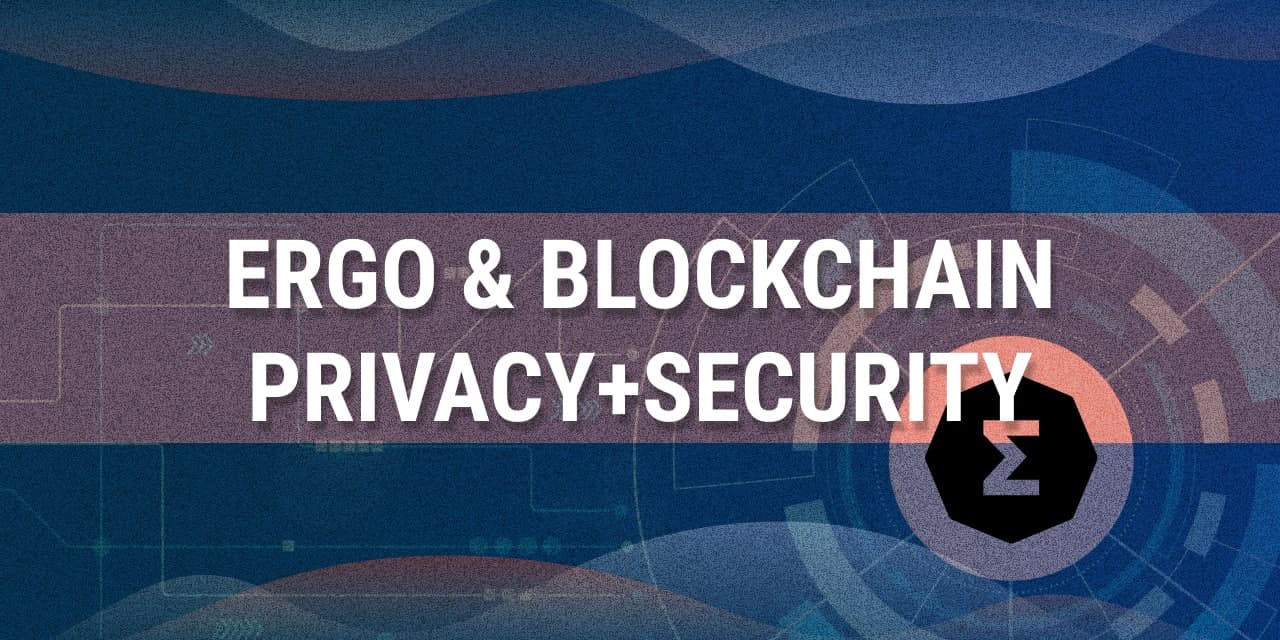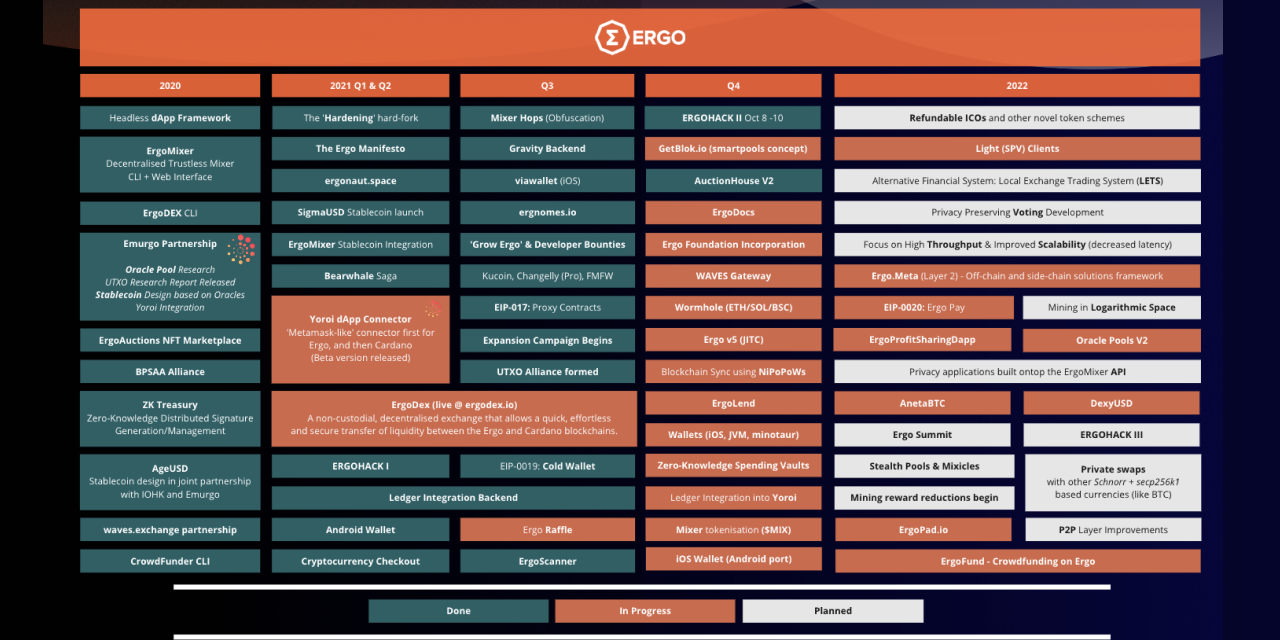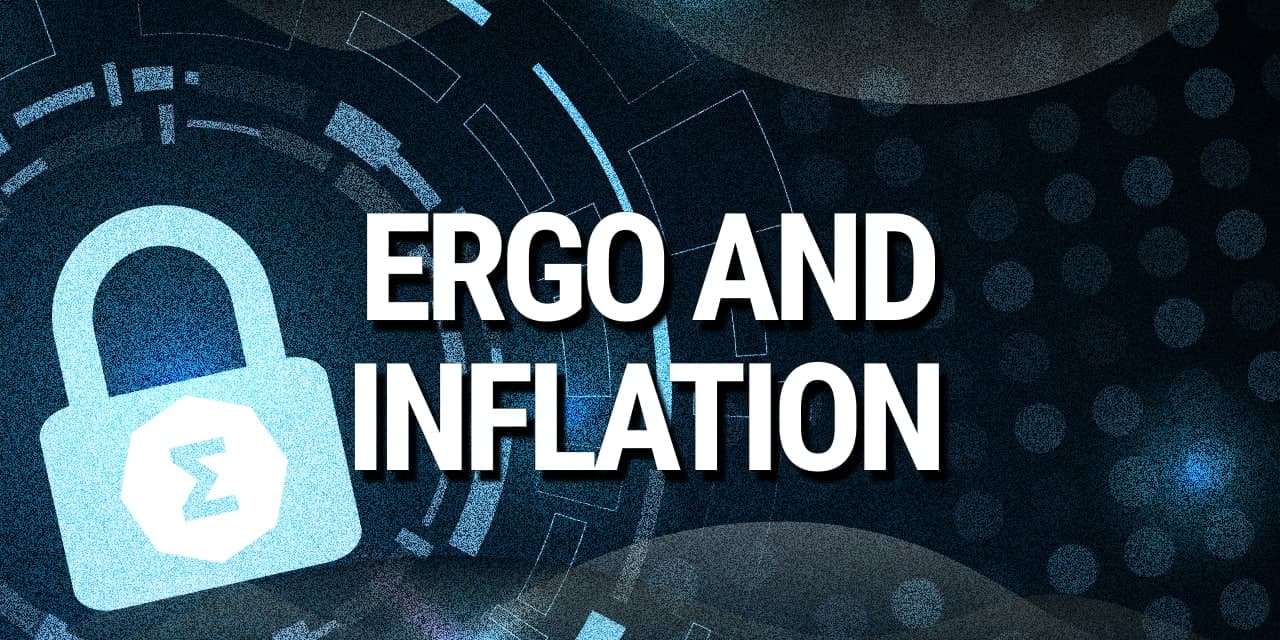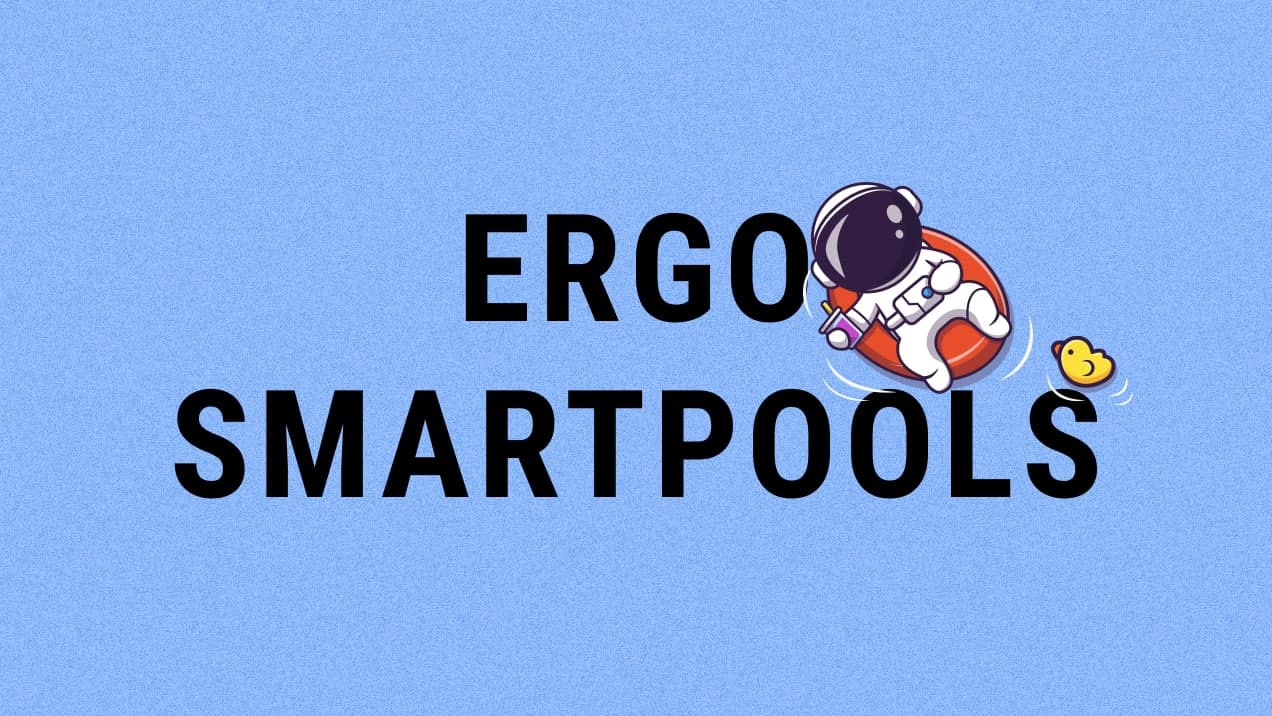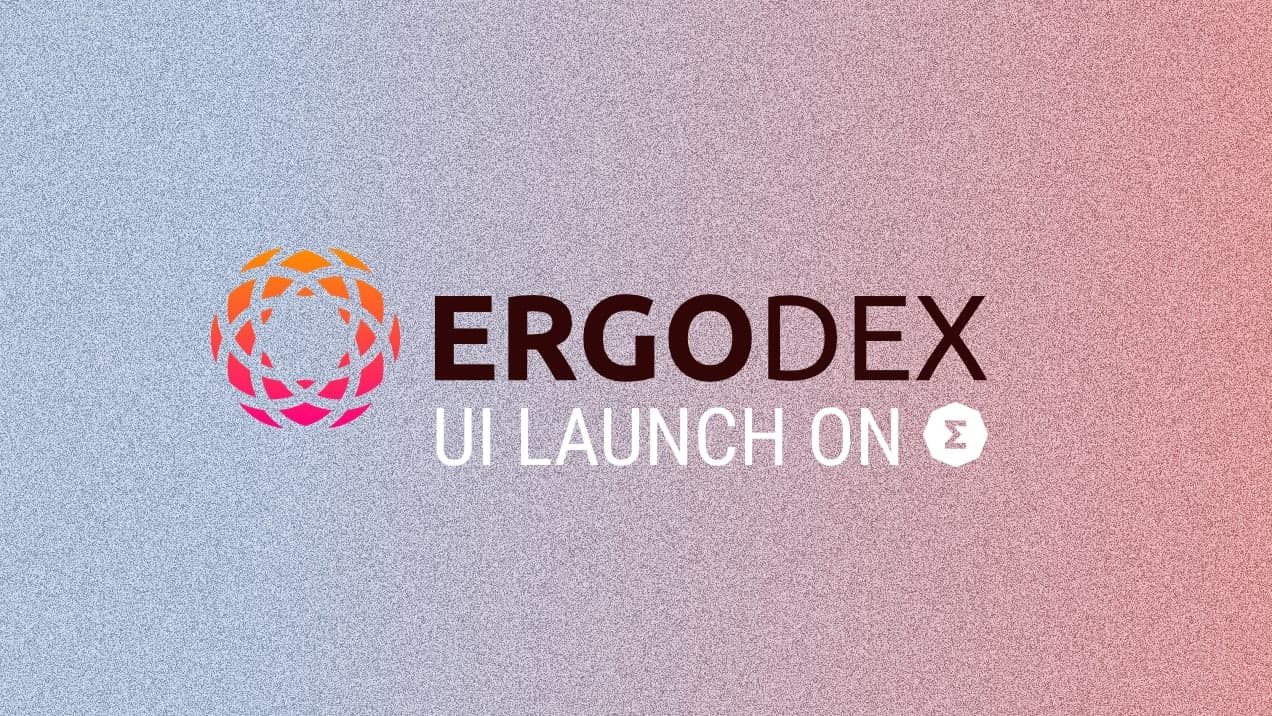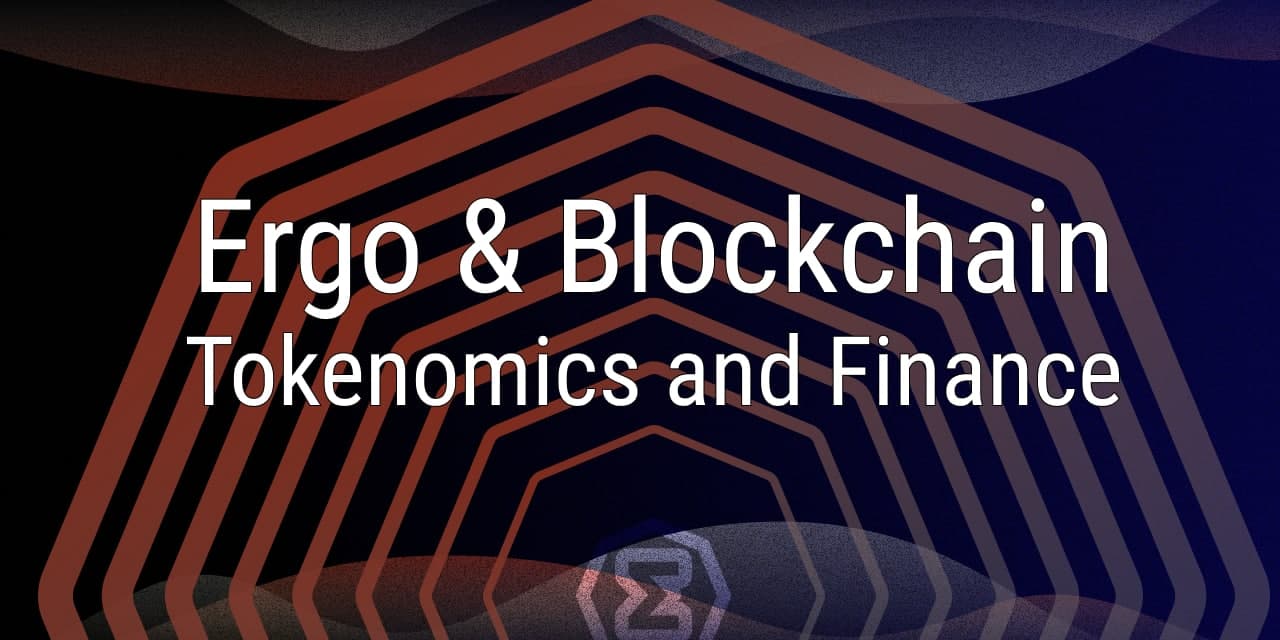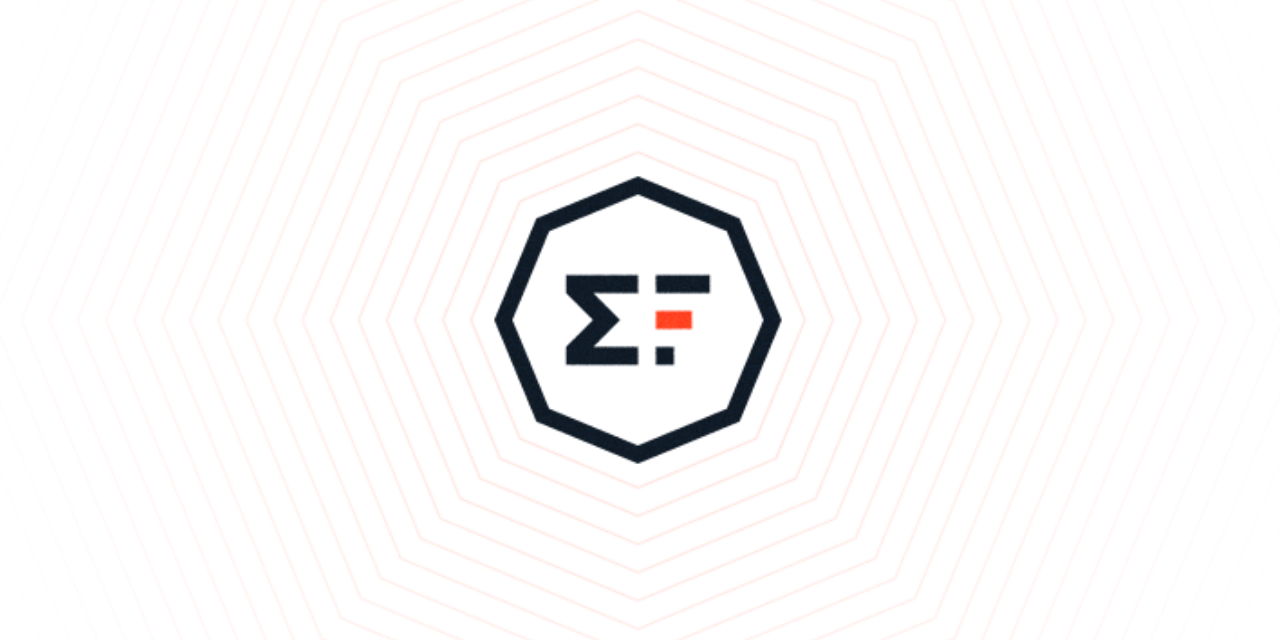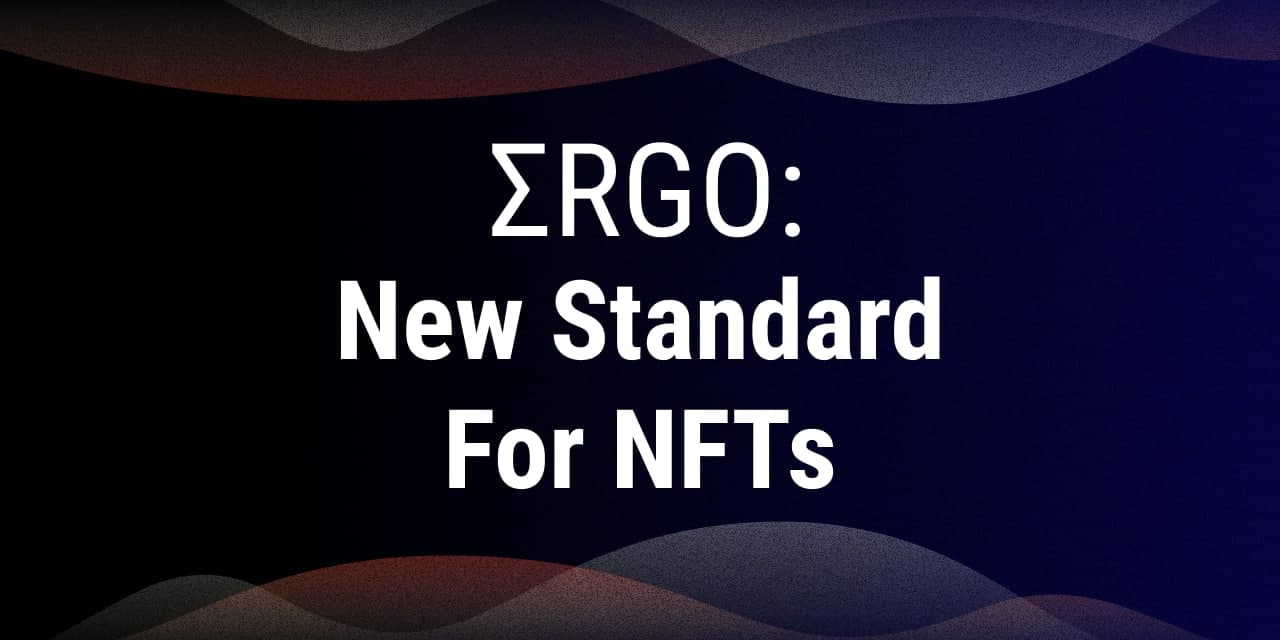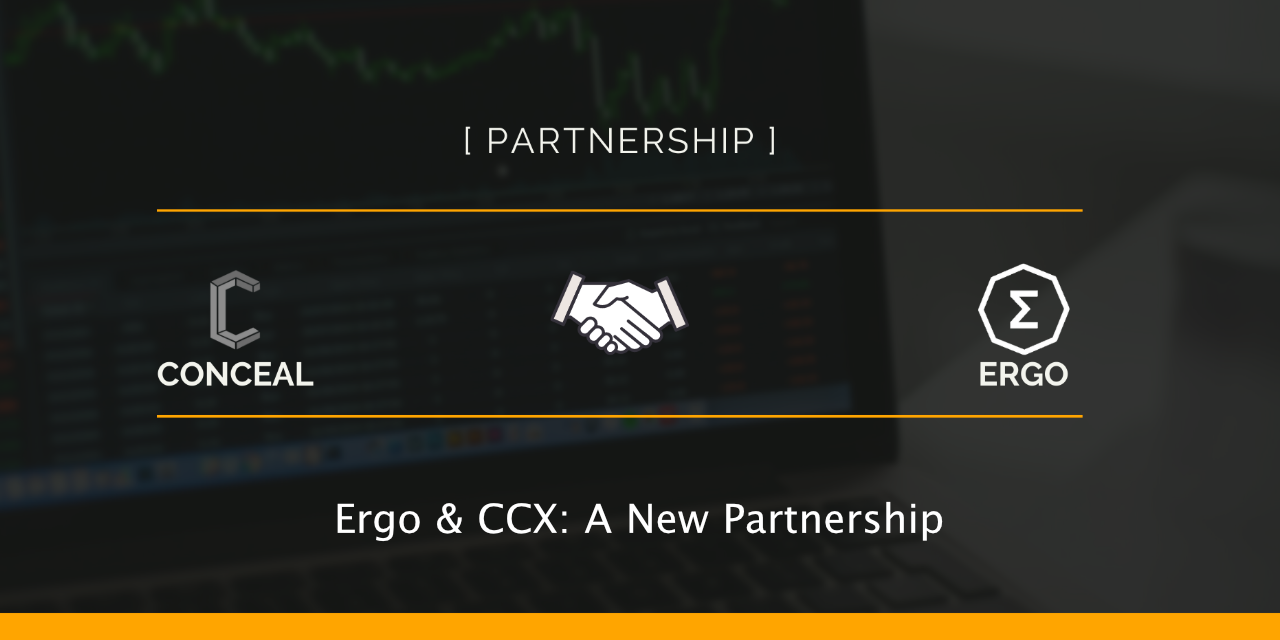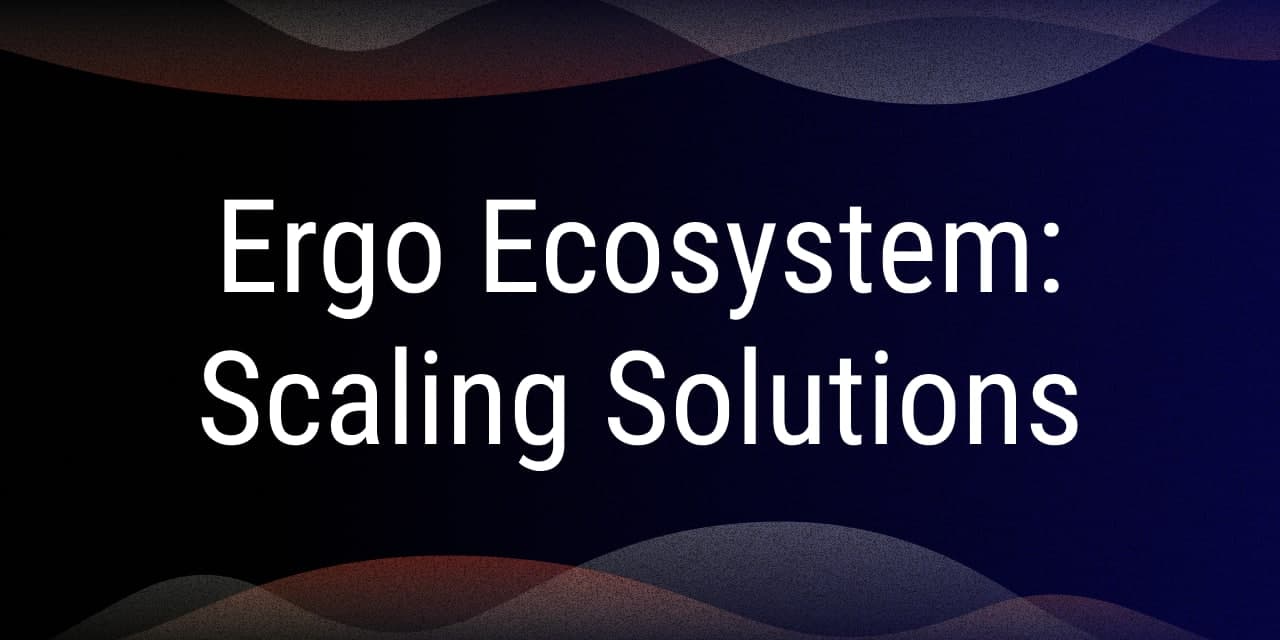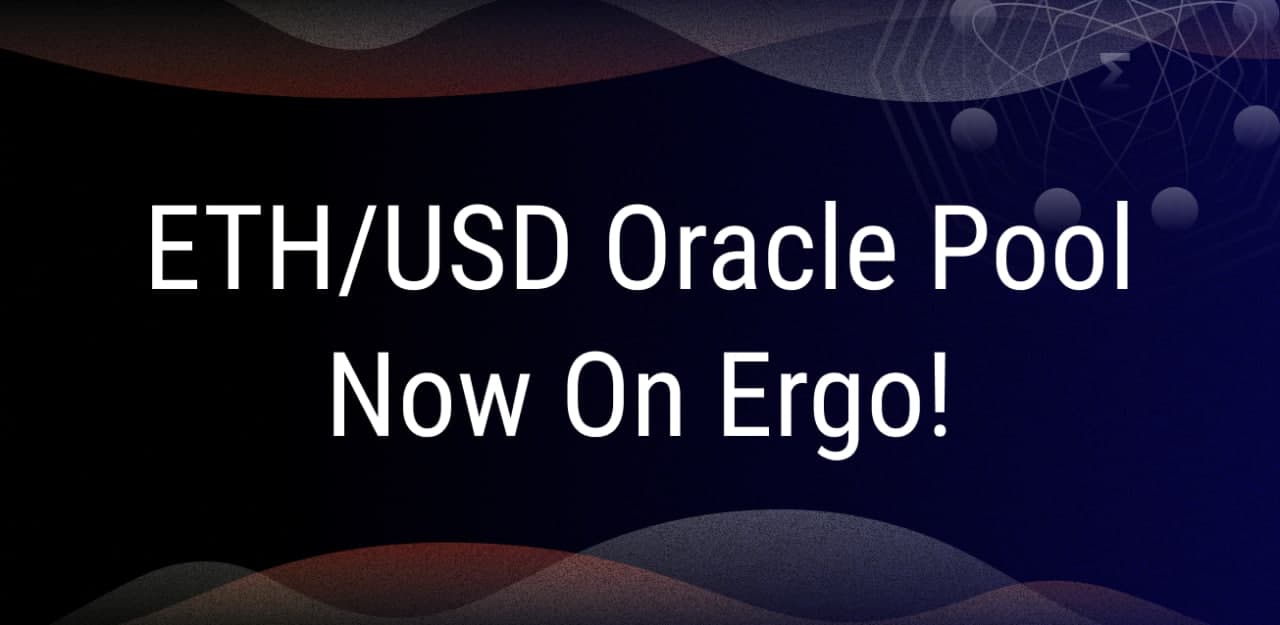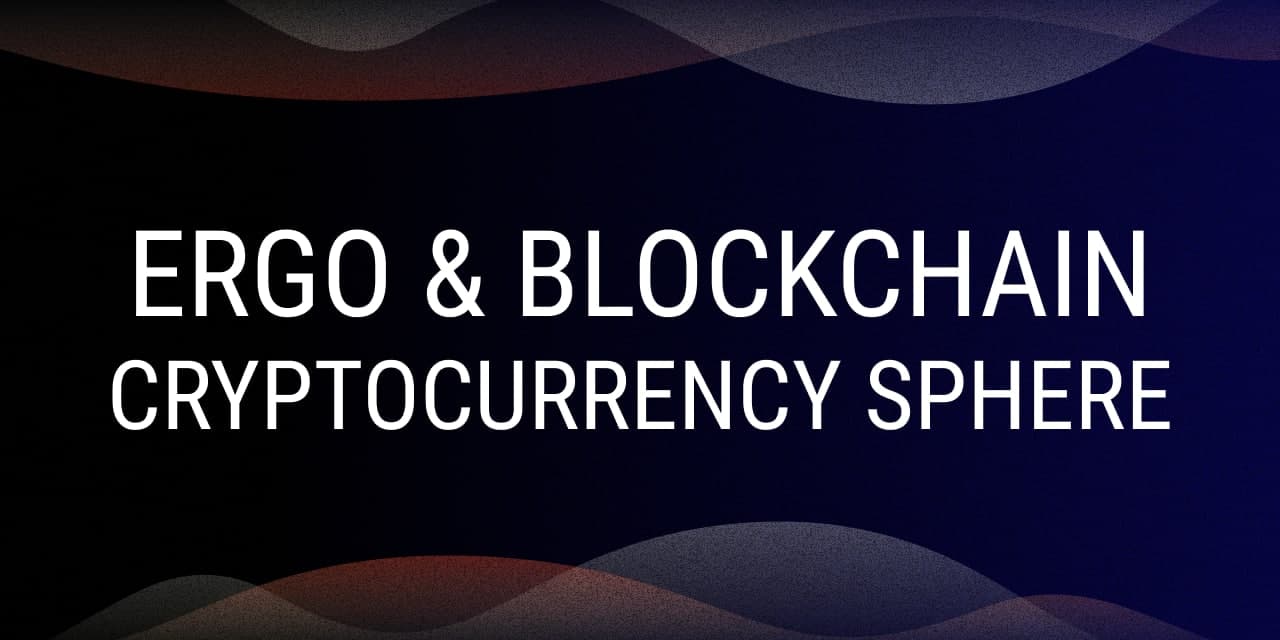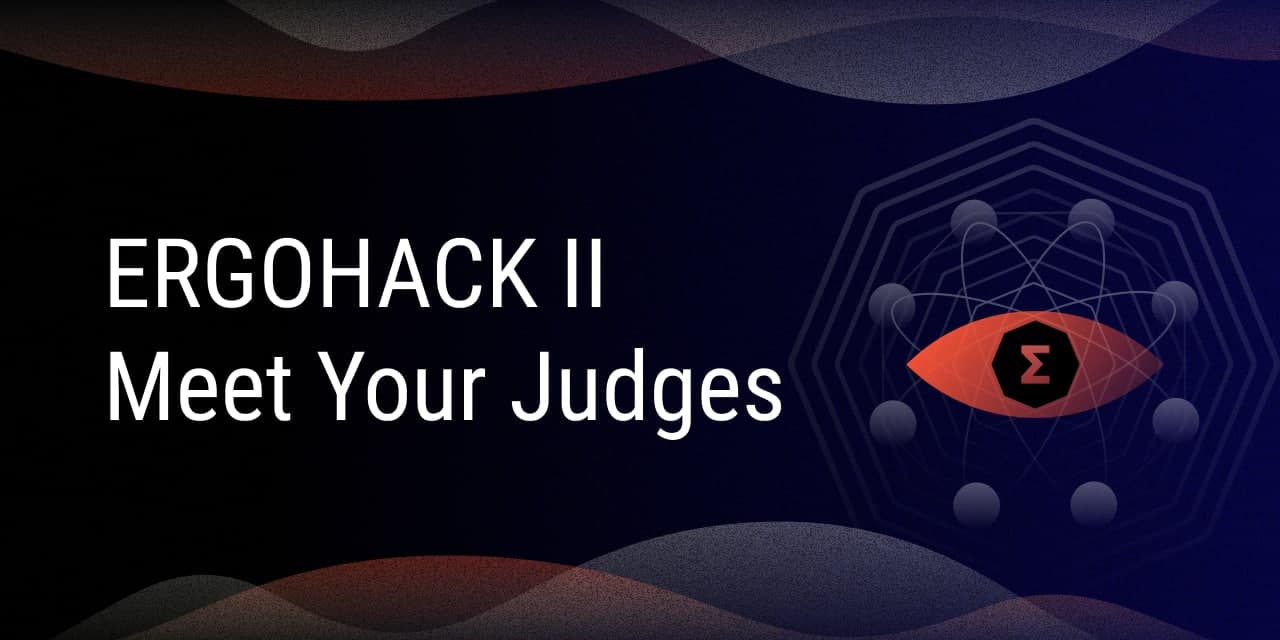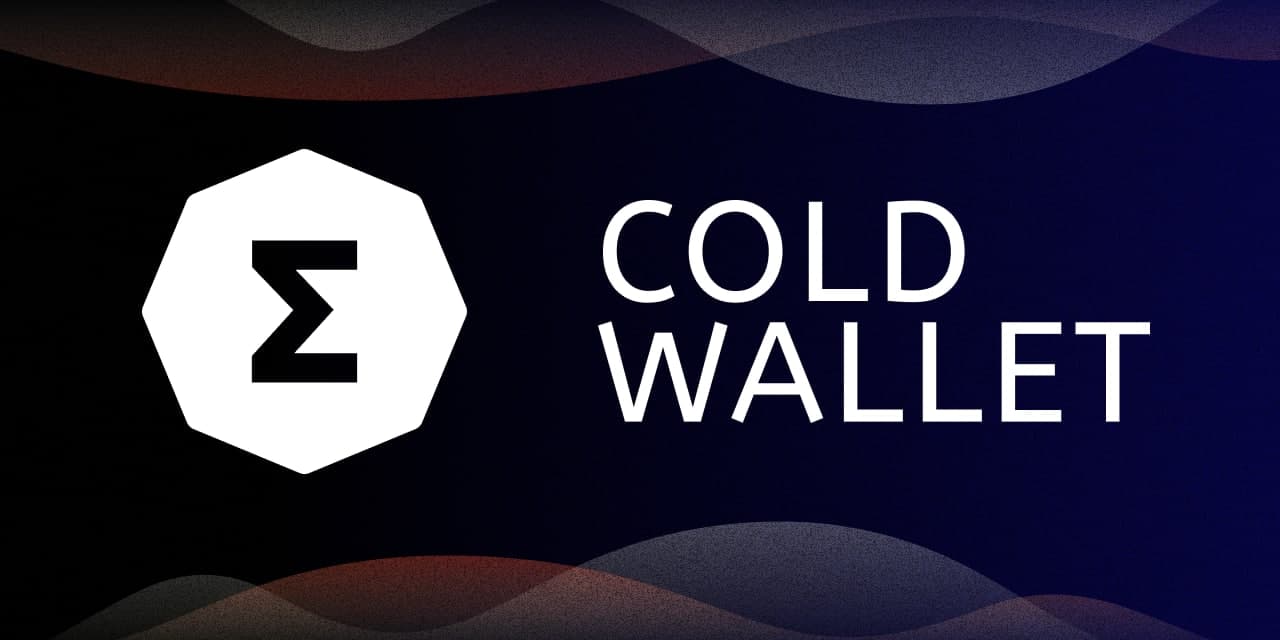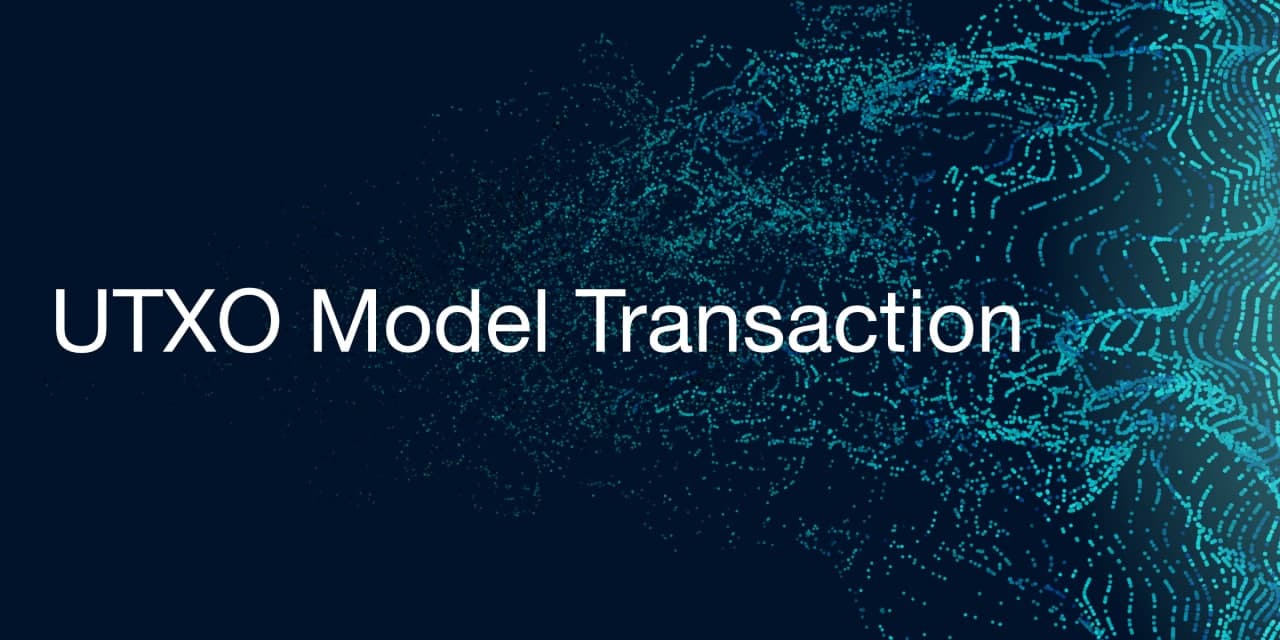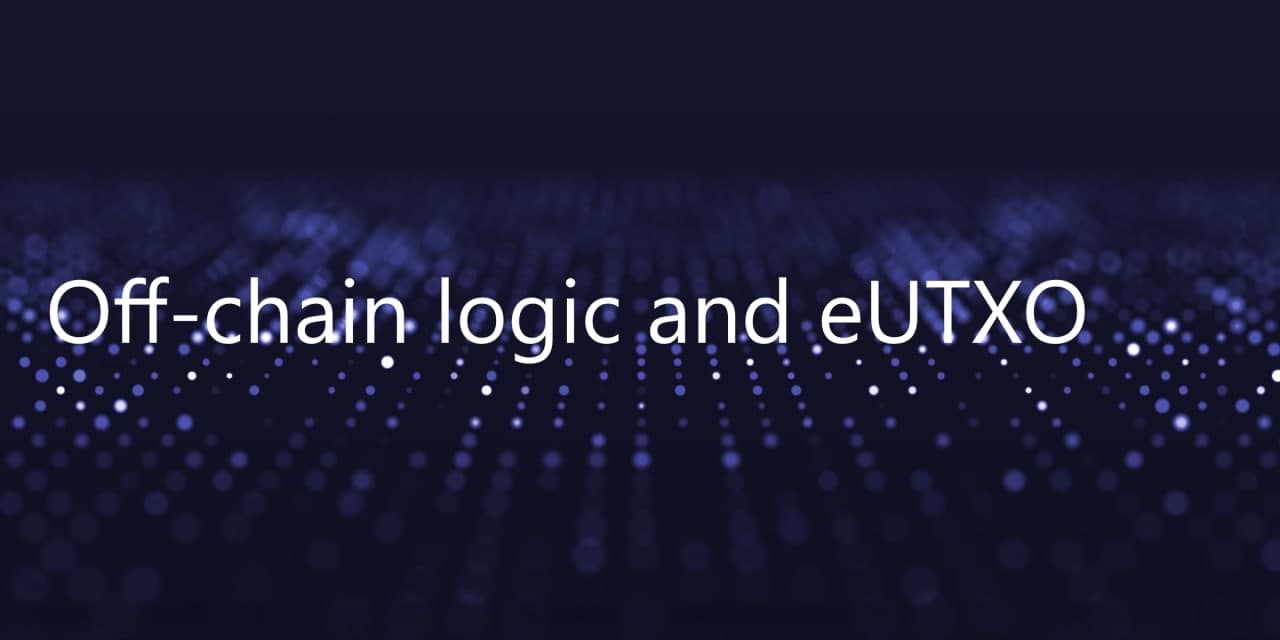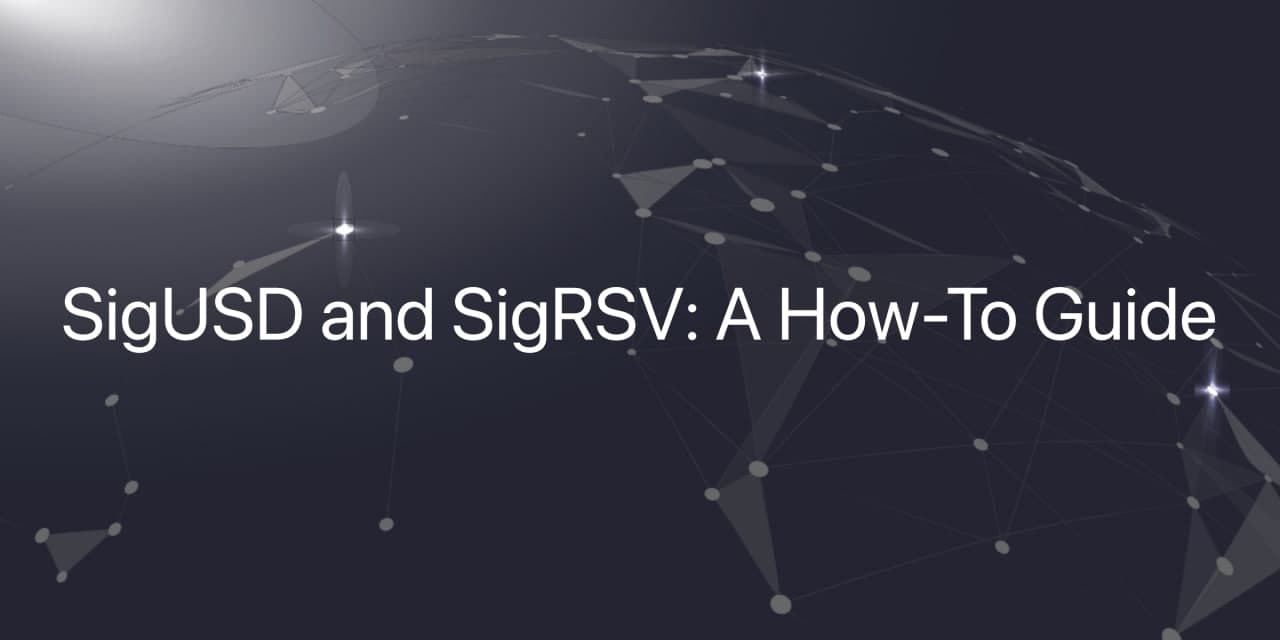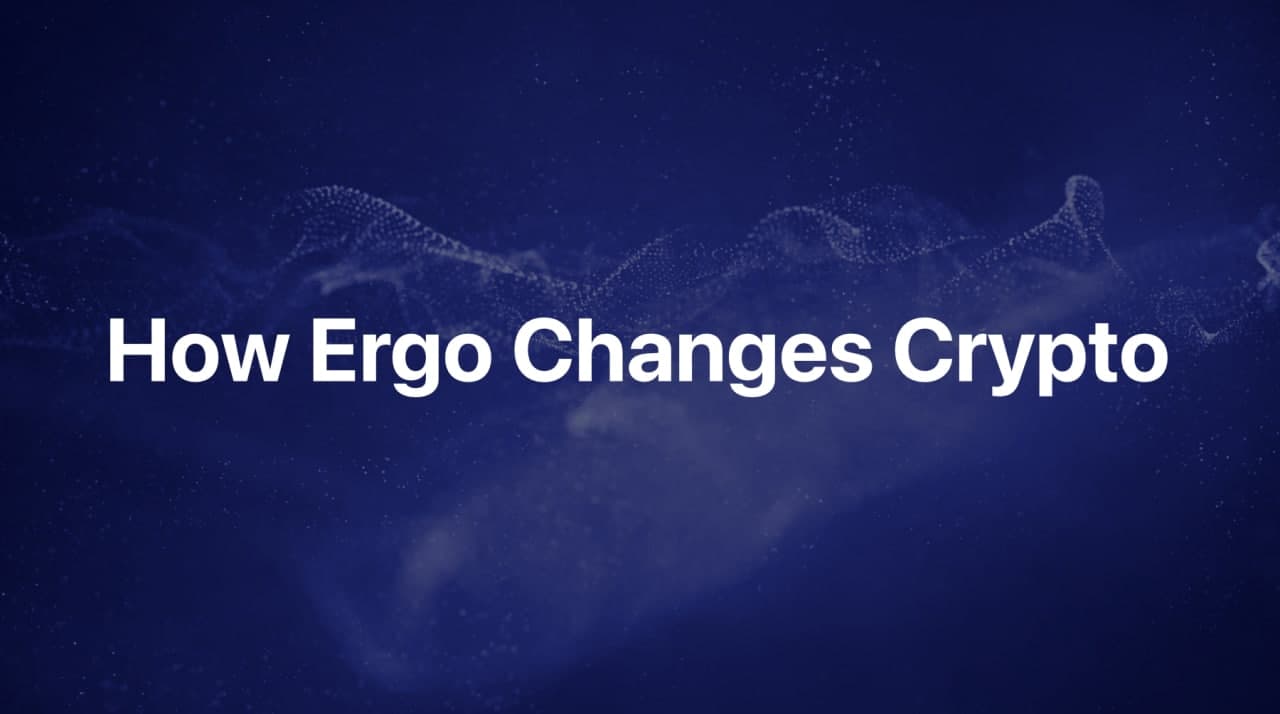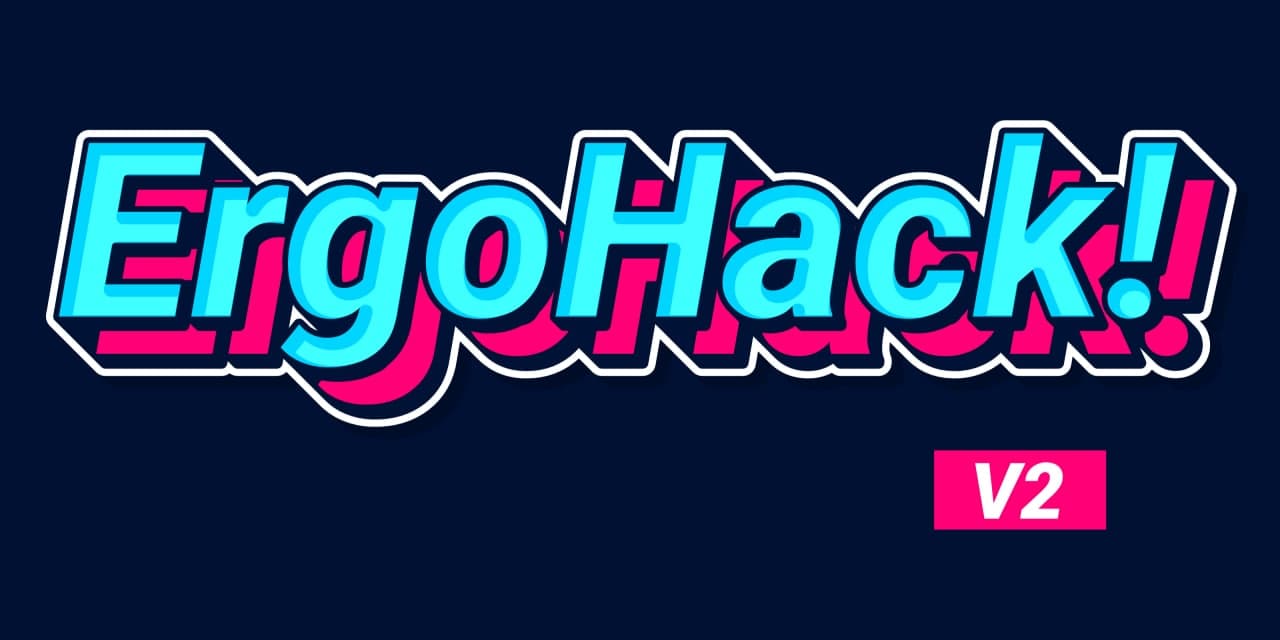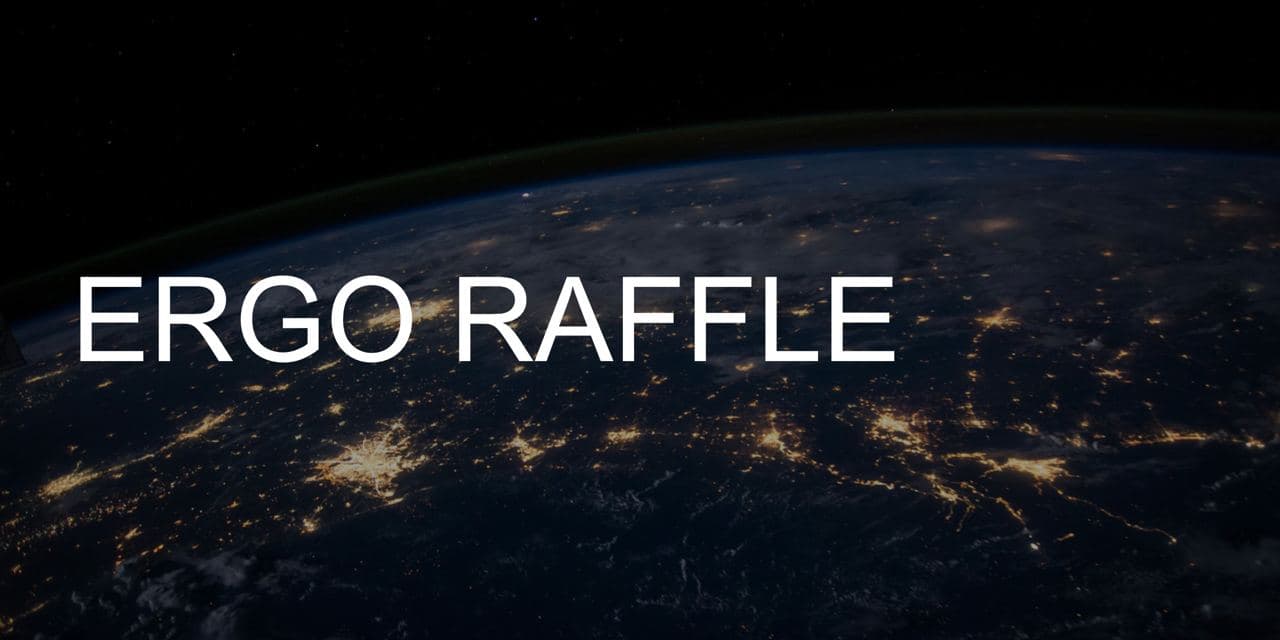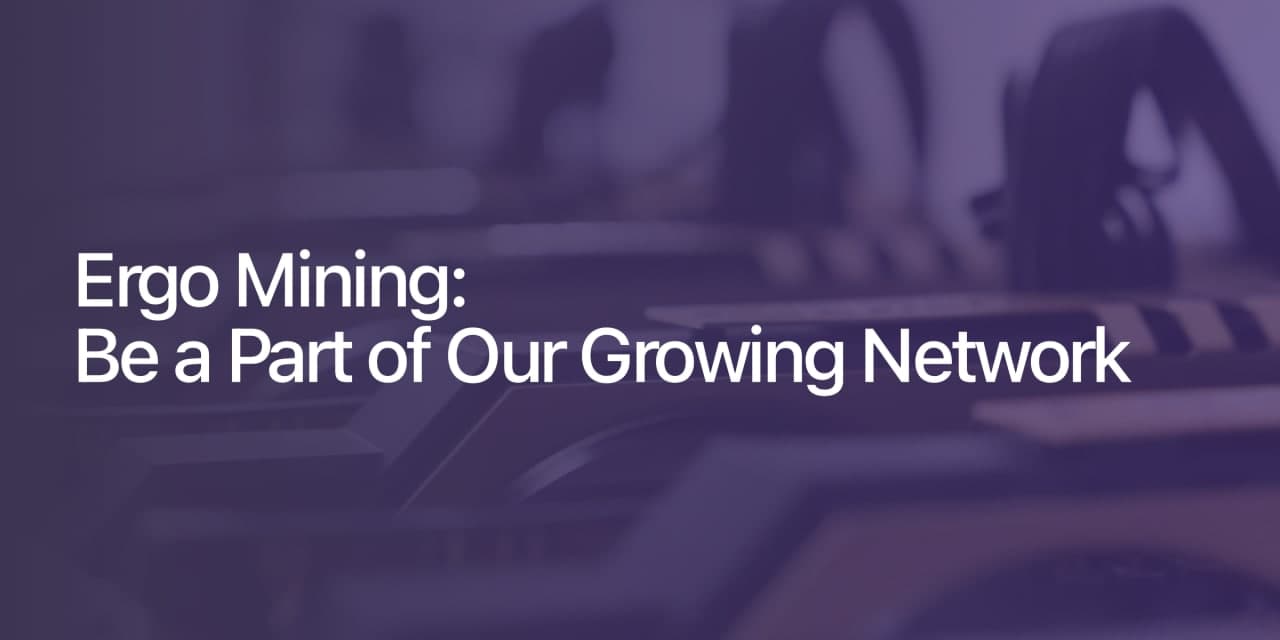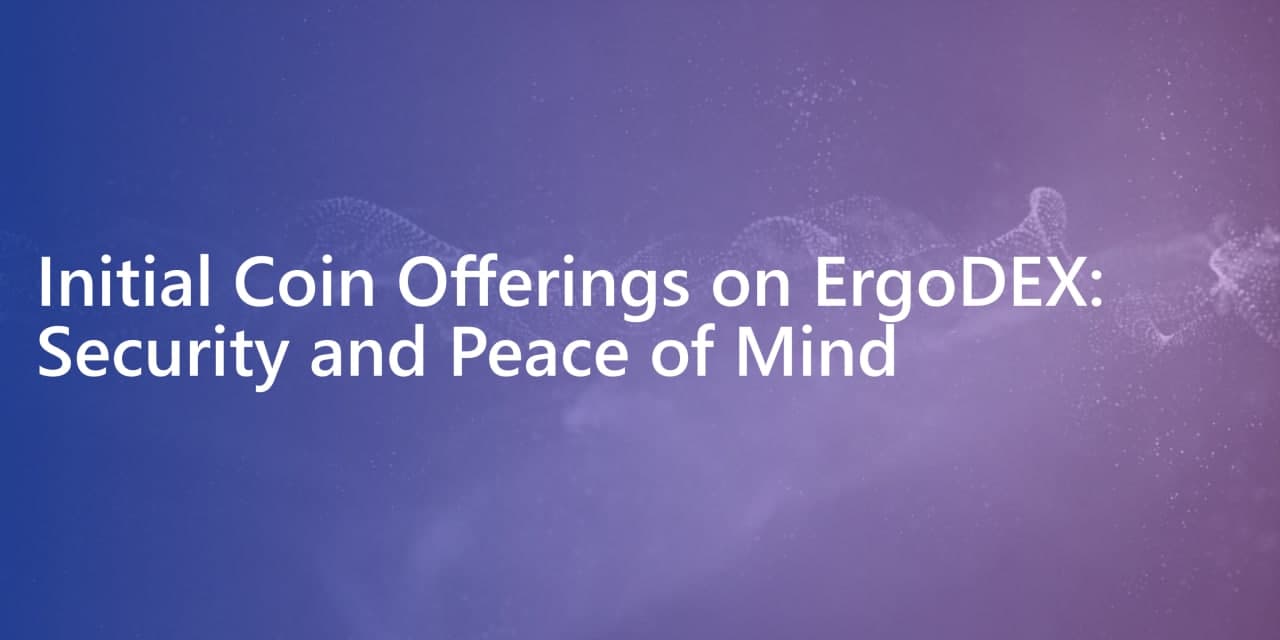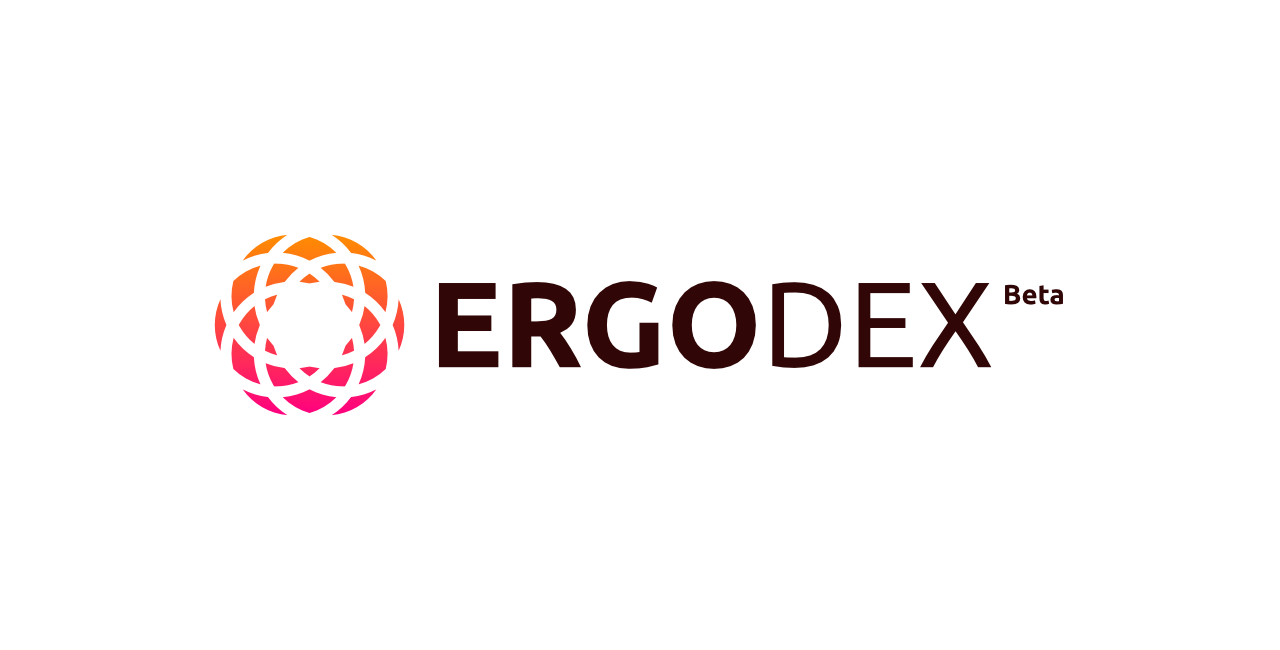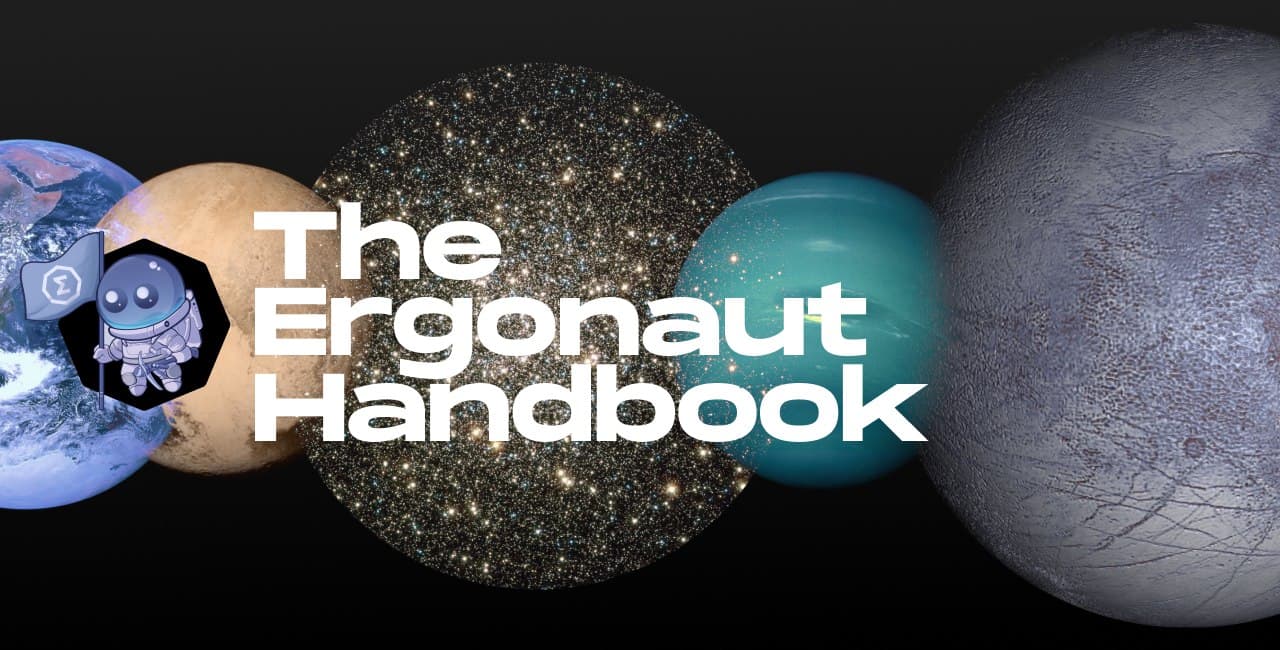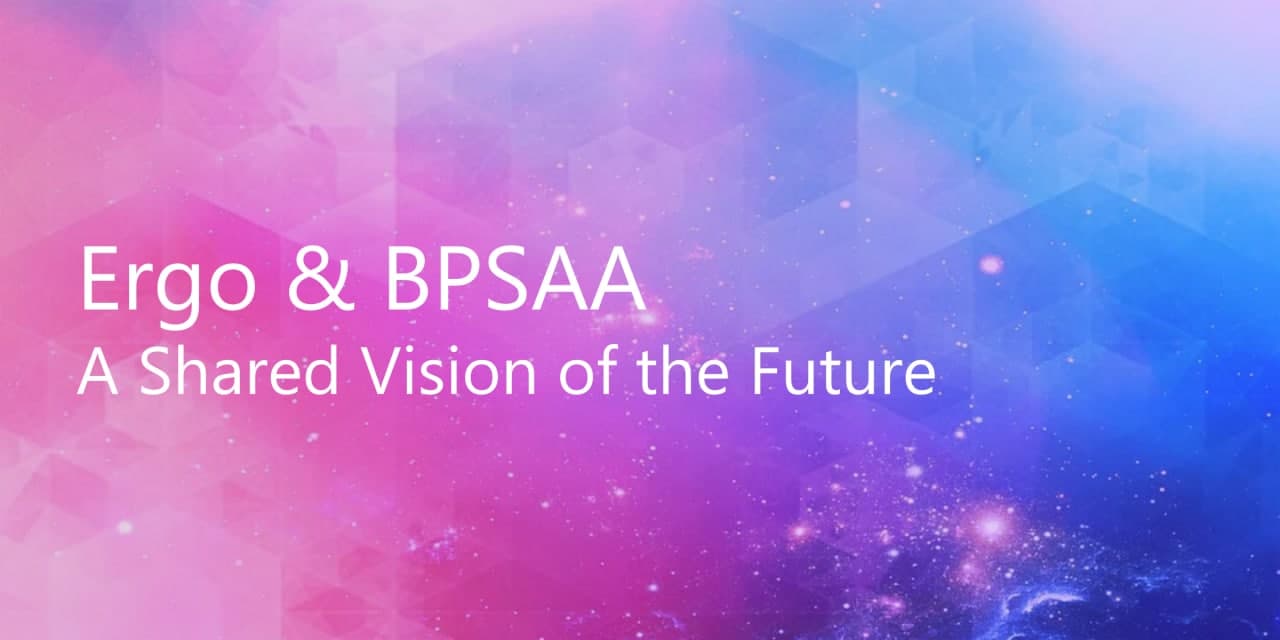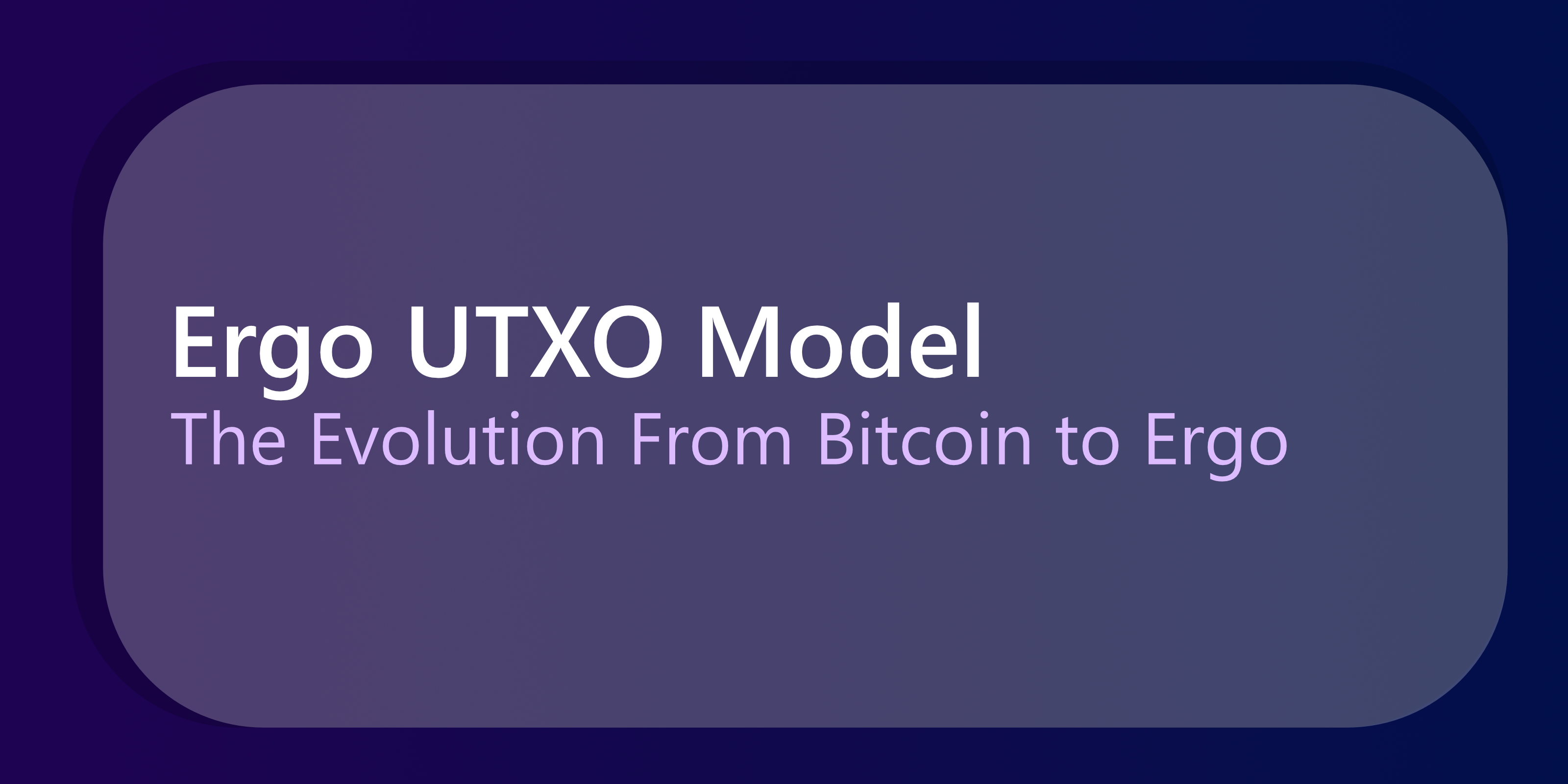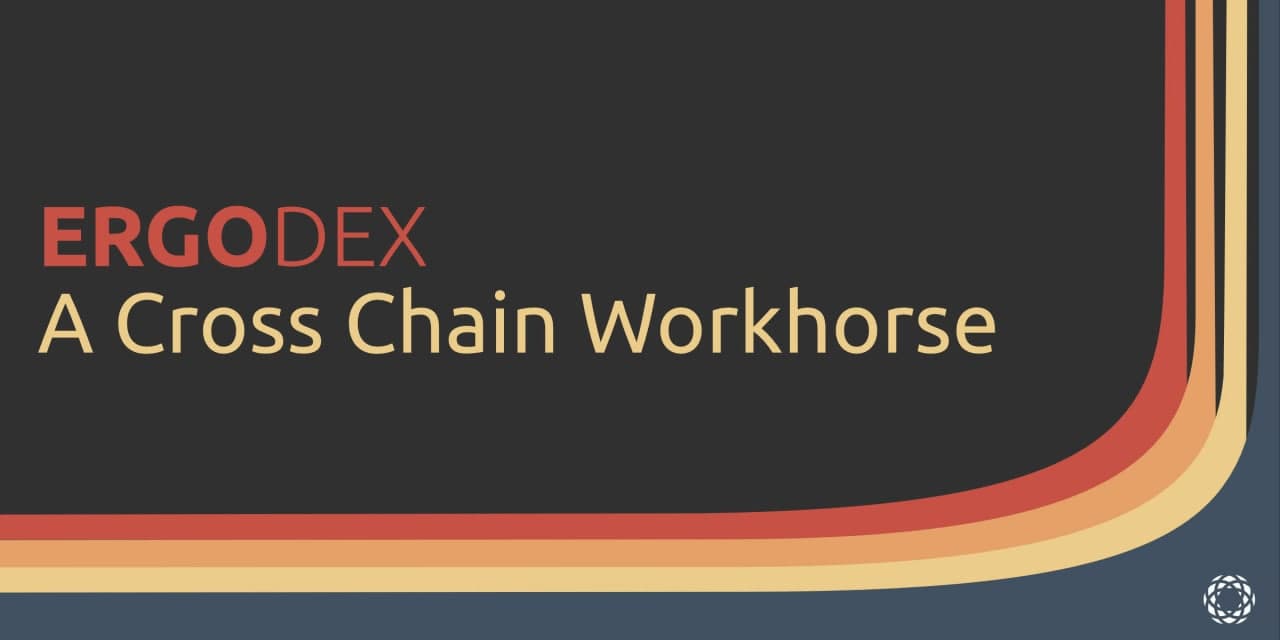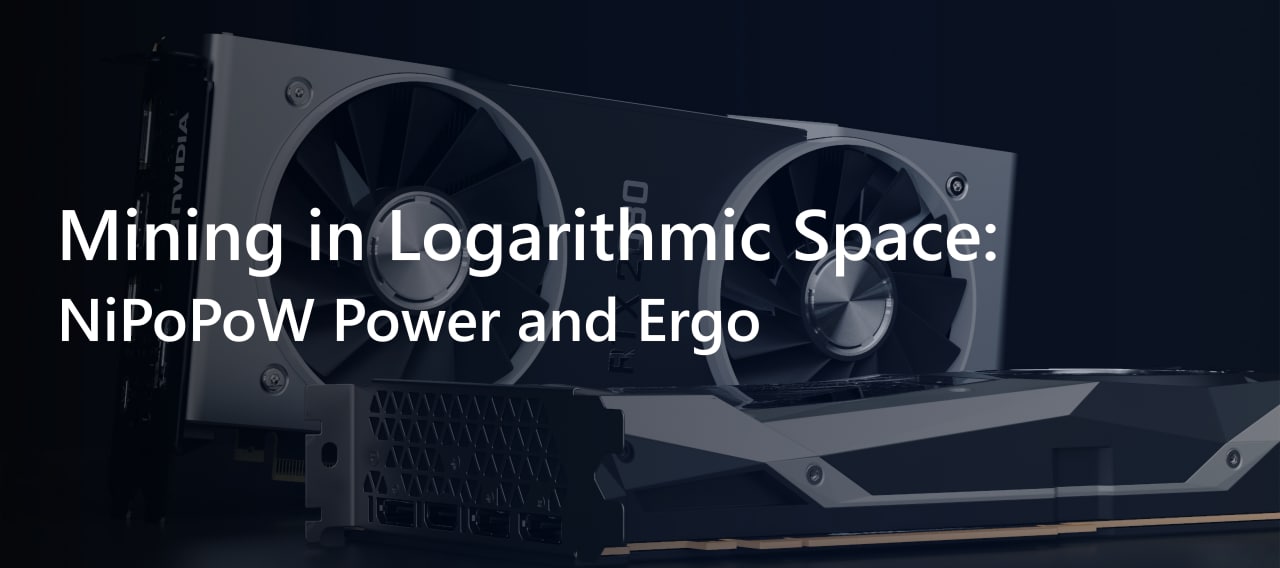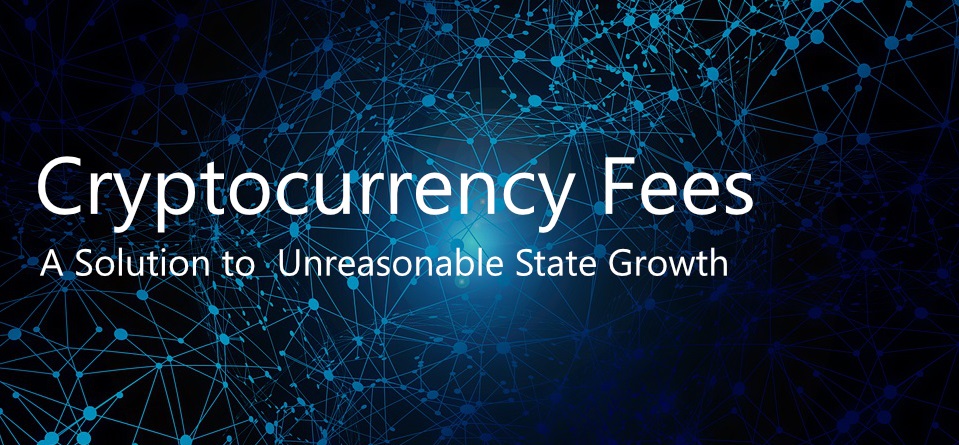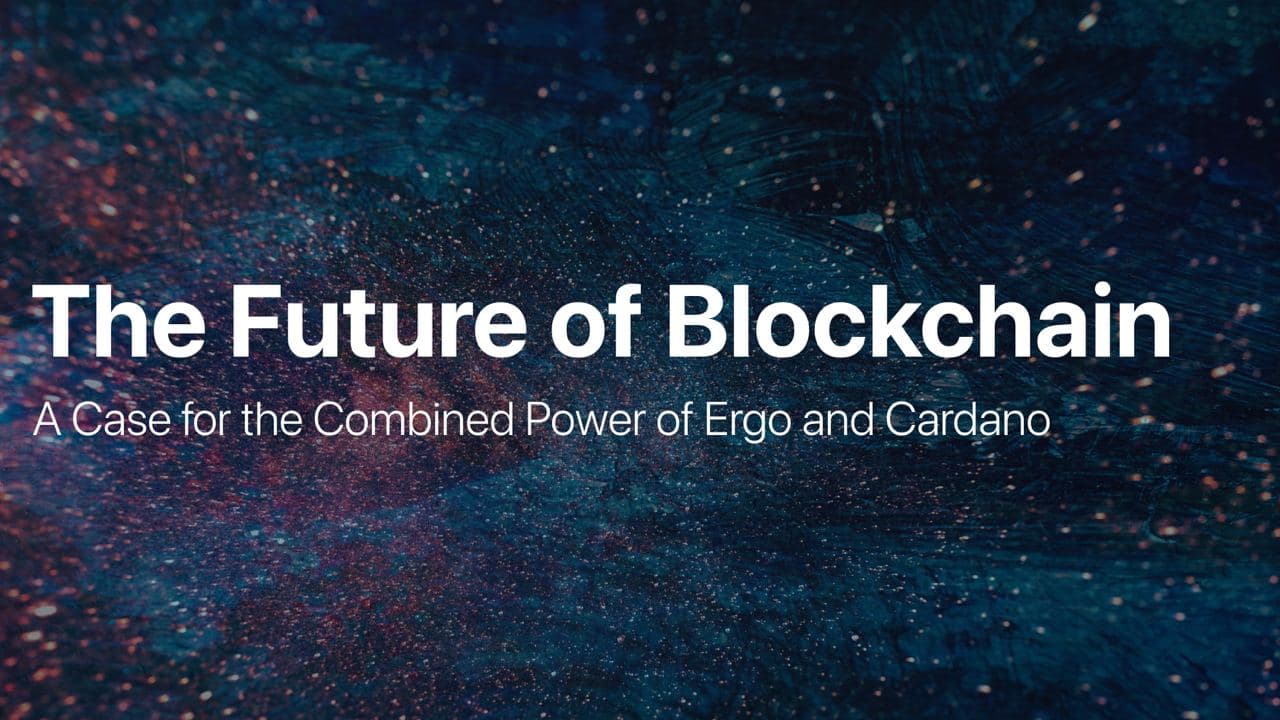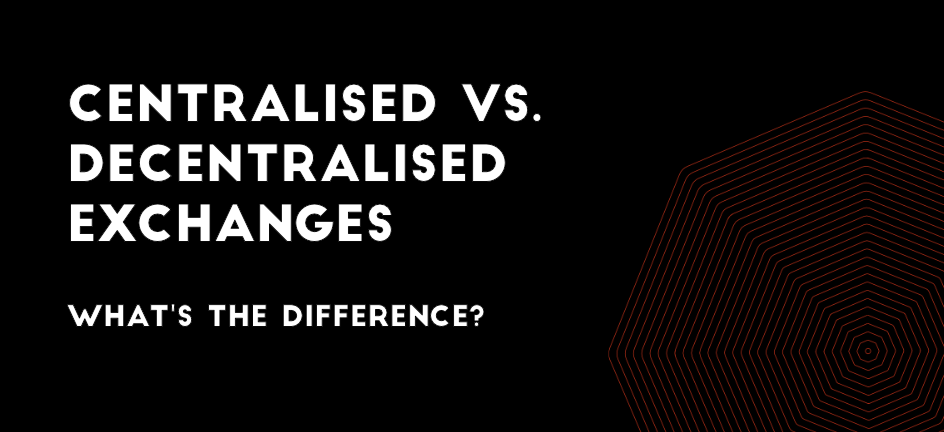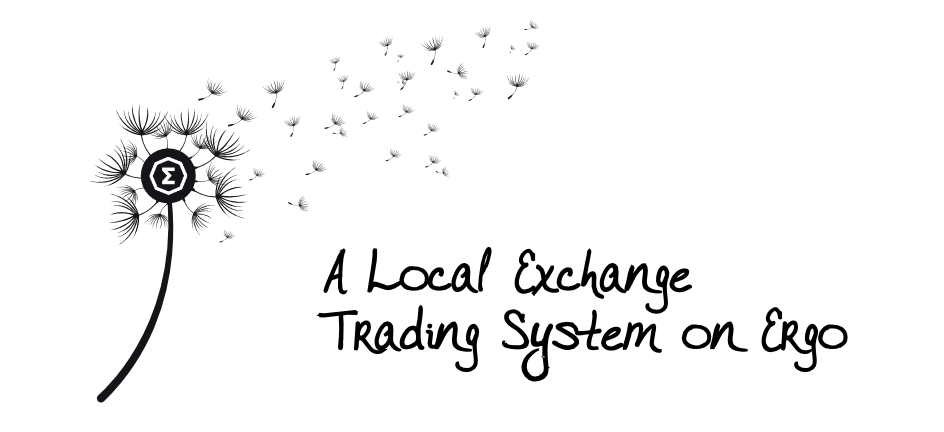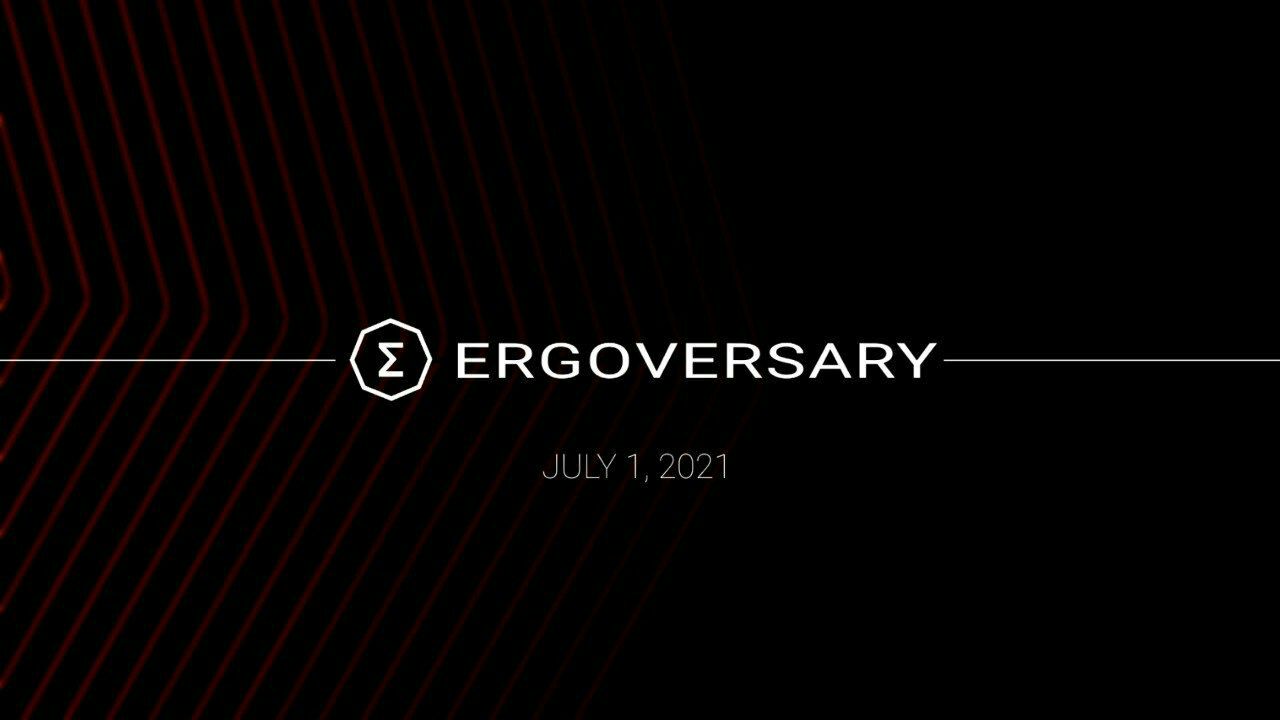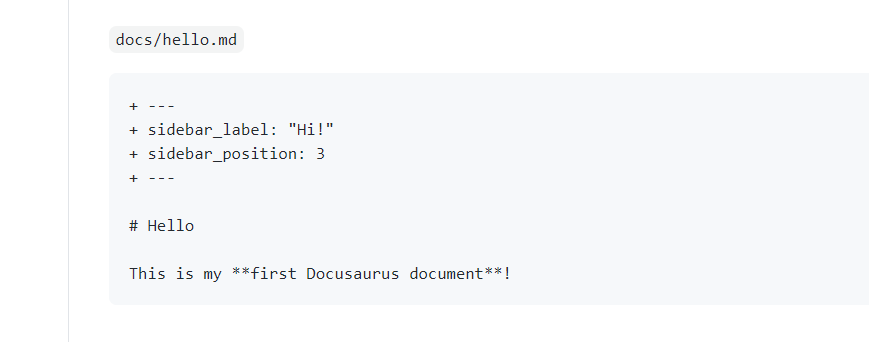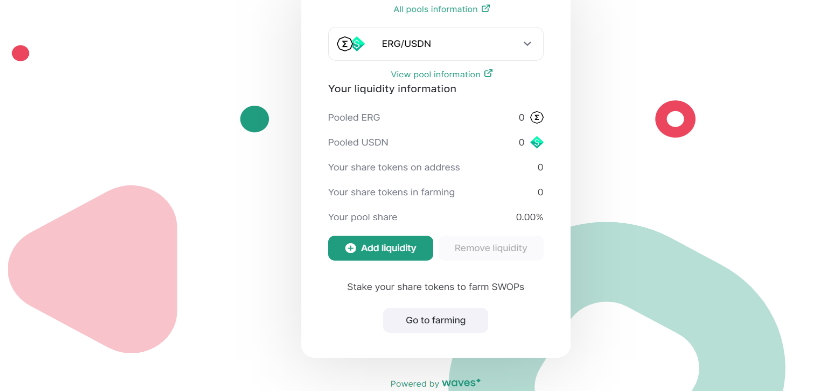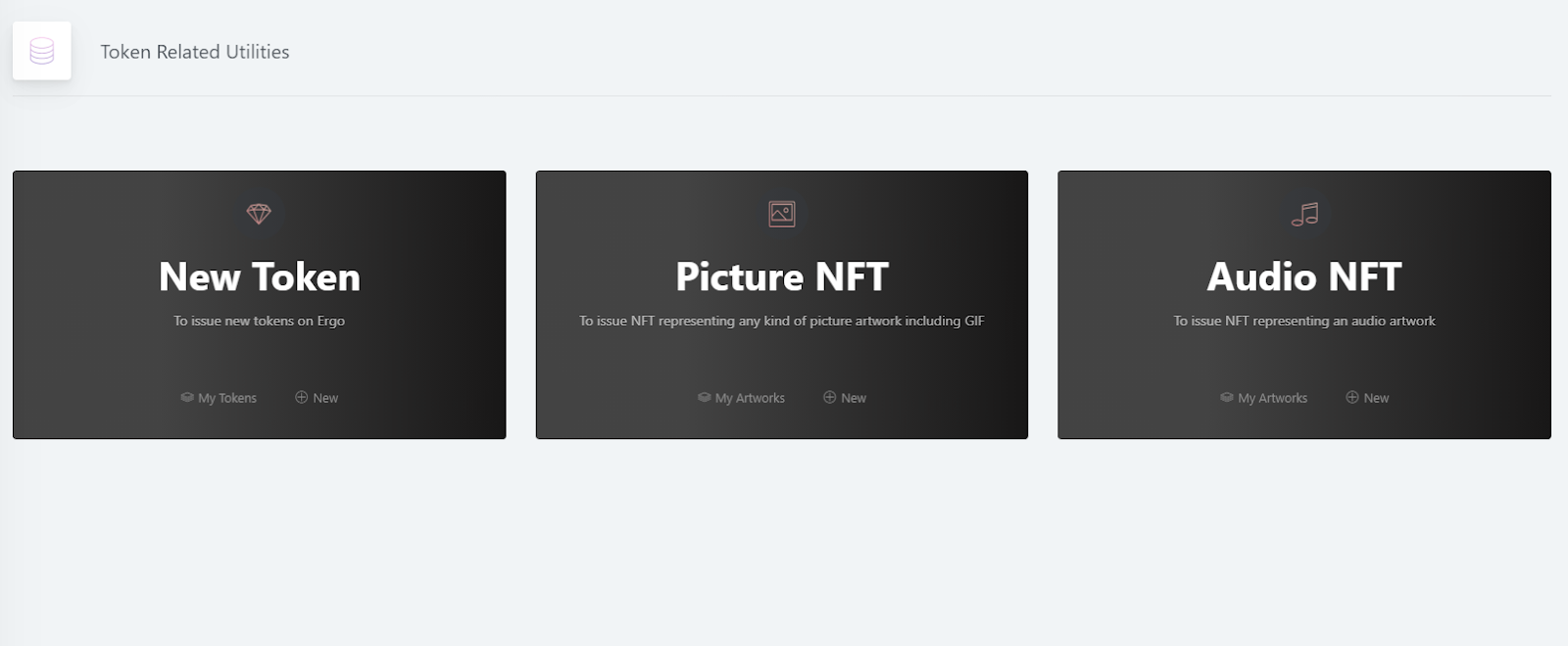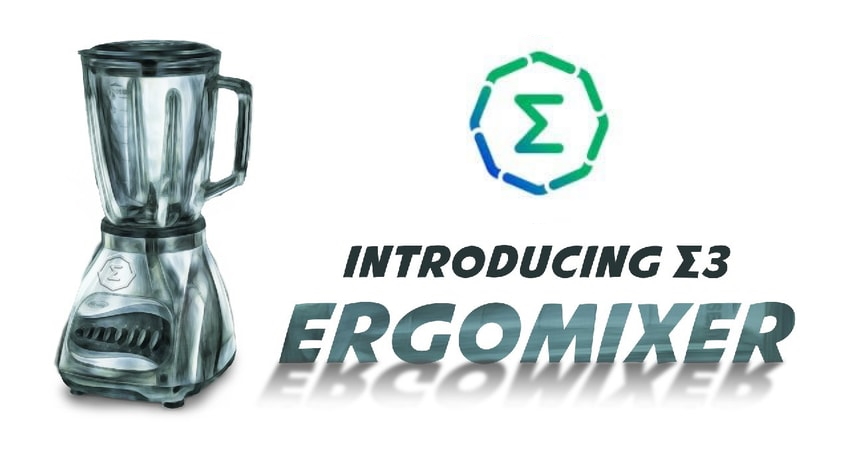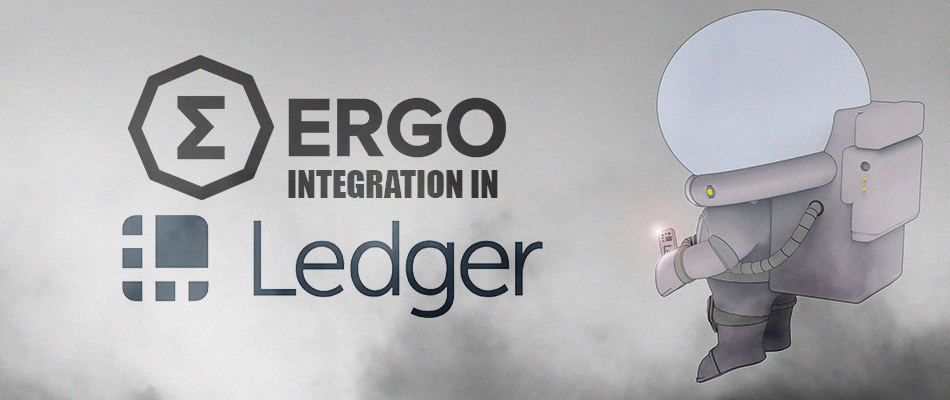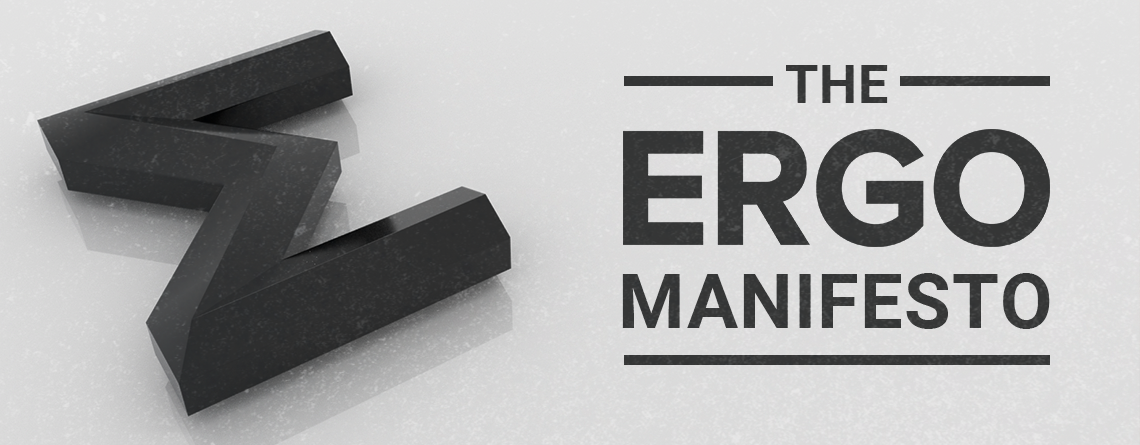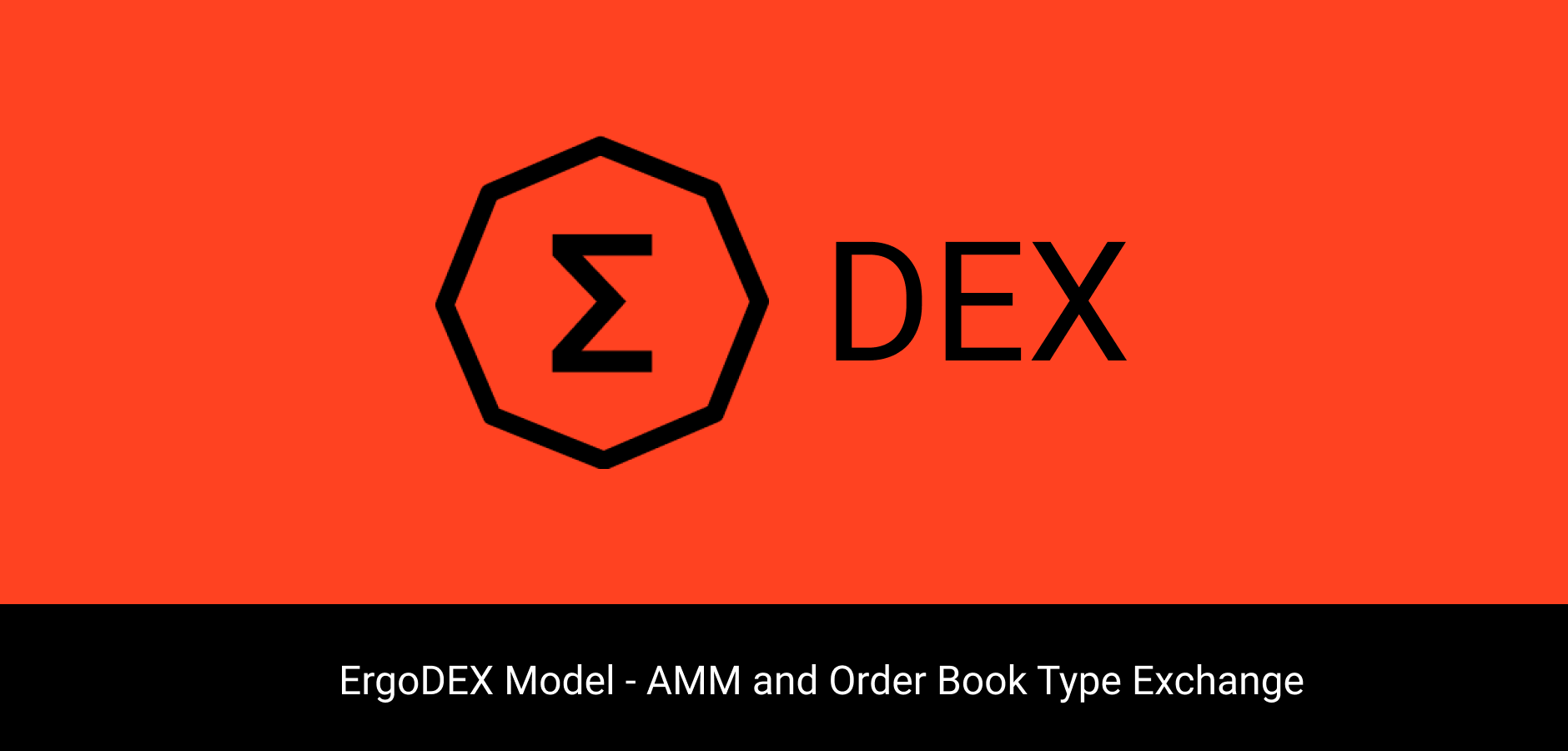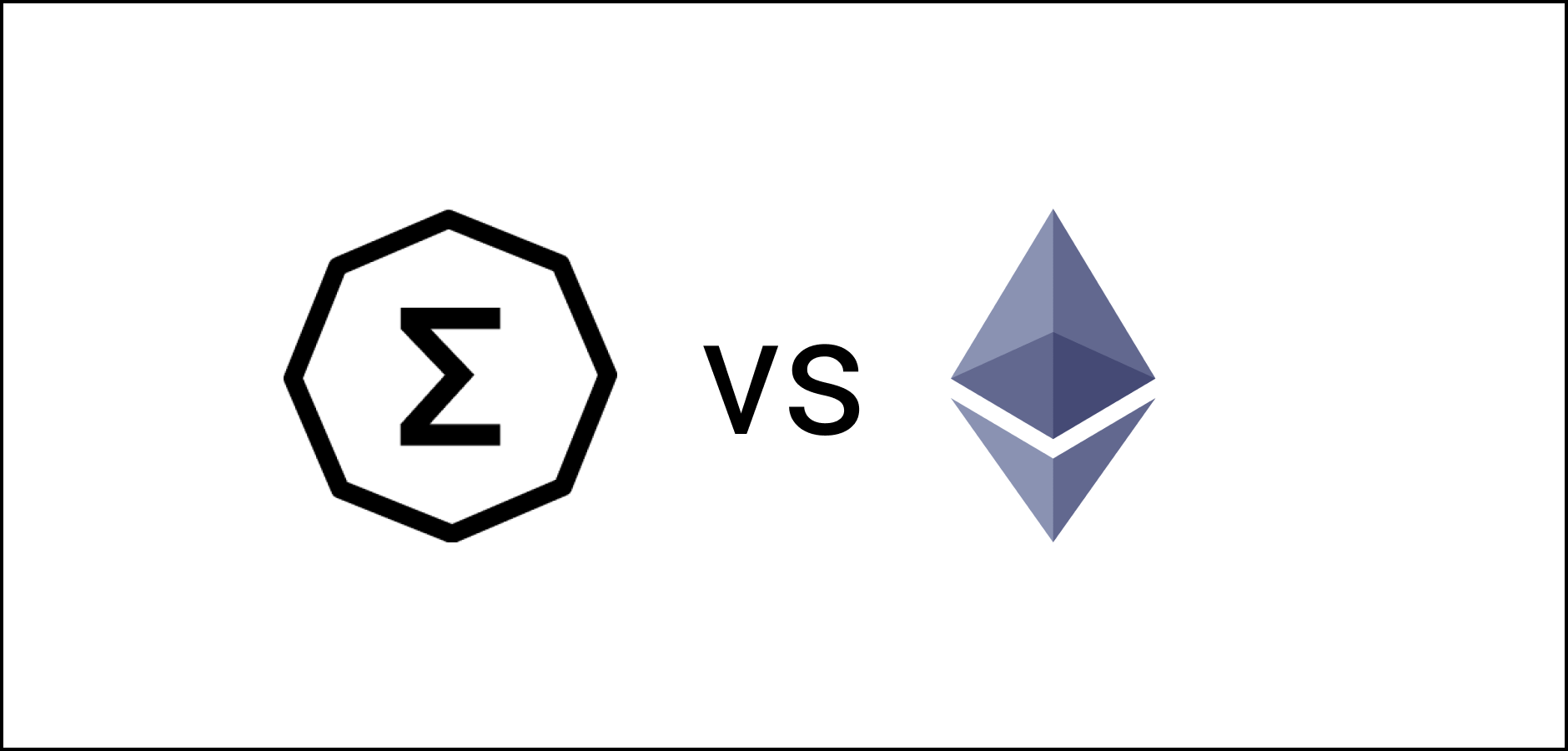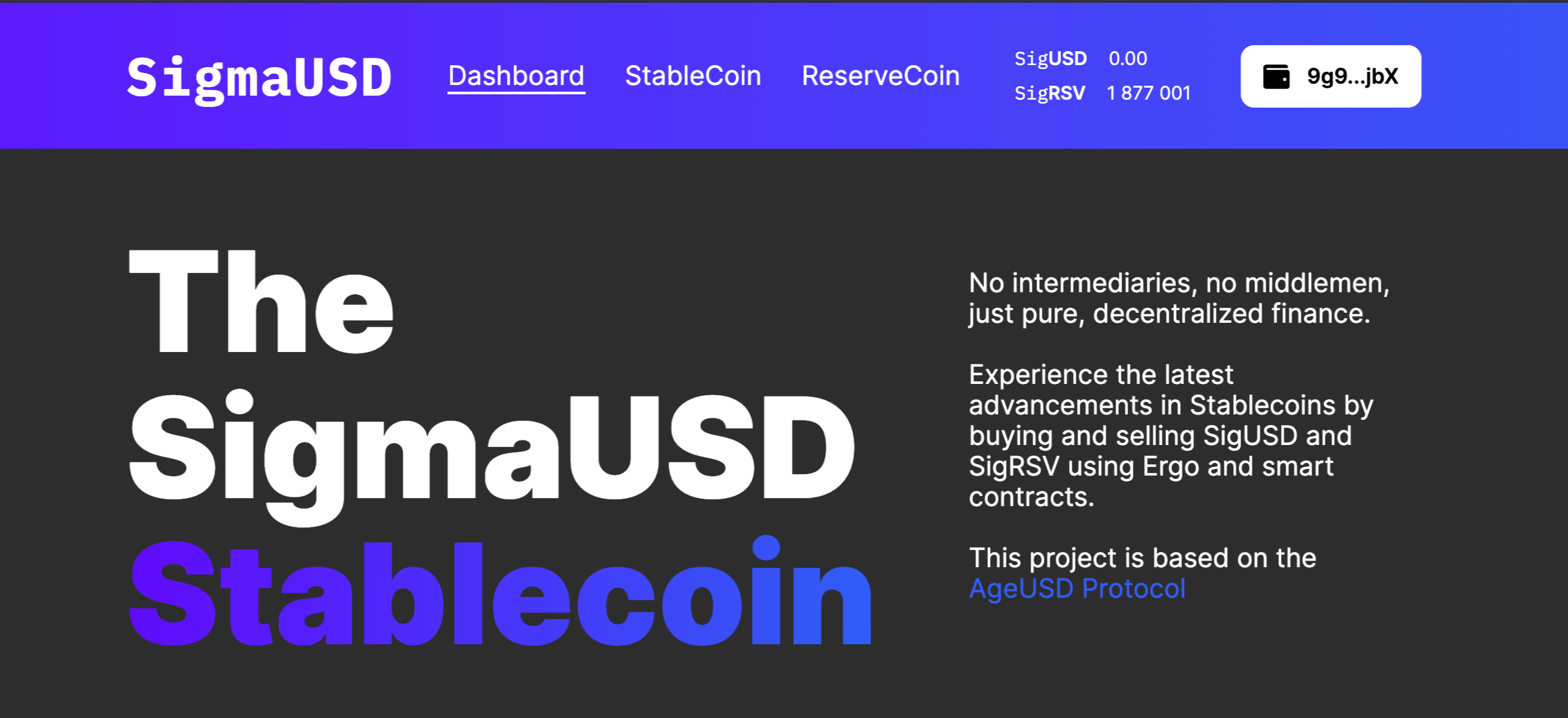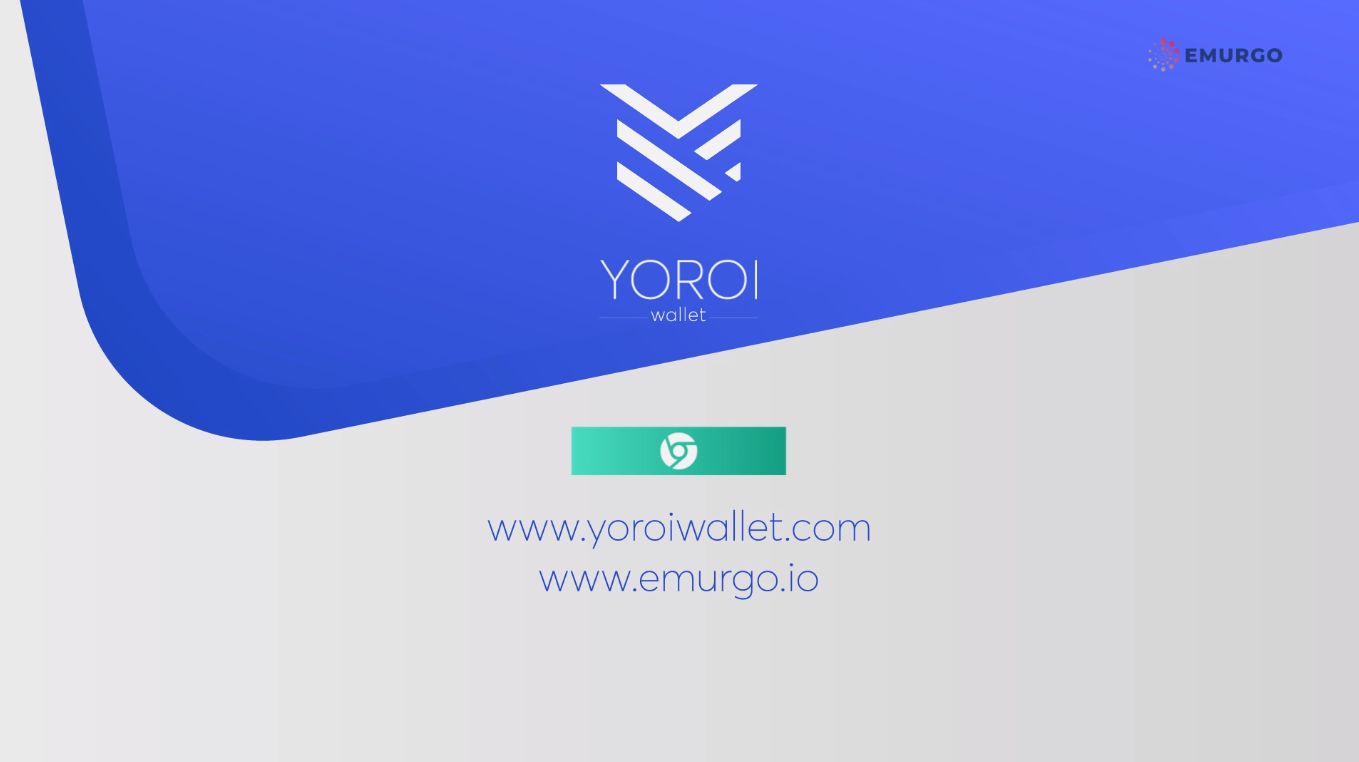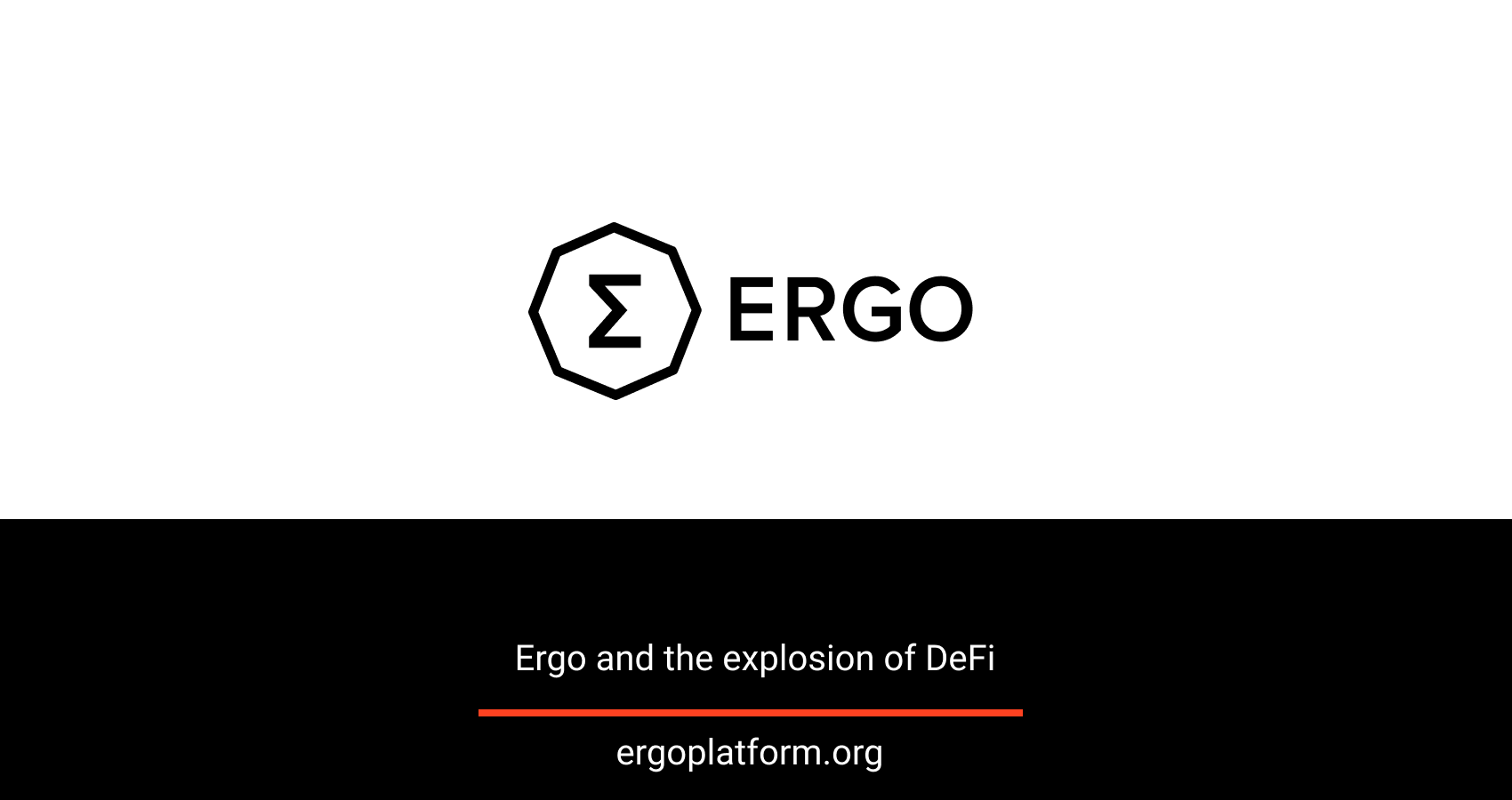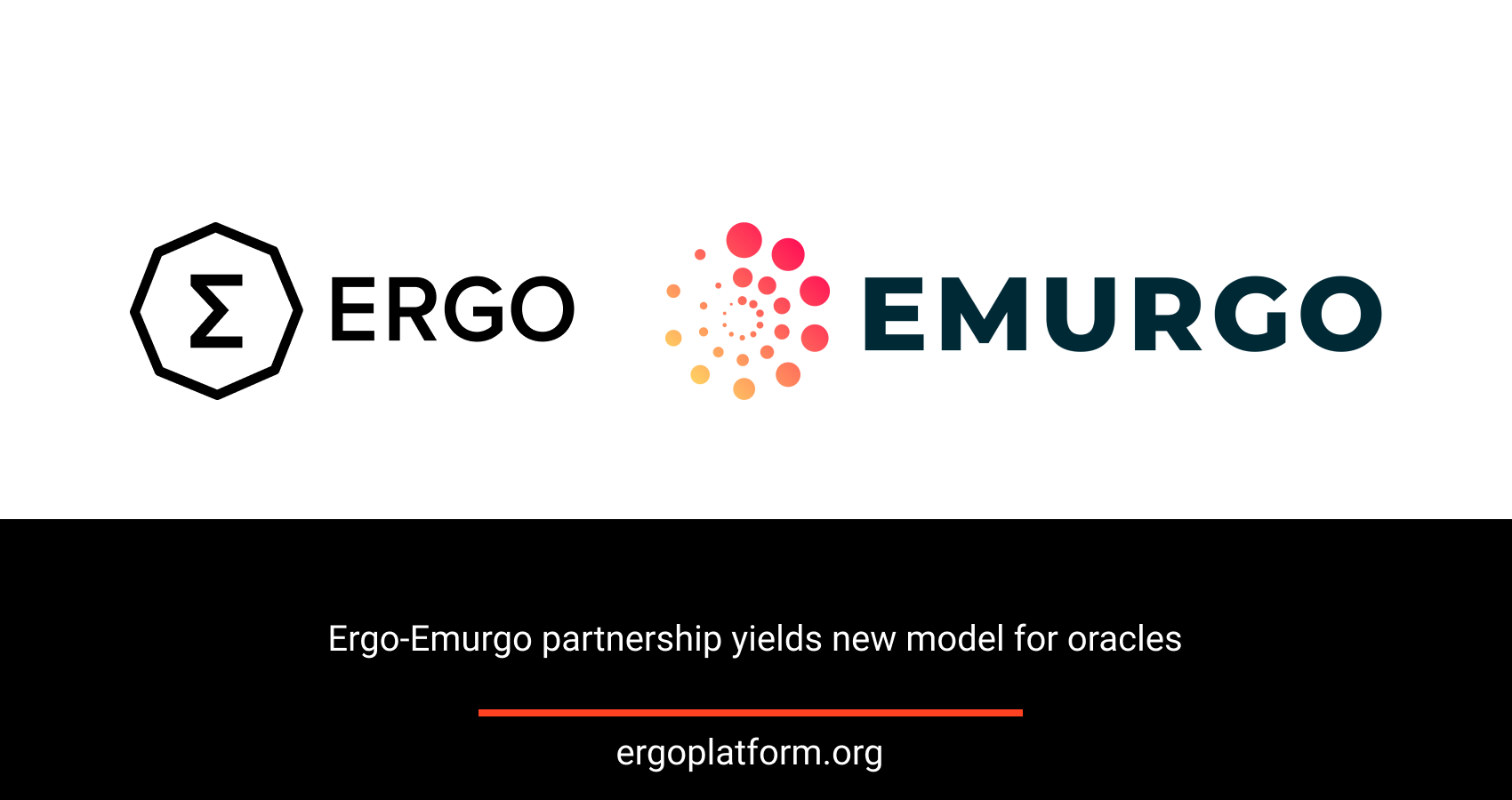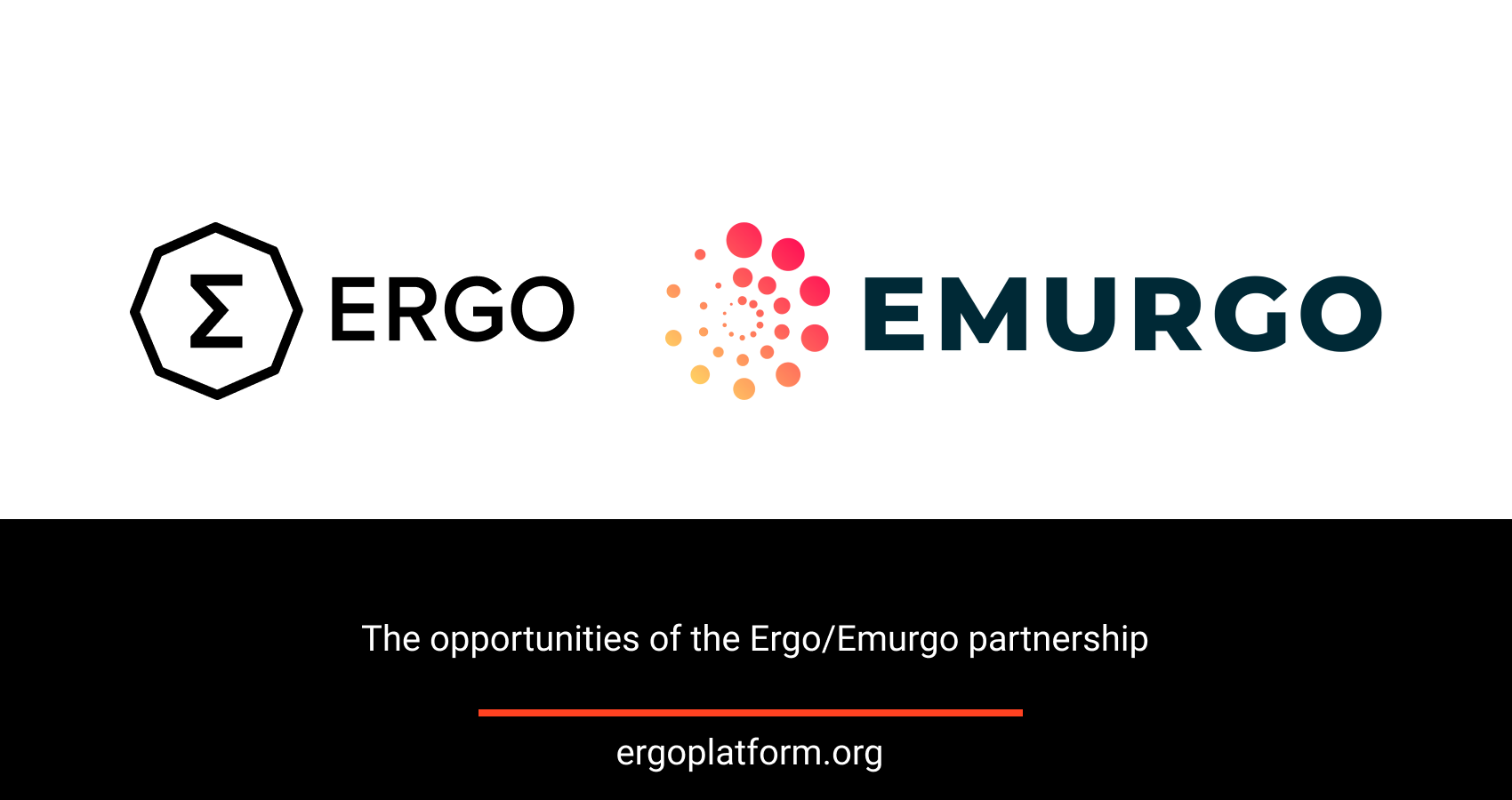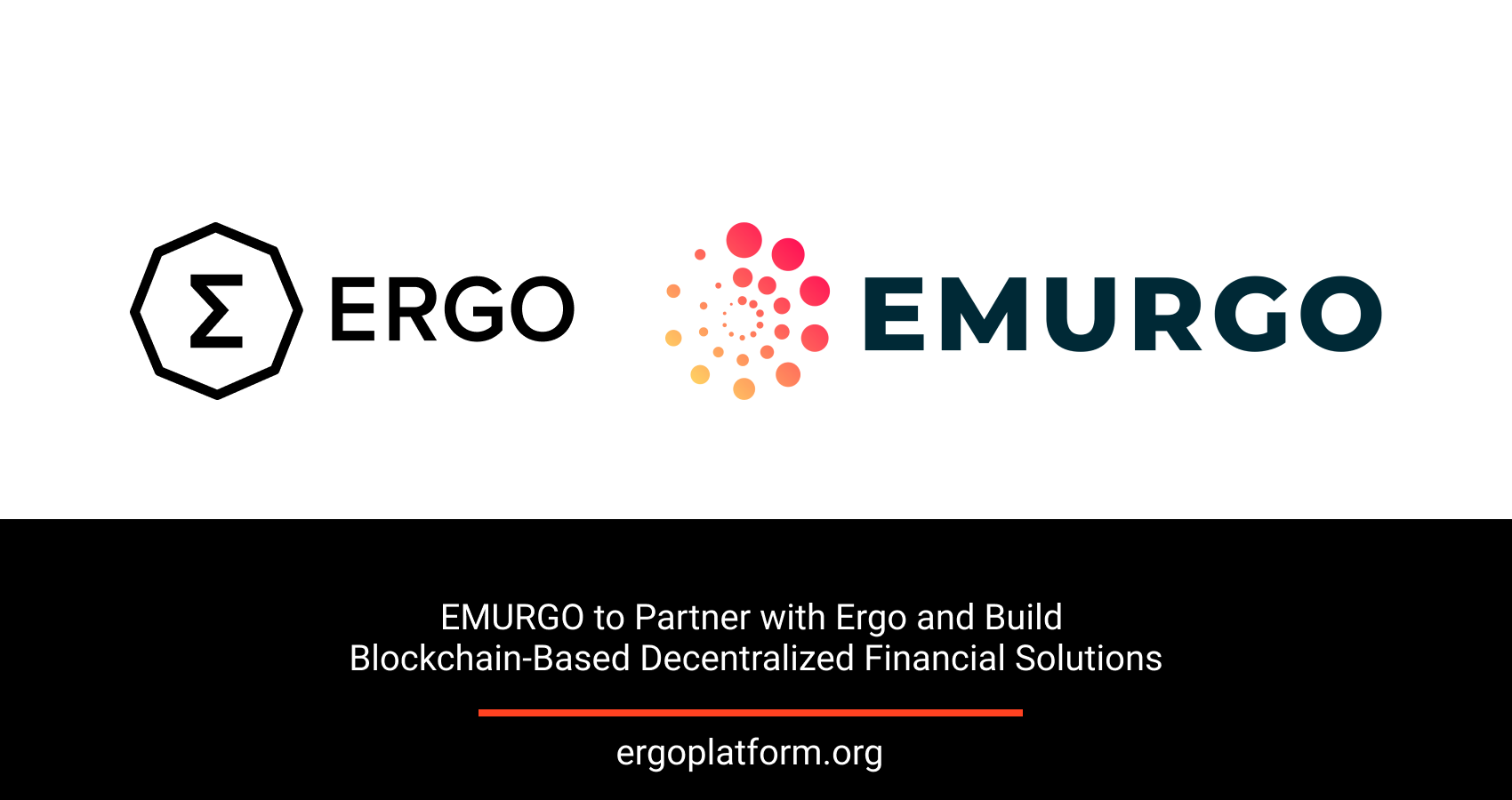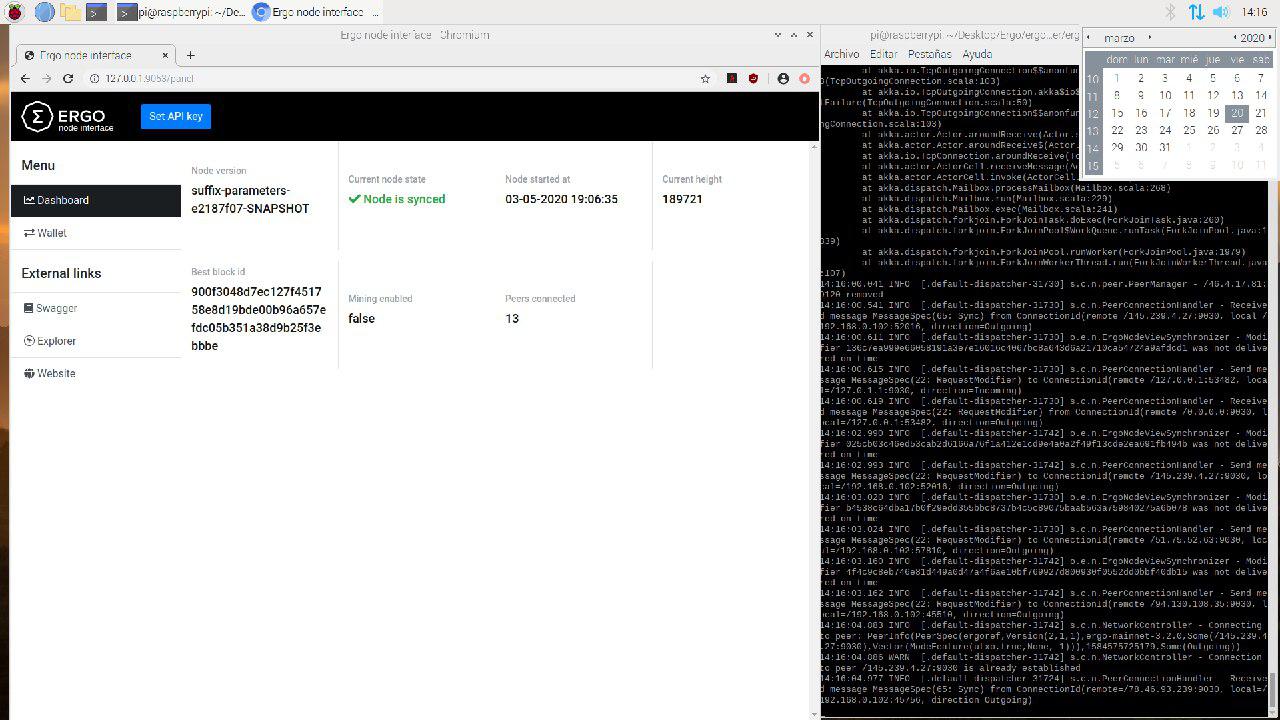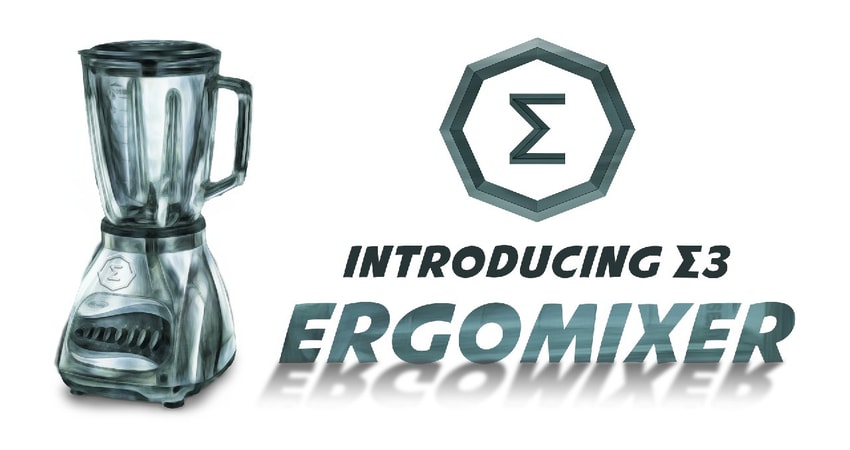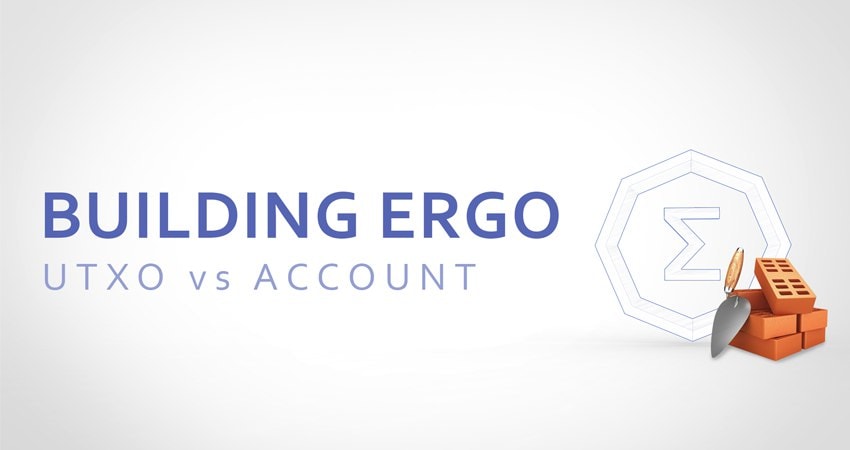The challenge for Ergo and all DeFi platforms over the next year is to work towards the complete set of features that will enable DeFi to take on the conventional financial sector: decentralised atomic composability at scale with opt-in auditable privacy.
As 2020 draws to a close, it’s worth looking back at what has been a landmark year for crypto and DeFi.
Since the COVID-induced global market turbulence of March, we have seen crypto establish itself as an asset class as corporate investors began buying bitcoin as a store of value and a hedge against dollar devaluation in the wake of unprecedented money printing. The dam has been breached and this is only the start.
From June, the still-new DeFi movement gained momentum, with the amount of funds locked in DeFi protocols soaring 2,000% over the year as a whole. While TVL is still relatively limited compared to the size of the global financial sector, again the precedent has been set. DeFi isn’t going away, any more than crypto is.
But there are several key issues that need to be solved: the battleground areas for the coming year, if DeFi is going to succeed in taking a share of the conventional finance sector. Ergo is positioning in all of these critical areas, which are summarised below.
Decentralisation
It should go without saying that decentralisation is the hallmark of decentralised finance, but 2020 has proven otherwise. Too many initiatives have shown themselves to be centralised in one way or another.
Decentralisation is not a binary matter (i.e. a project is either centralised or decentralised). It is not even a spectrum. It’s more like a series of domains, with a different spectrum for each. For example, every project lies somewhere on a continuum between centralised and decentralised in the following ways and more:
- Infrastructure. How decentralised is the underlying blockchain? How many nodes are there, and how is hashrate distributed?
- Development. Does the survival of the platform rest on a small number of developers, or is it more of a community initiative?
- Holders. Do a few people own a large proportion of tokens?
- How many exchanges does the token trade on?
- Are there smart contract risks or potential single points of failure?
- For individual dApps, do developers hold any critical private keys?
Problems relating to all of these have been seen in the crypto world. Security for DeFi is only possible when all of these issues, and other other sources of centralisation, are eliminated. The challenge for DeFi is to ensure it is moving in the right direction. Ergo is actively working to address issues of centralisation in all of these areas.
Atomic composability, at scale
A second significant hurdle to overcome is scaling. Conventional blockchain platforms support limited transaction throughput. Many different scaling solutions exist and have been proposed, but they typically have one or other shortcoming associated with them. The so-called Scalability Trilemma states that it is difficult to scale a blockchain platform while maintaining decentralisation and security. Solutions including larger blocks, a smaller number of validators, and sharding have all been suggested or are being implemented.
There is another issue to factor in: composability. DeFi is so powerful because open-source dApps can be reused, modified and plugged into existing dApps to access existing functionality and network effect – adding value to the ecosystem as a whole. Certain applications, including those that use flash loans or involve instant arbitrage, require atomic composability: the property whereby all relevant transactions are executed successfully, or else none are. Certain scaling solutions – including some forms of sharding and L2 platforms – can introduce friction and complexity, meaning that atomic composability does not work reliably or at all.
The challenge for blockchain is not just to scale, but to maintain atomic composability at scale. Ergo is not currently seeking to scale by implementing untested technologies for now. Instead, it aims to use the ‘headroom’ that is still available for conventional blockchain platforms by using resources more intelligently. Solutions include NiPoPoWs and storage rent, as well as featuring an open governance process that avoids the need for contentious hardforks to upgrade the network.
Auditable, compliant privacy
Finally, the privacy wars have stepped up as regulators realise crypto’s scope for illegal transactions. France has recently sought to ban the use of privacy coins like Monero, and authorities in the US have stated their aim of de-anonymising transactions in such networks.
At the same time, there is a huge need for privacy within businesses, not least to help prevent industrial espionage, as well as a reasonable expectation of financial privacy on the part of everyday users. Selective or opt-in privacy, as well as bespoke conditions for who is allowed access to the transaction record, may well become an established feature of the space. This will enable users to maintain the privacy they need to, while revealing information where required. Ergo’s Sigma protocols are the ideal vehicle to implement the custom cryptographic signatures for this use case.
What is clear is that 2020 has been a Rubicon year for crypto. If there was any doubt that the sector was here to stay at the beginning of the year, it is gone by the end. 2021 looks set to be a very interesting year for crypto and DeFi as the themes we have seen over the past 12 months continue to play out.


